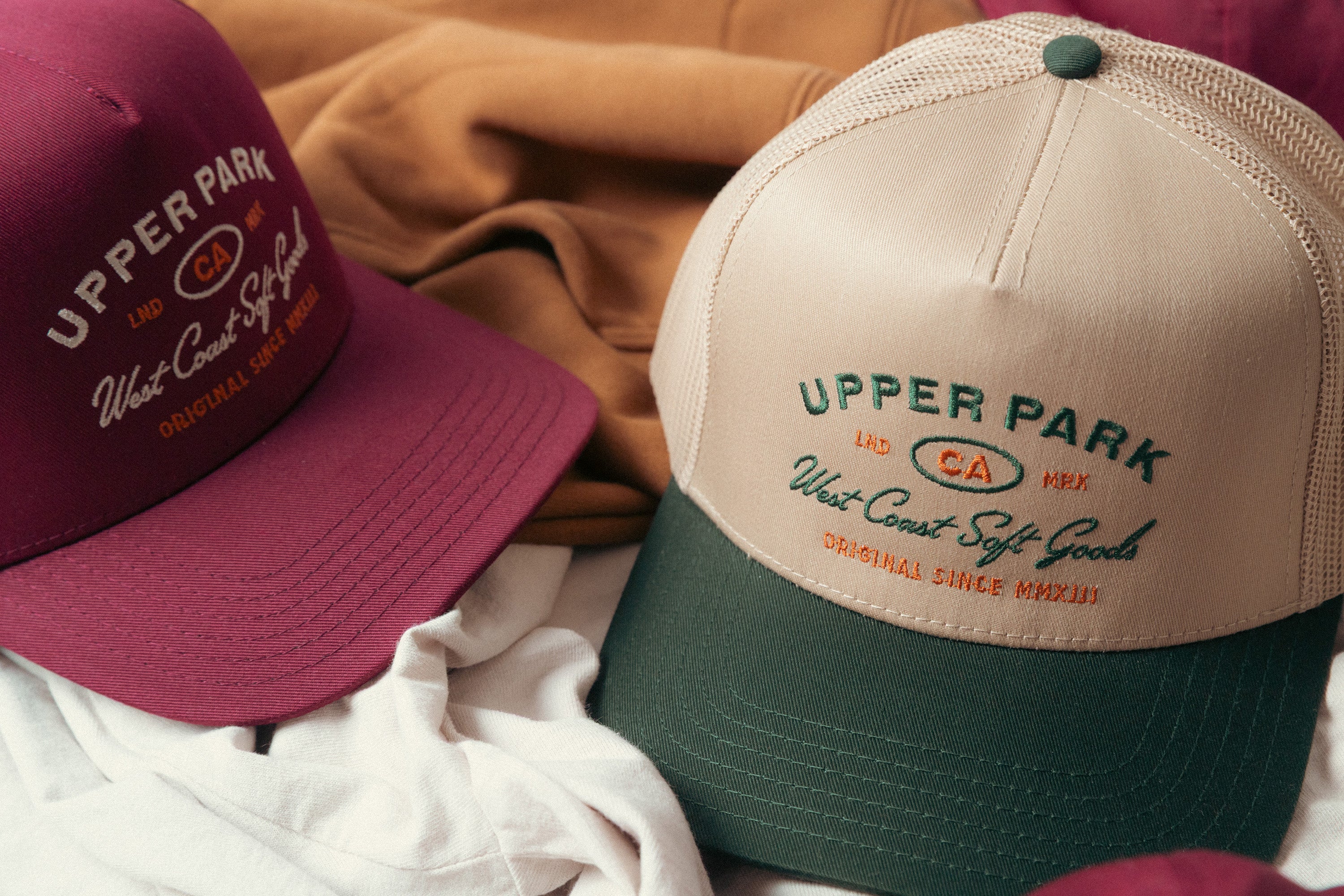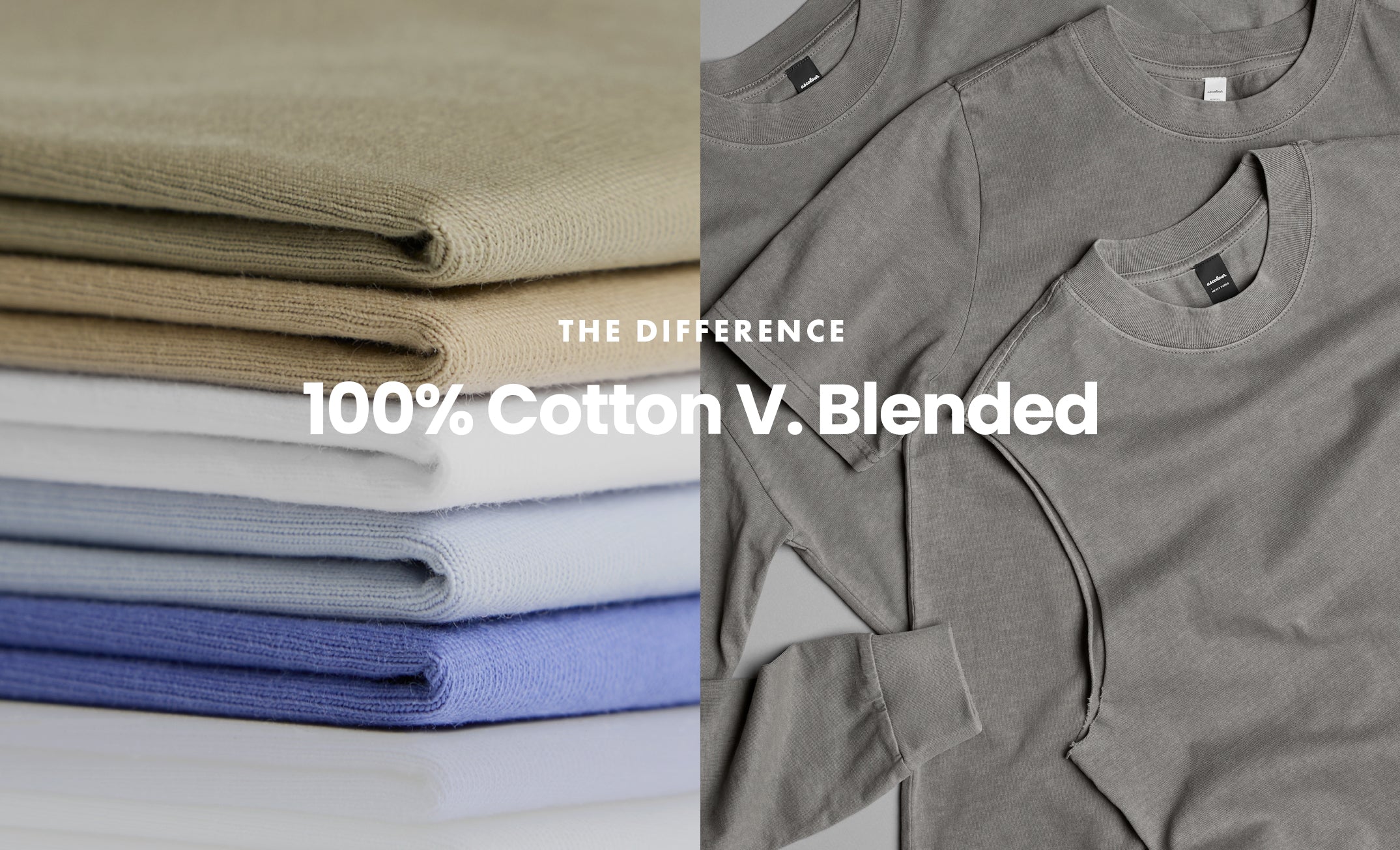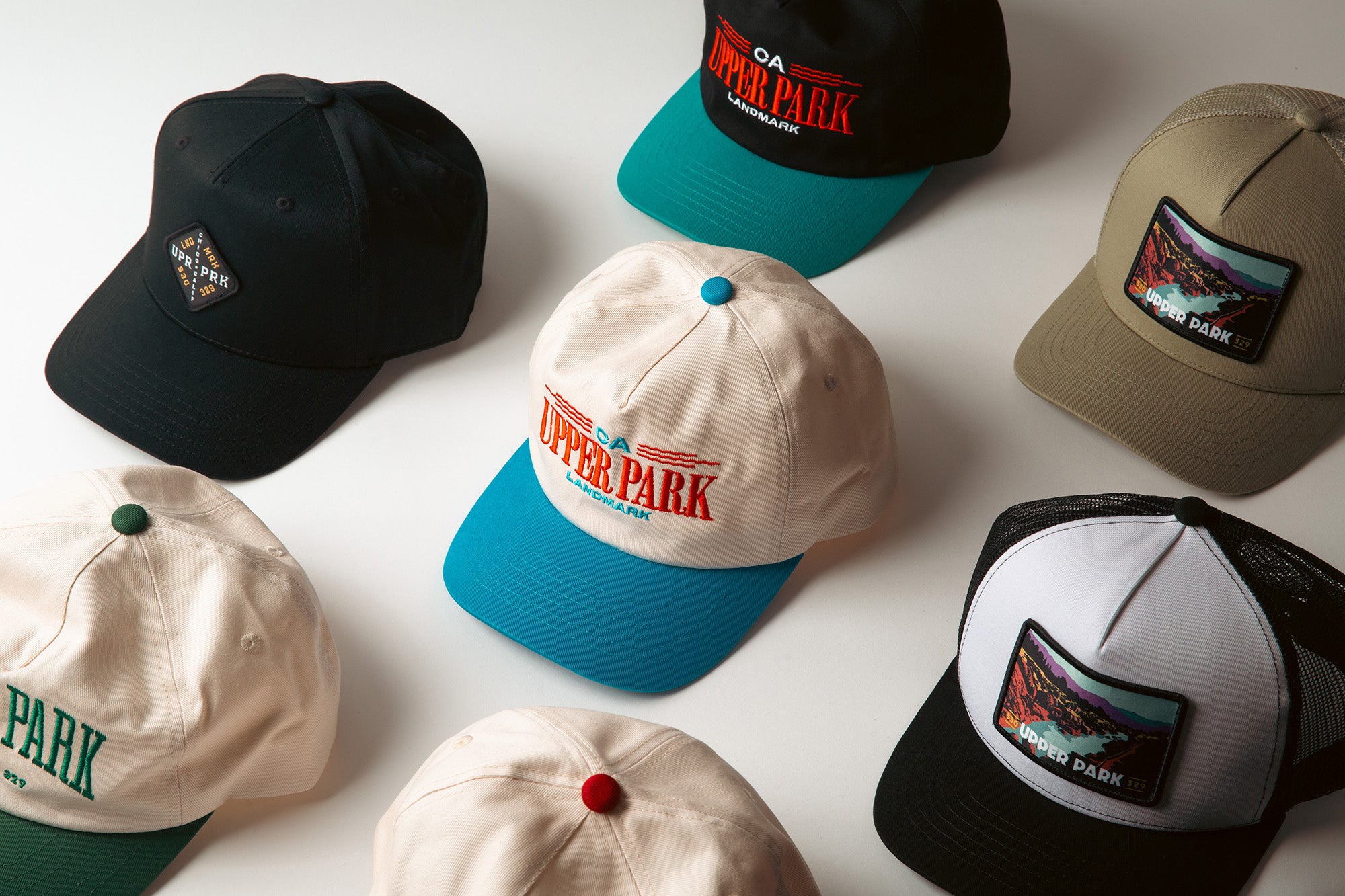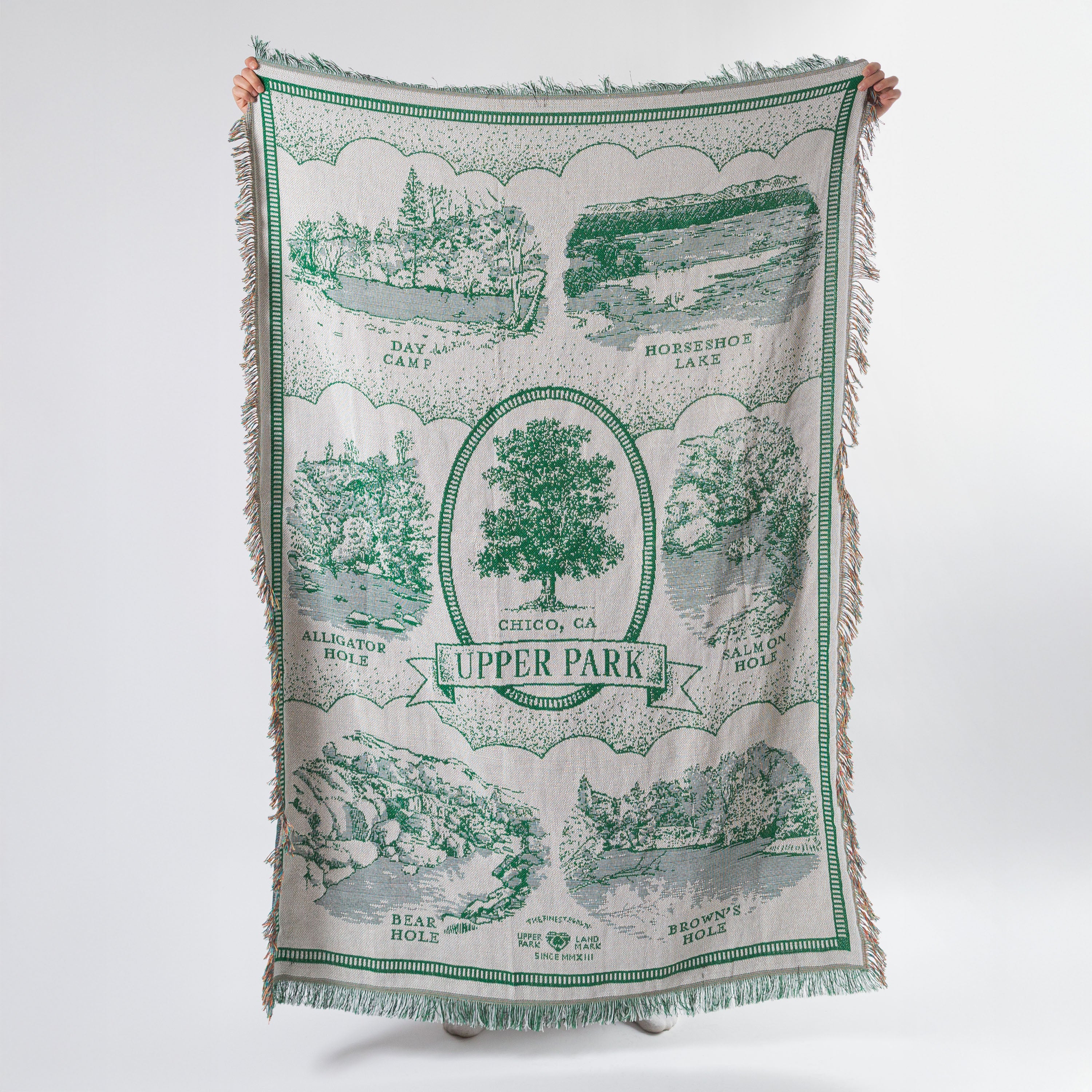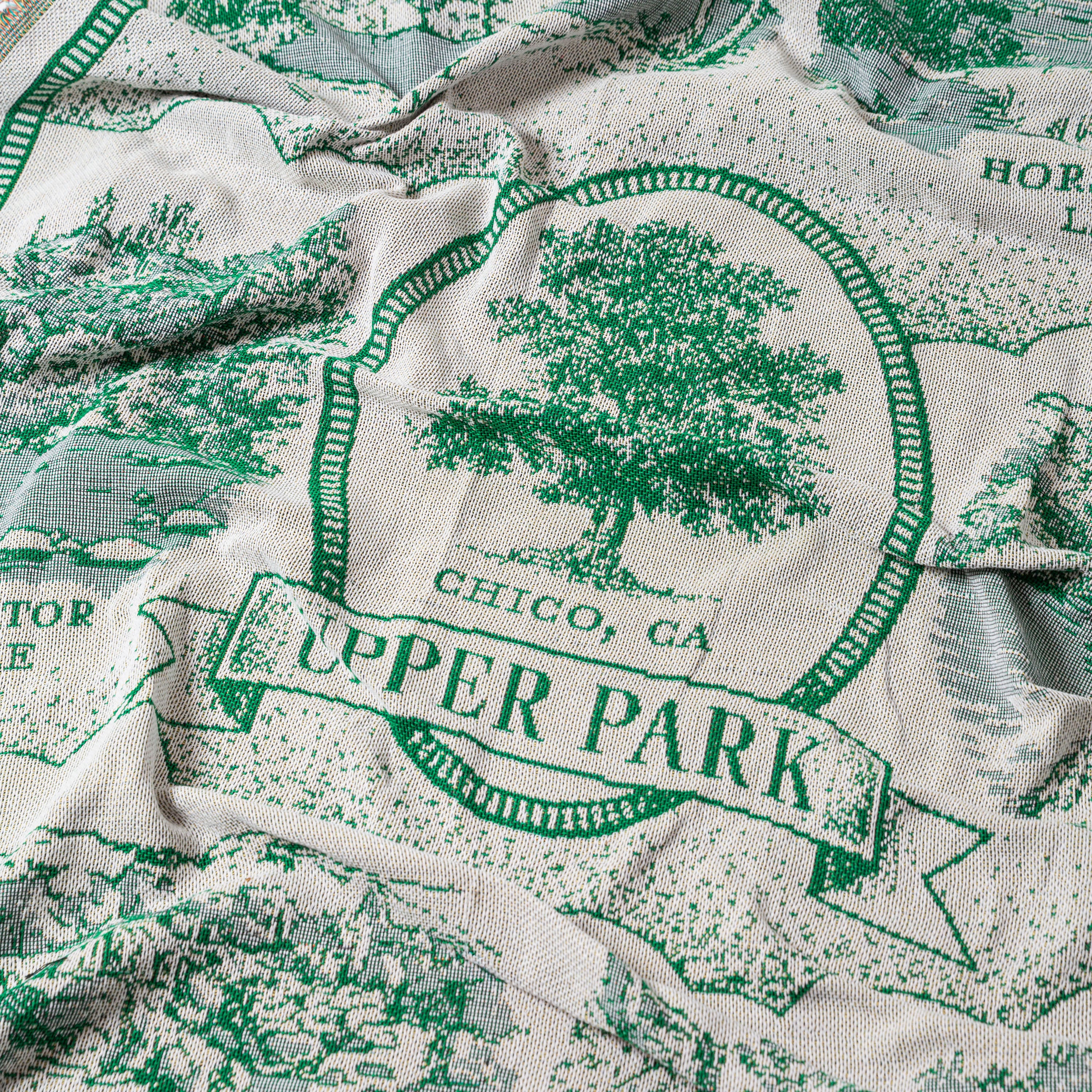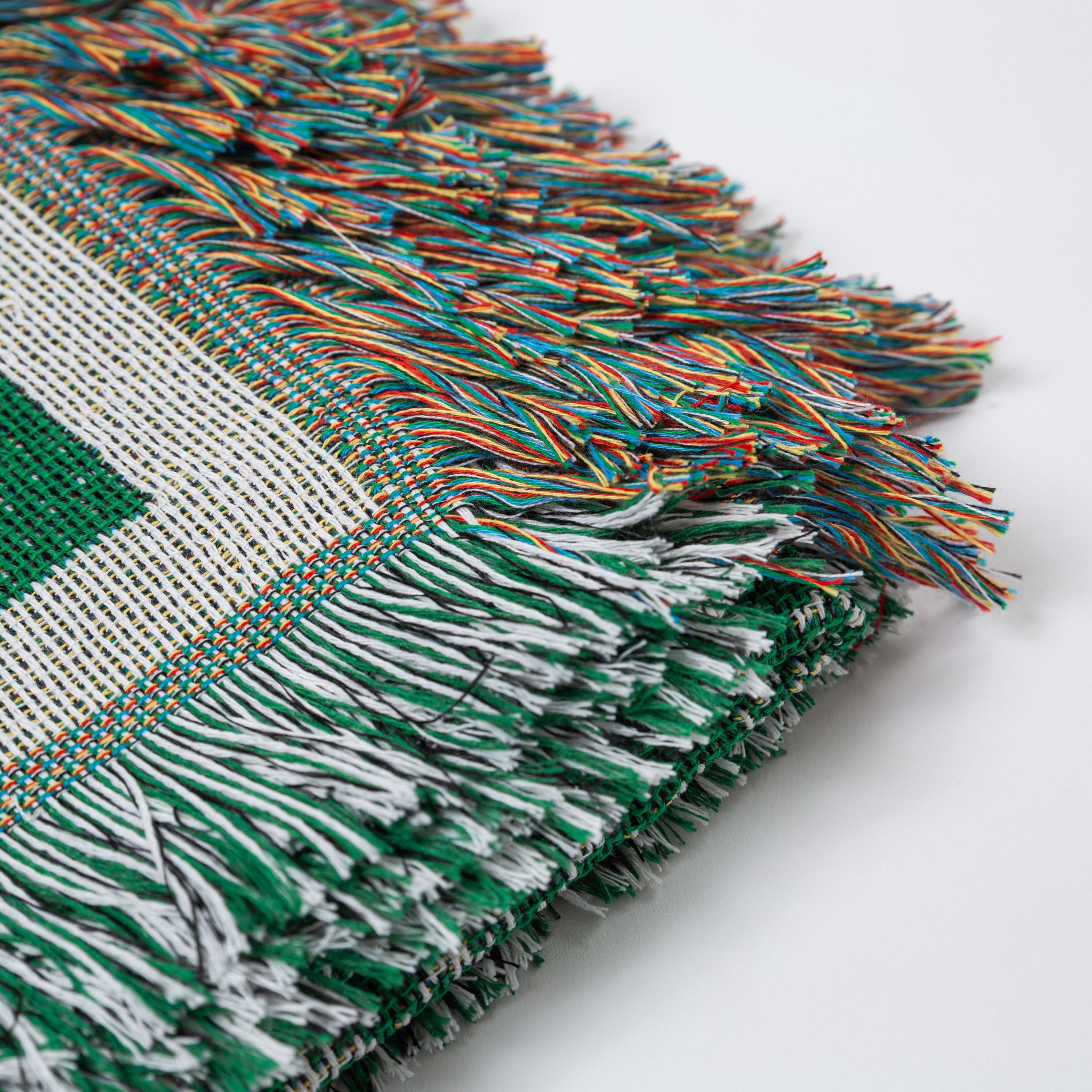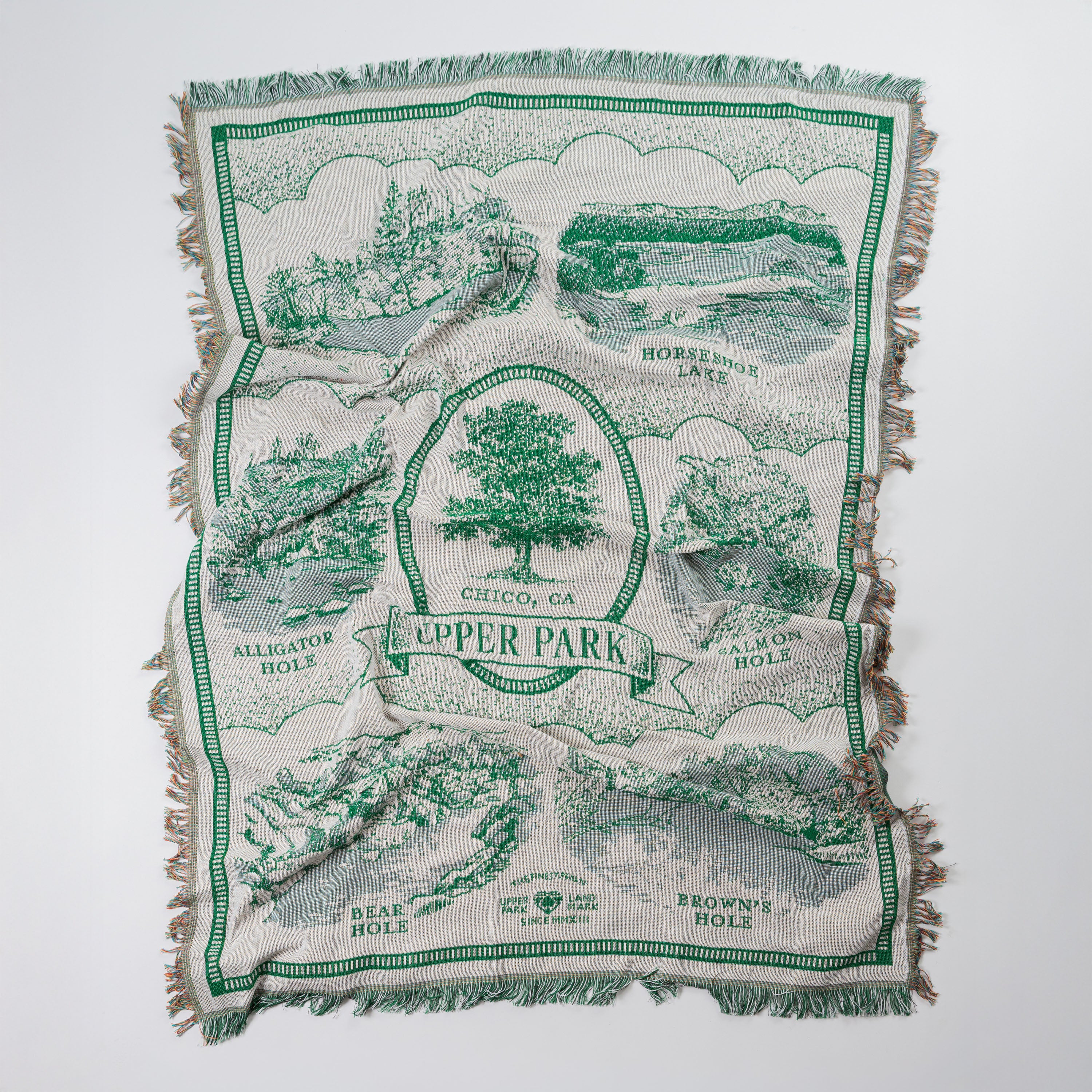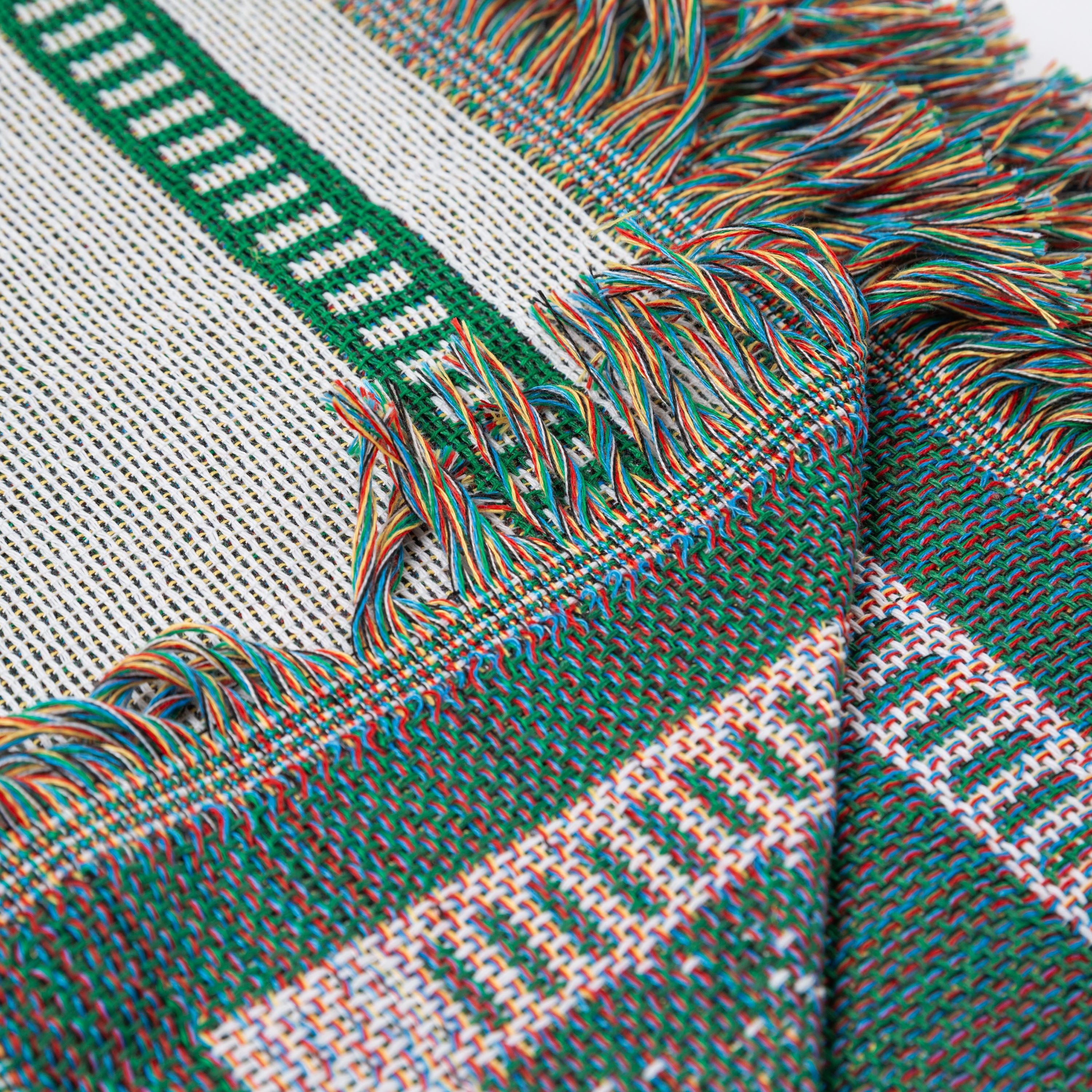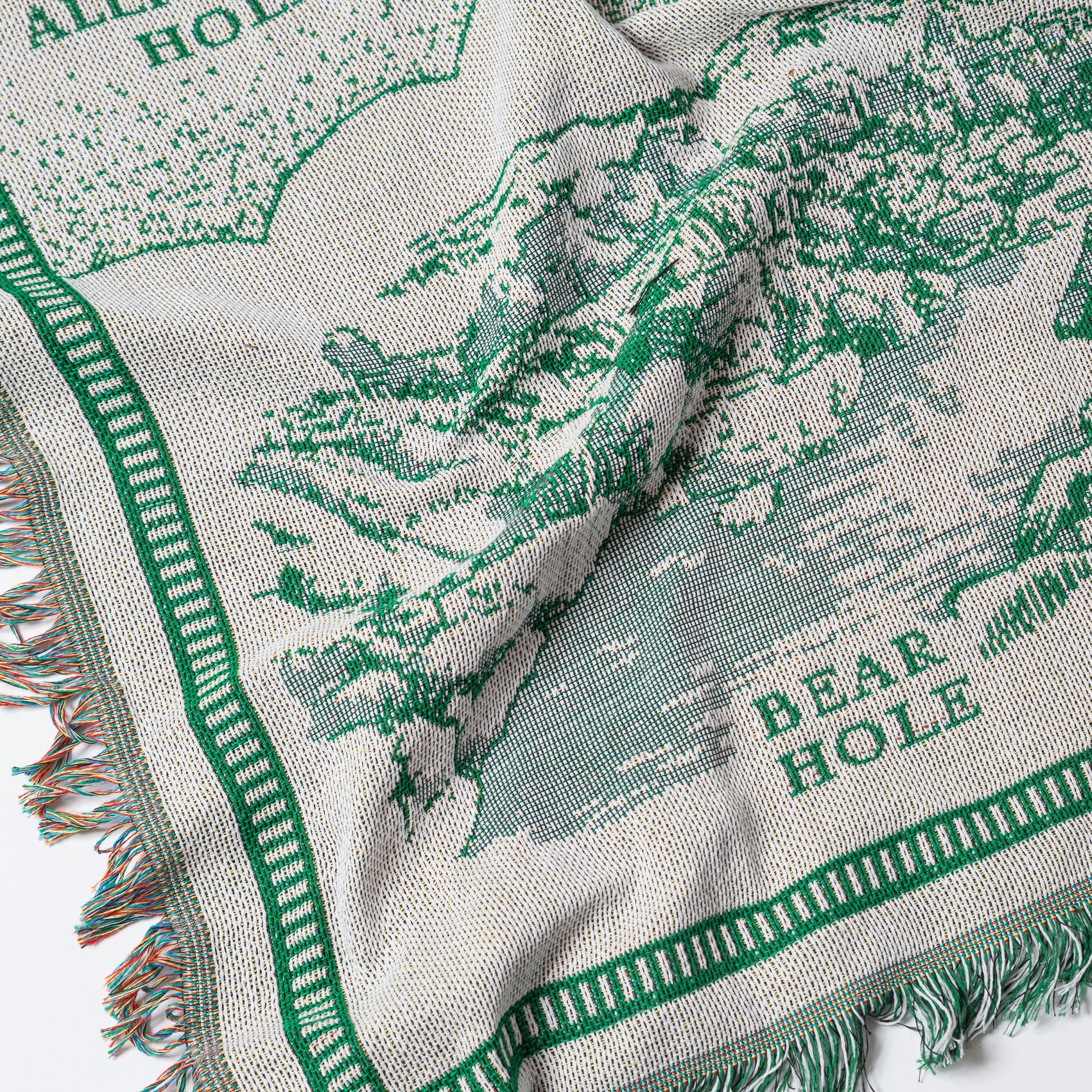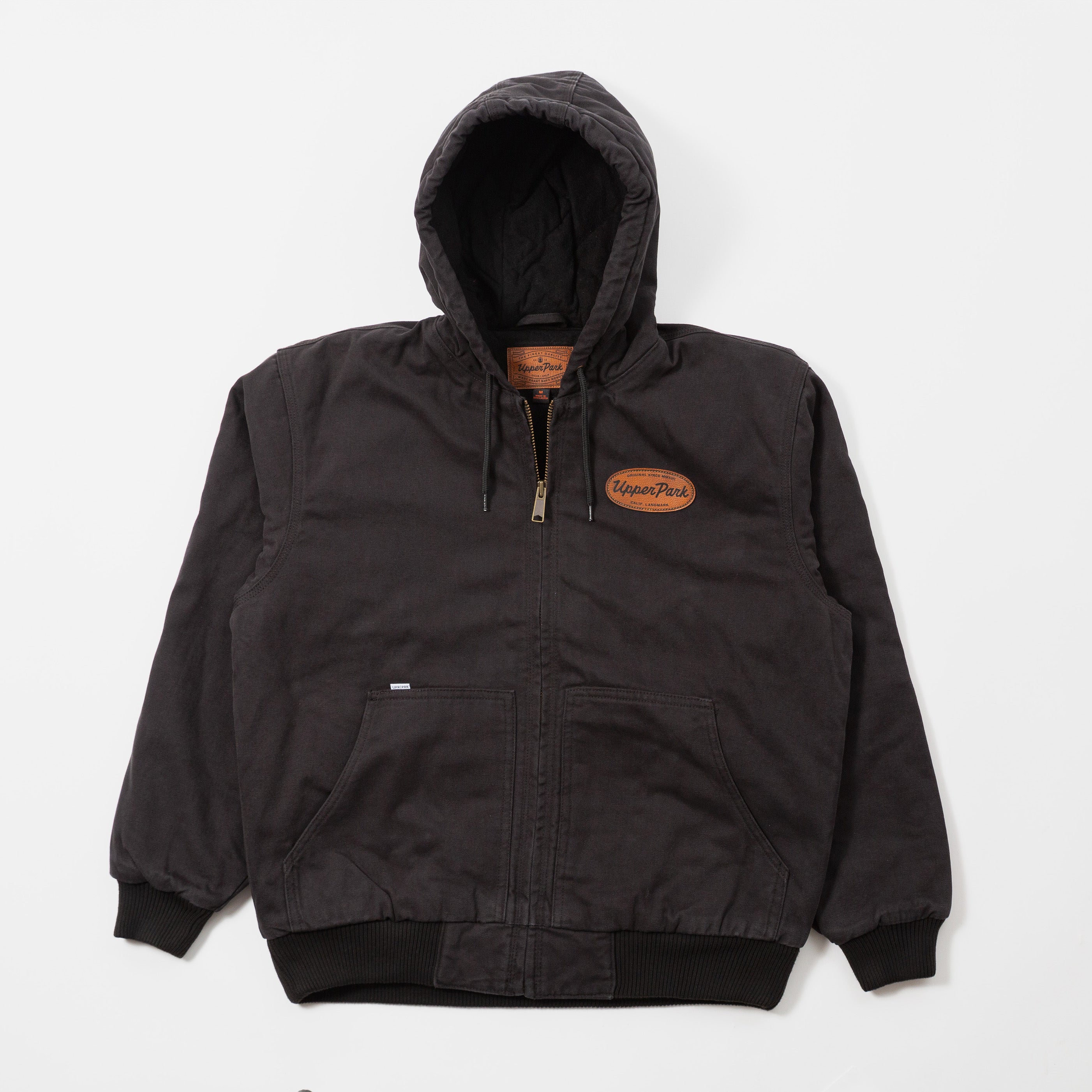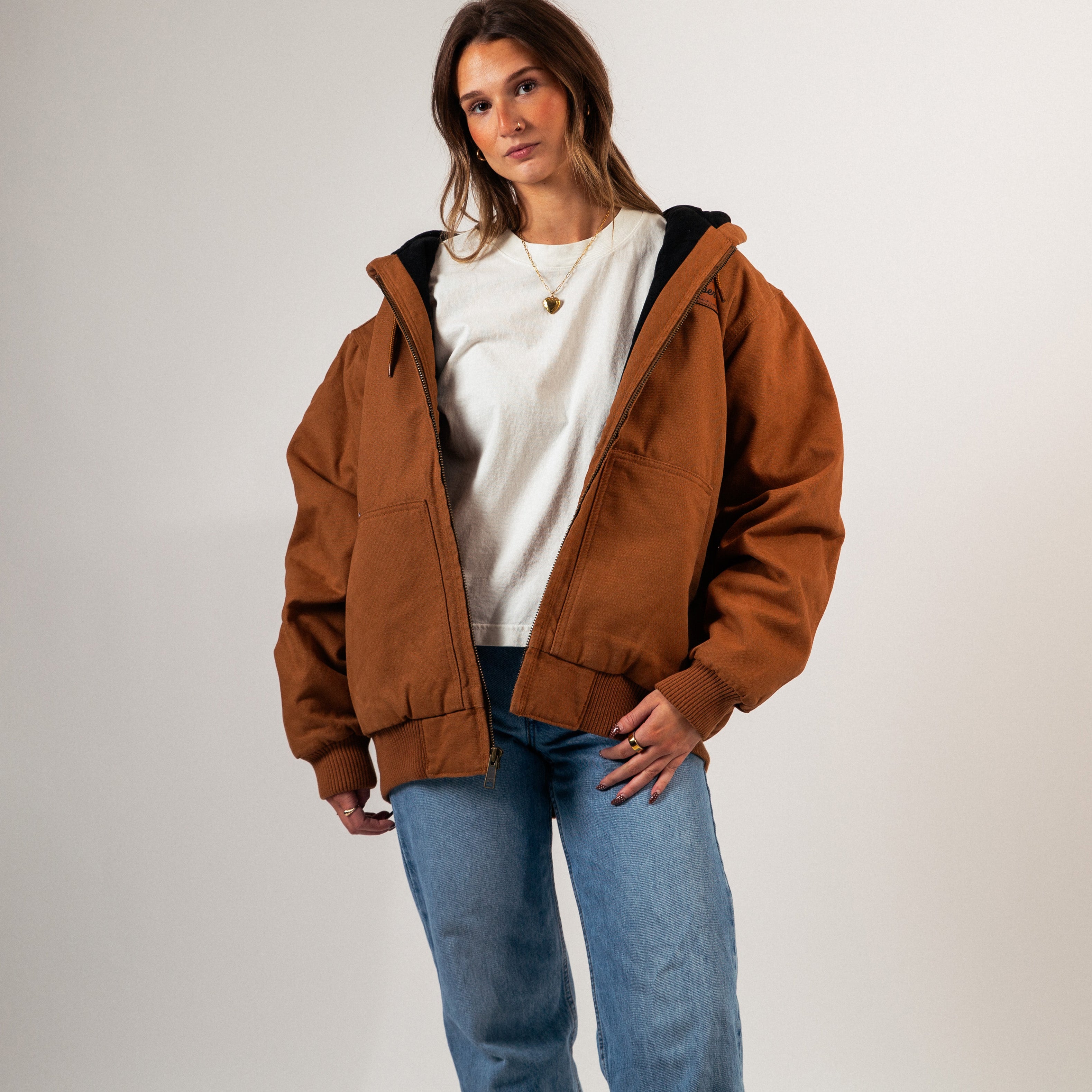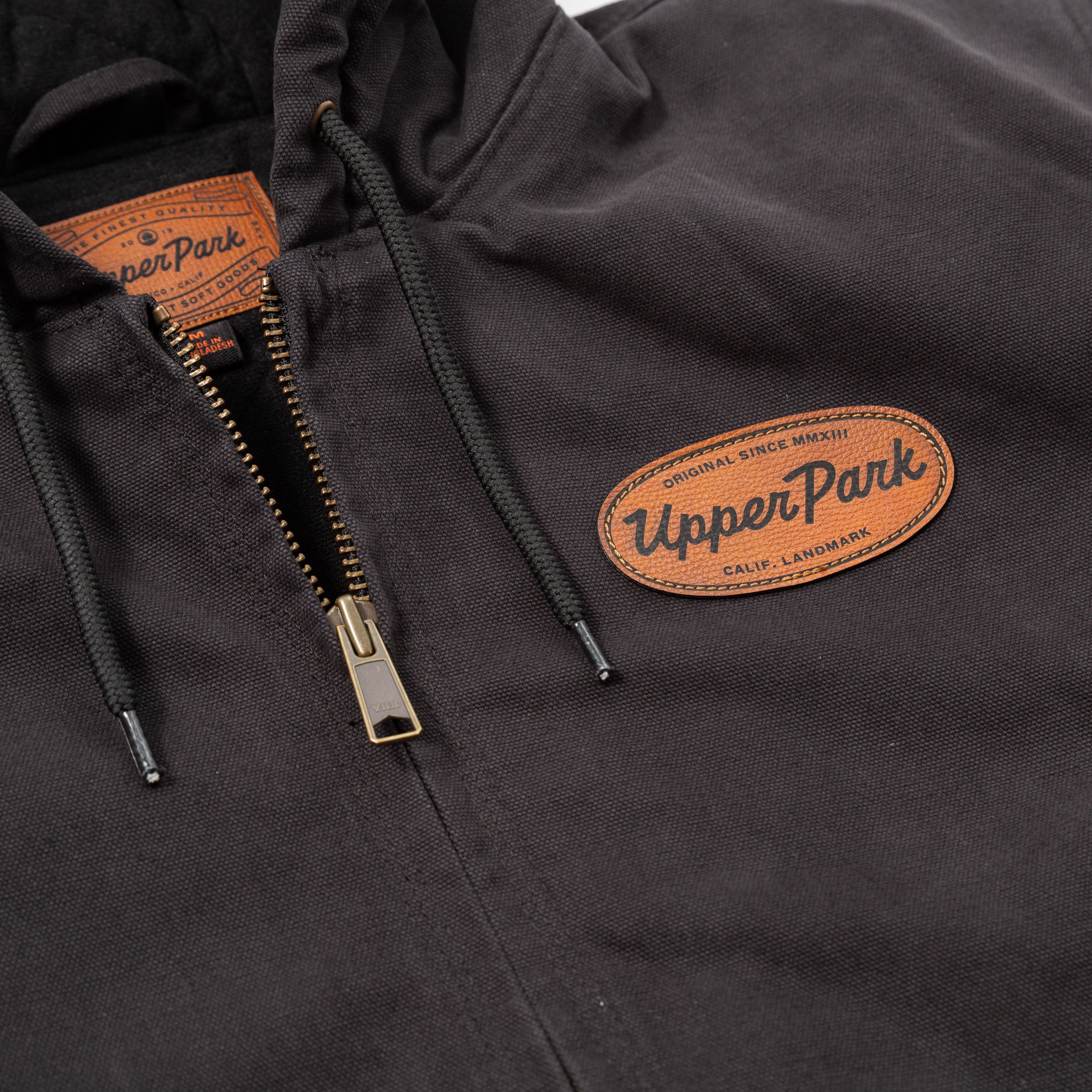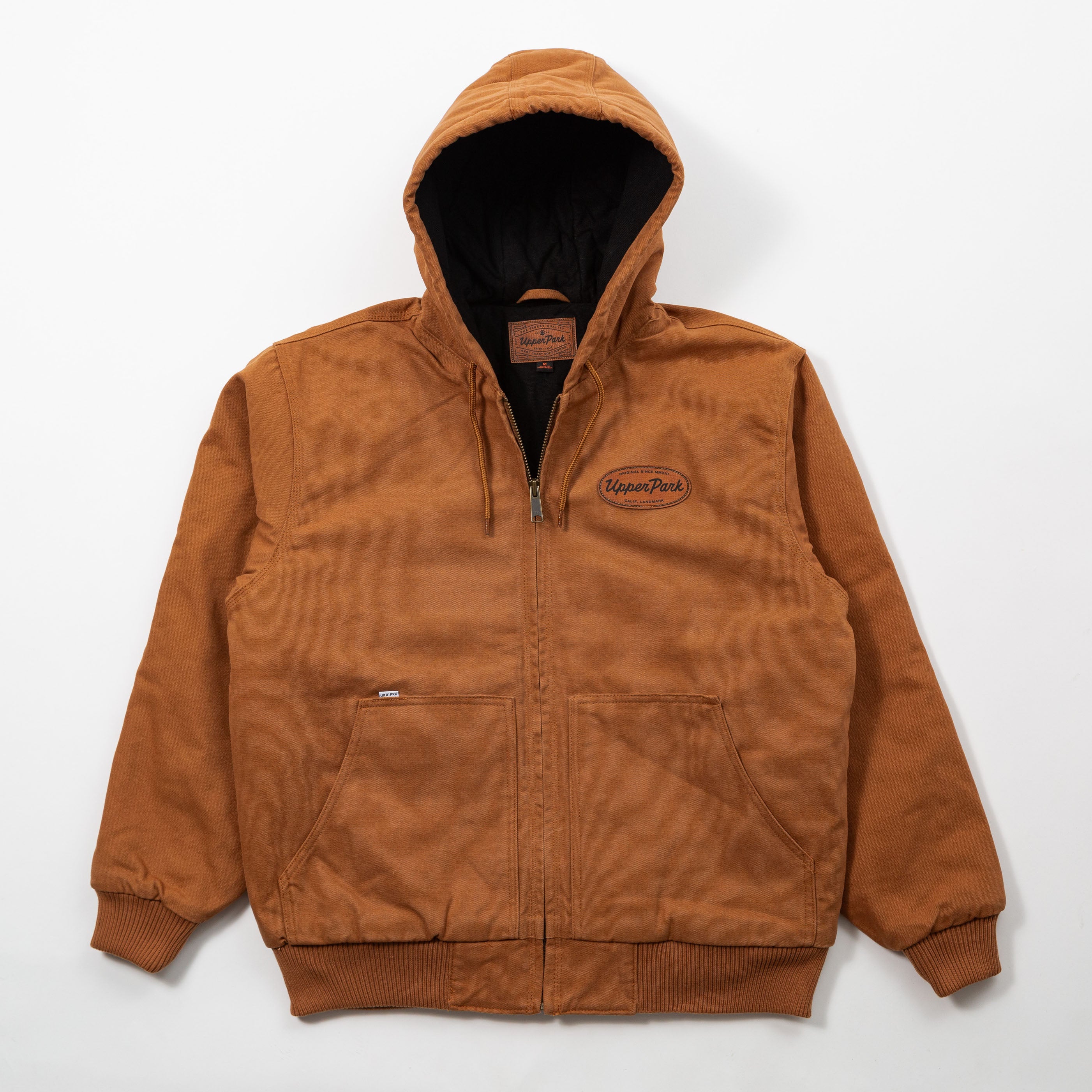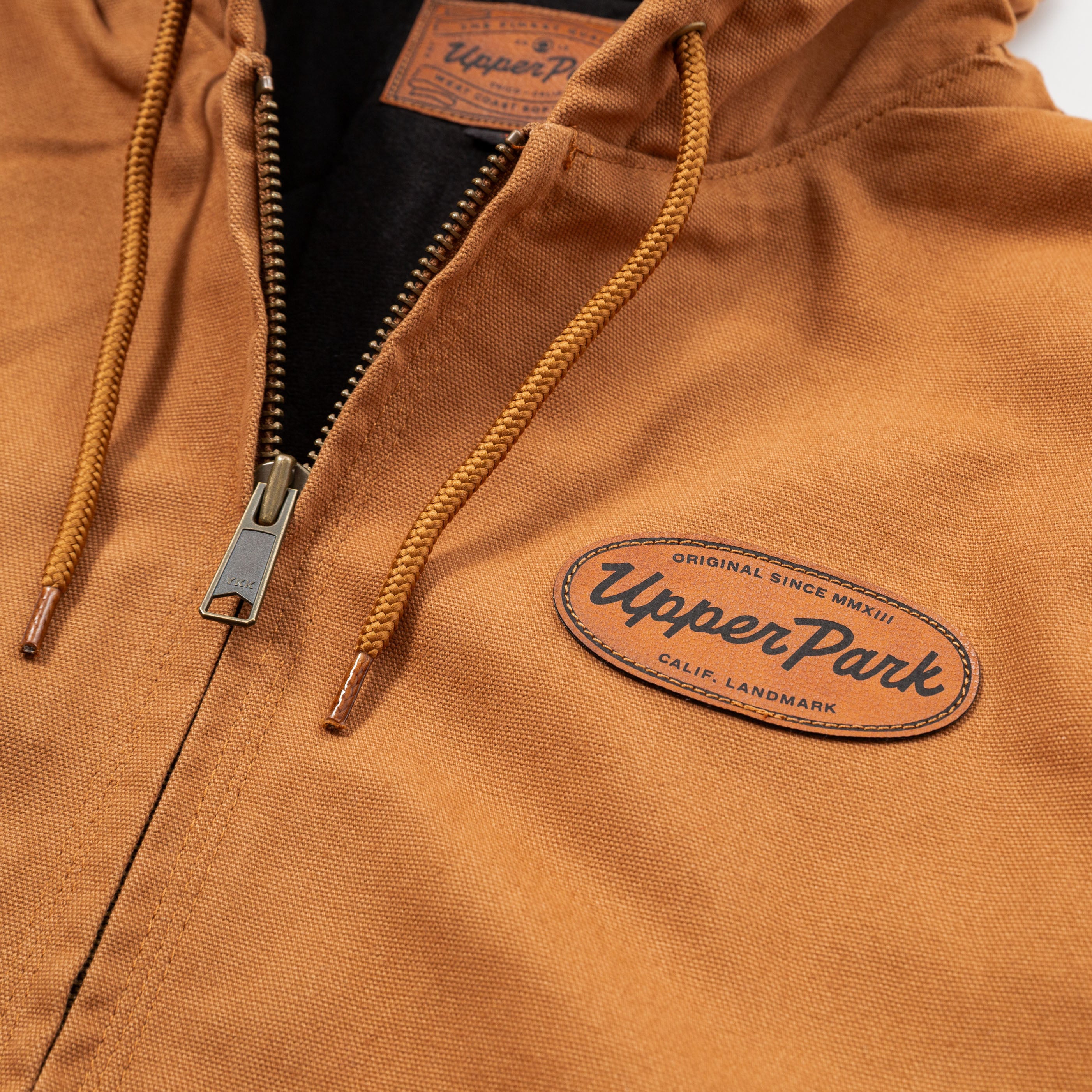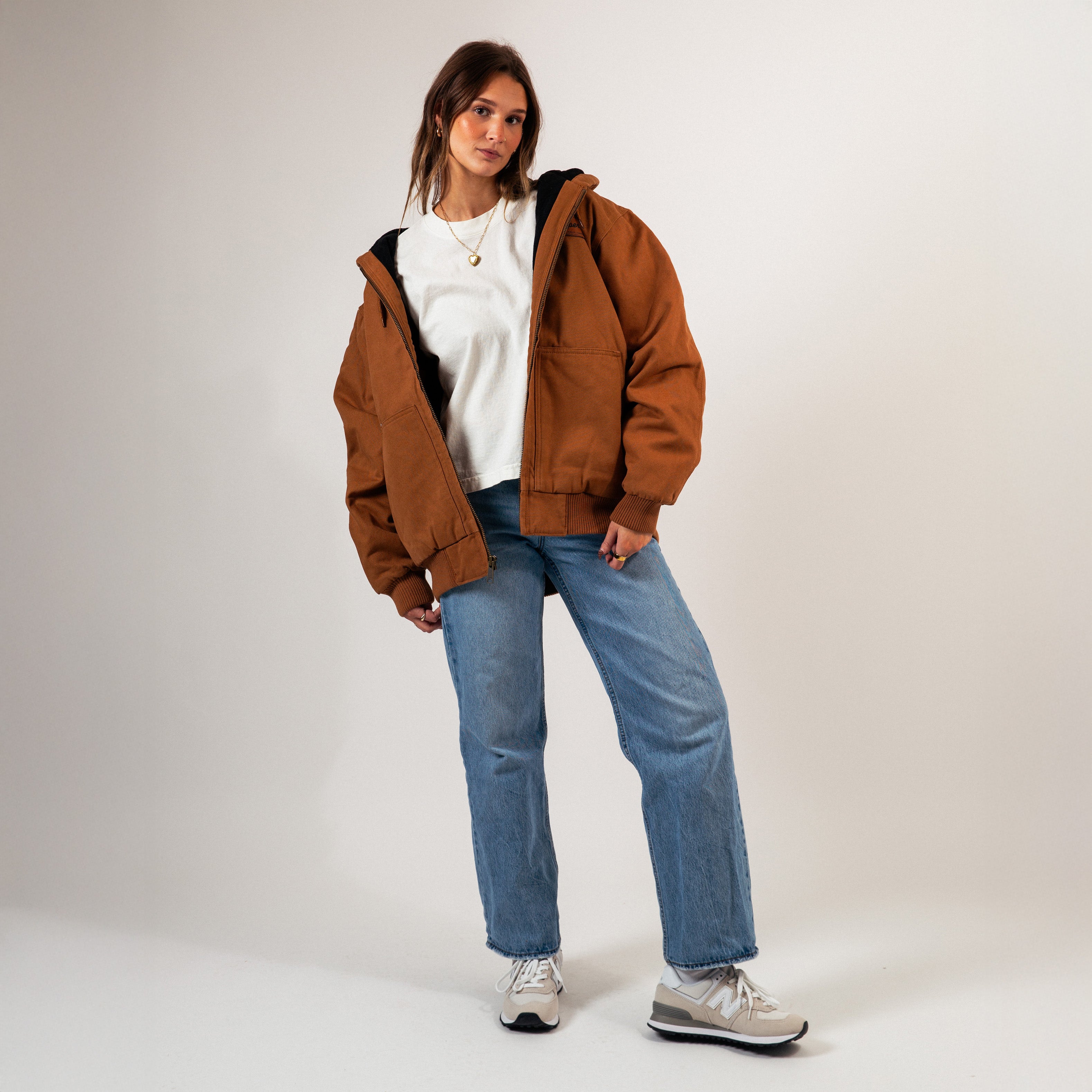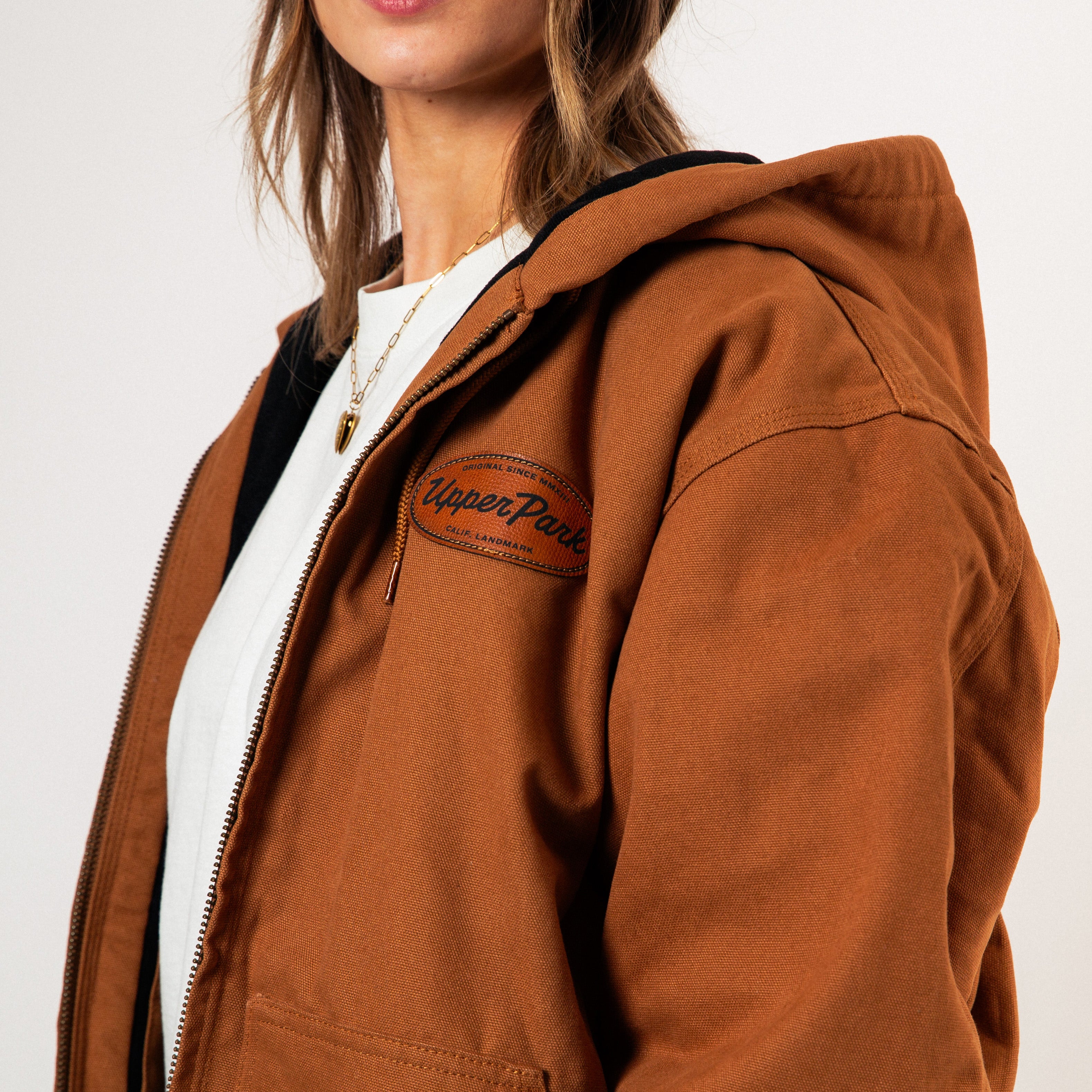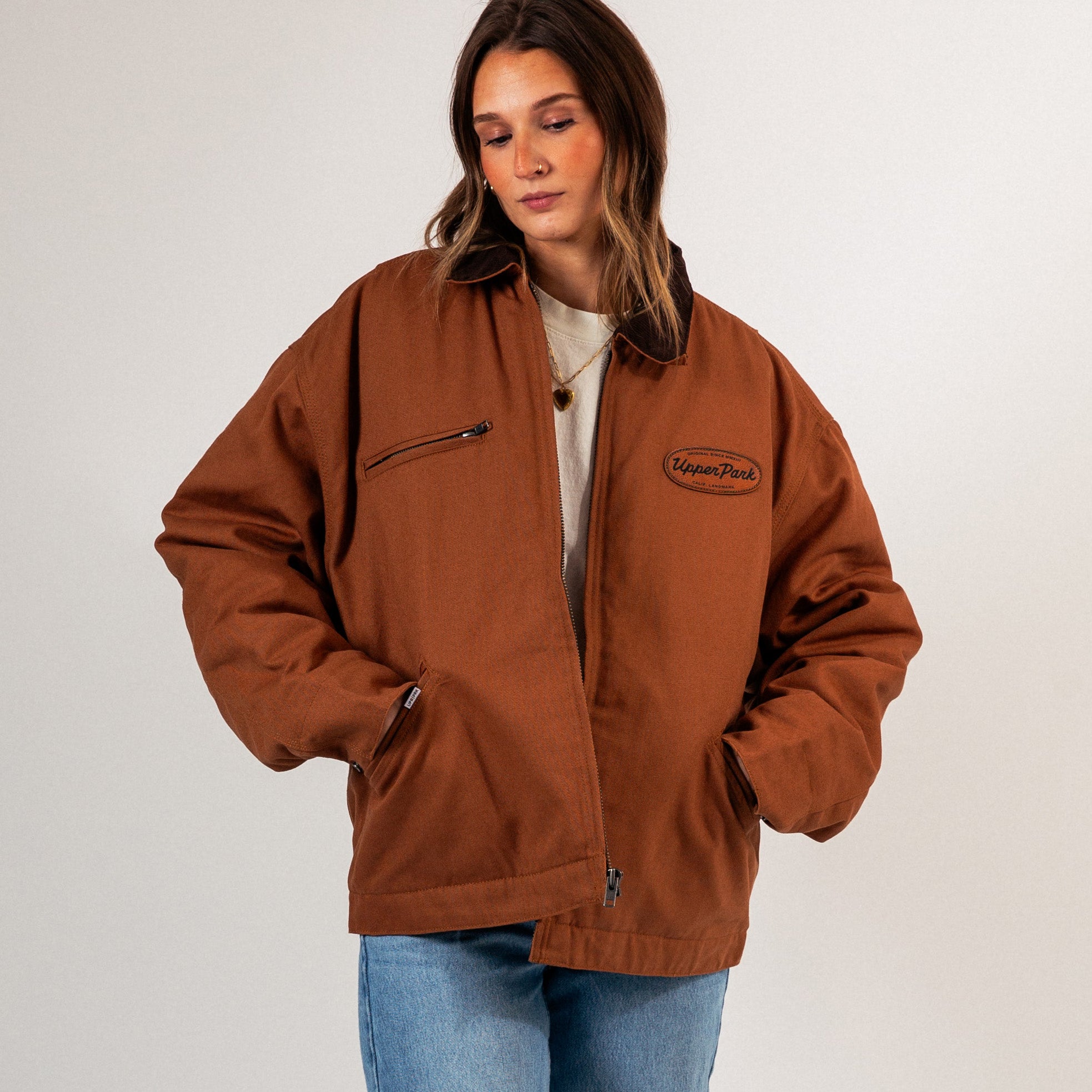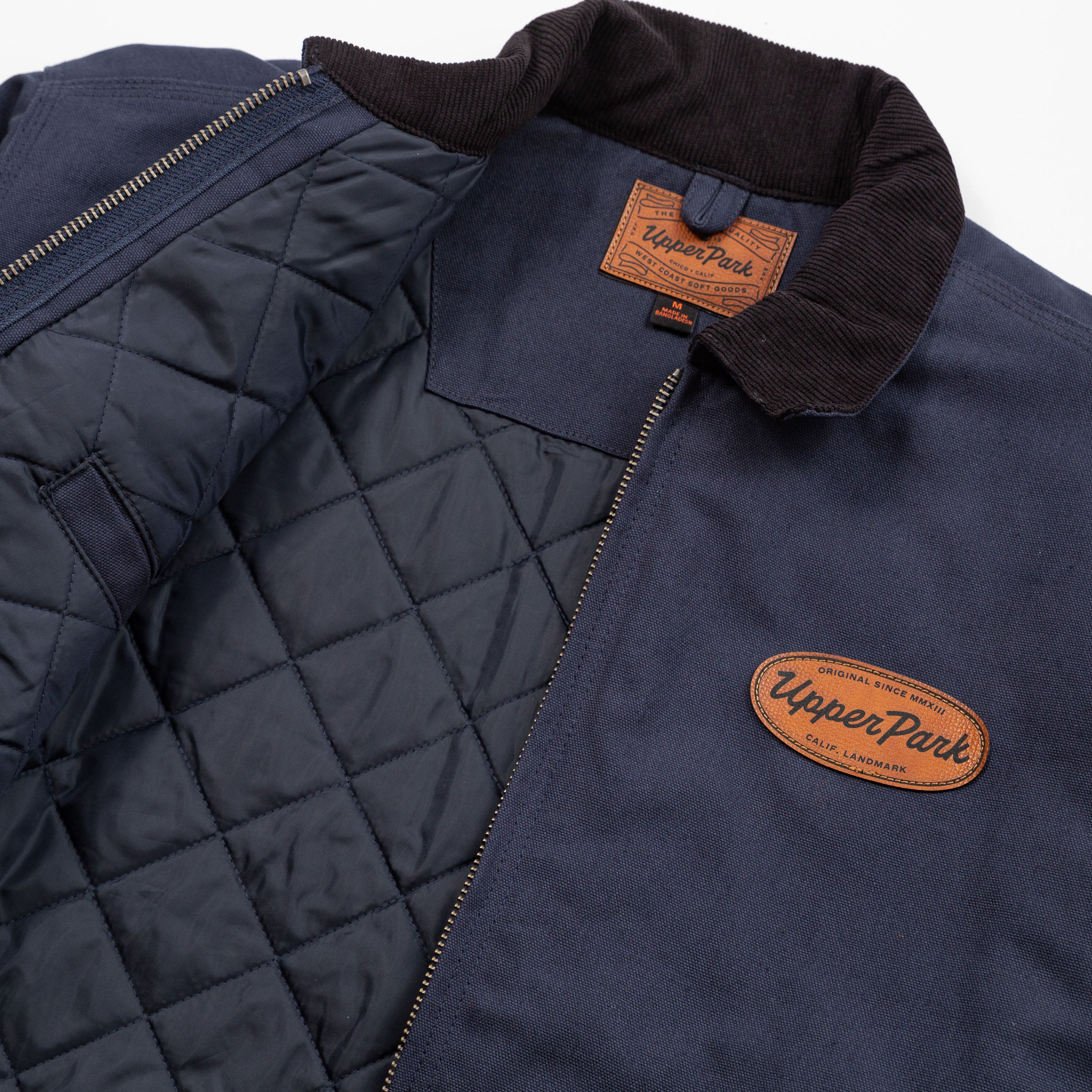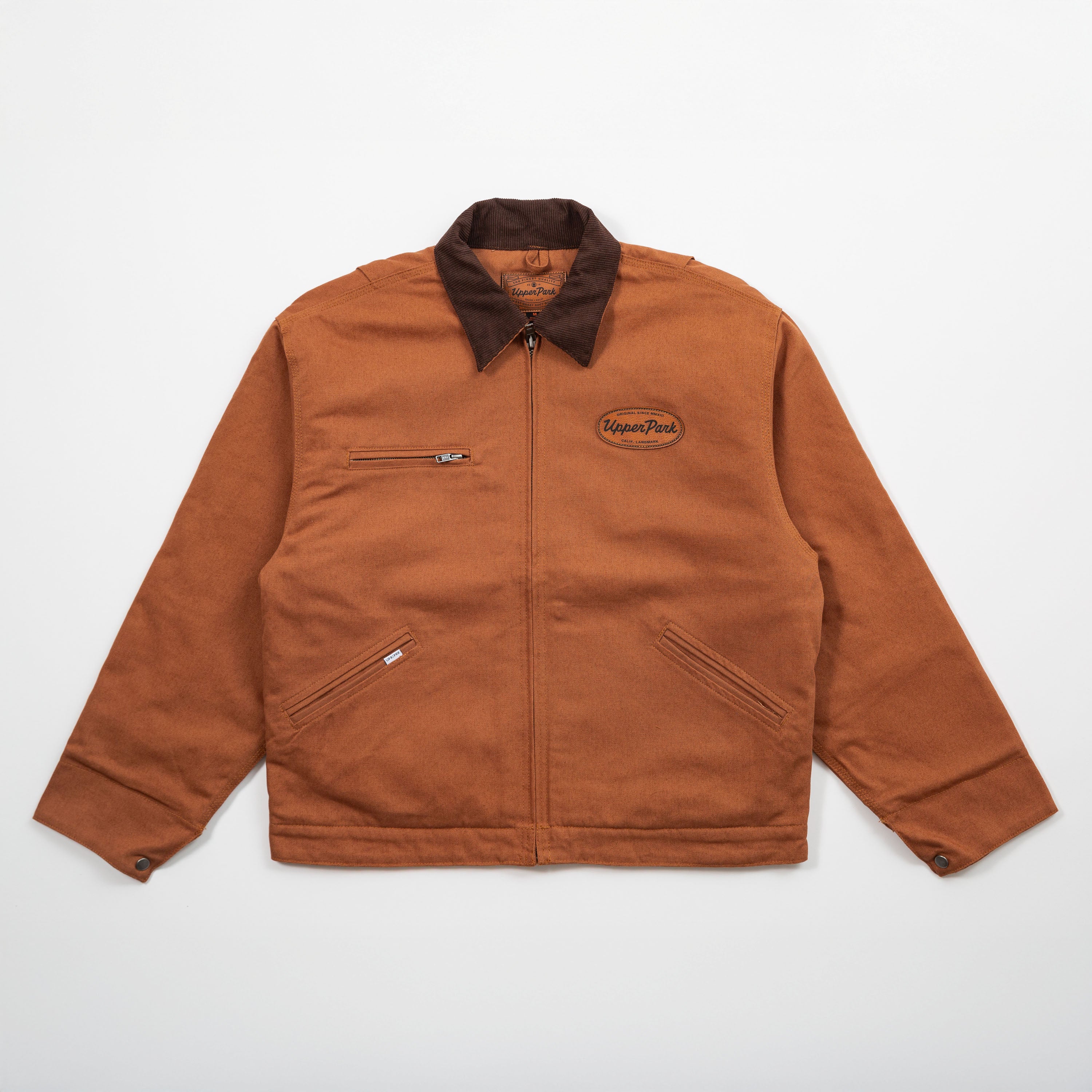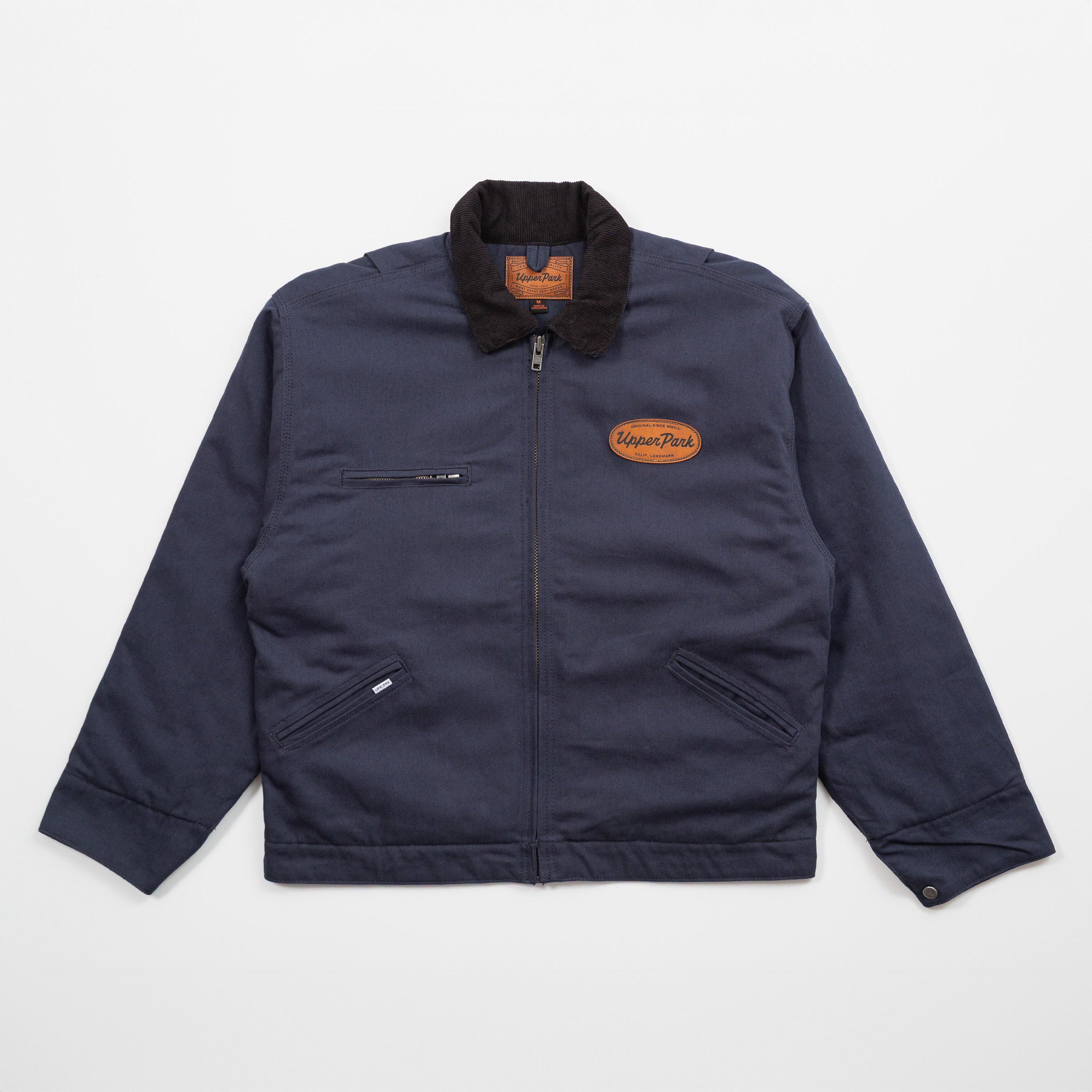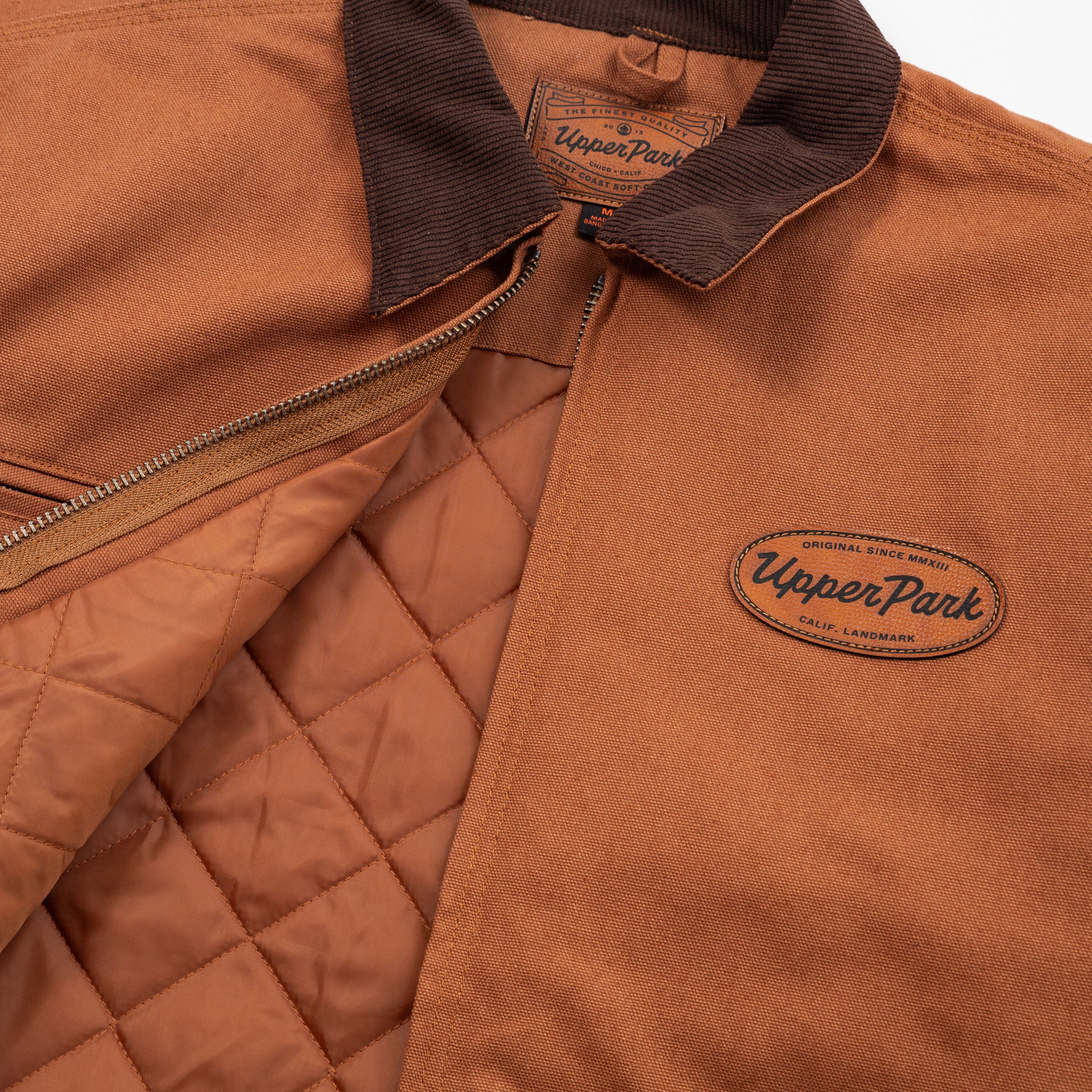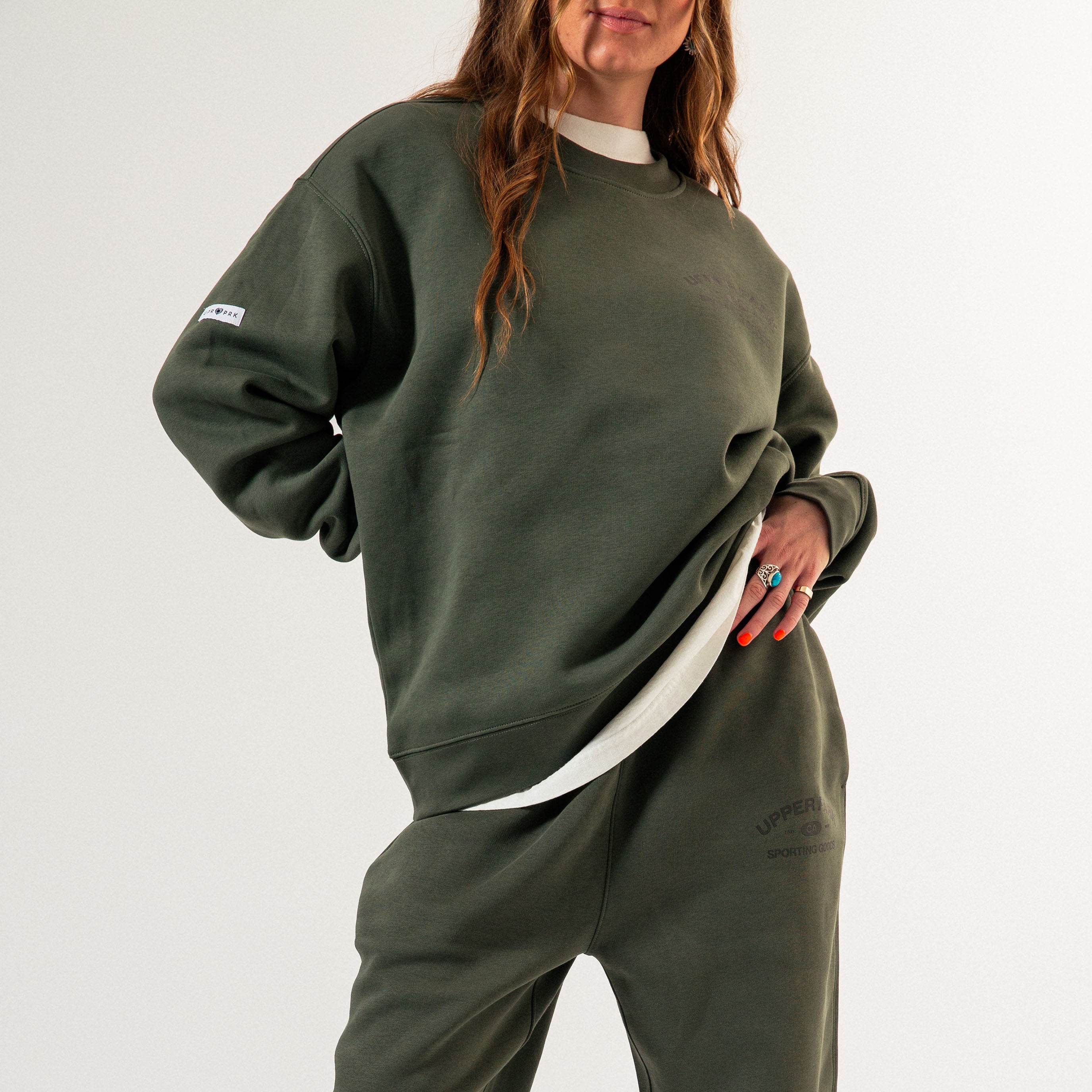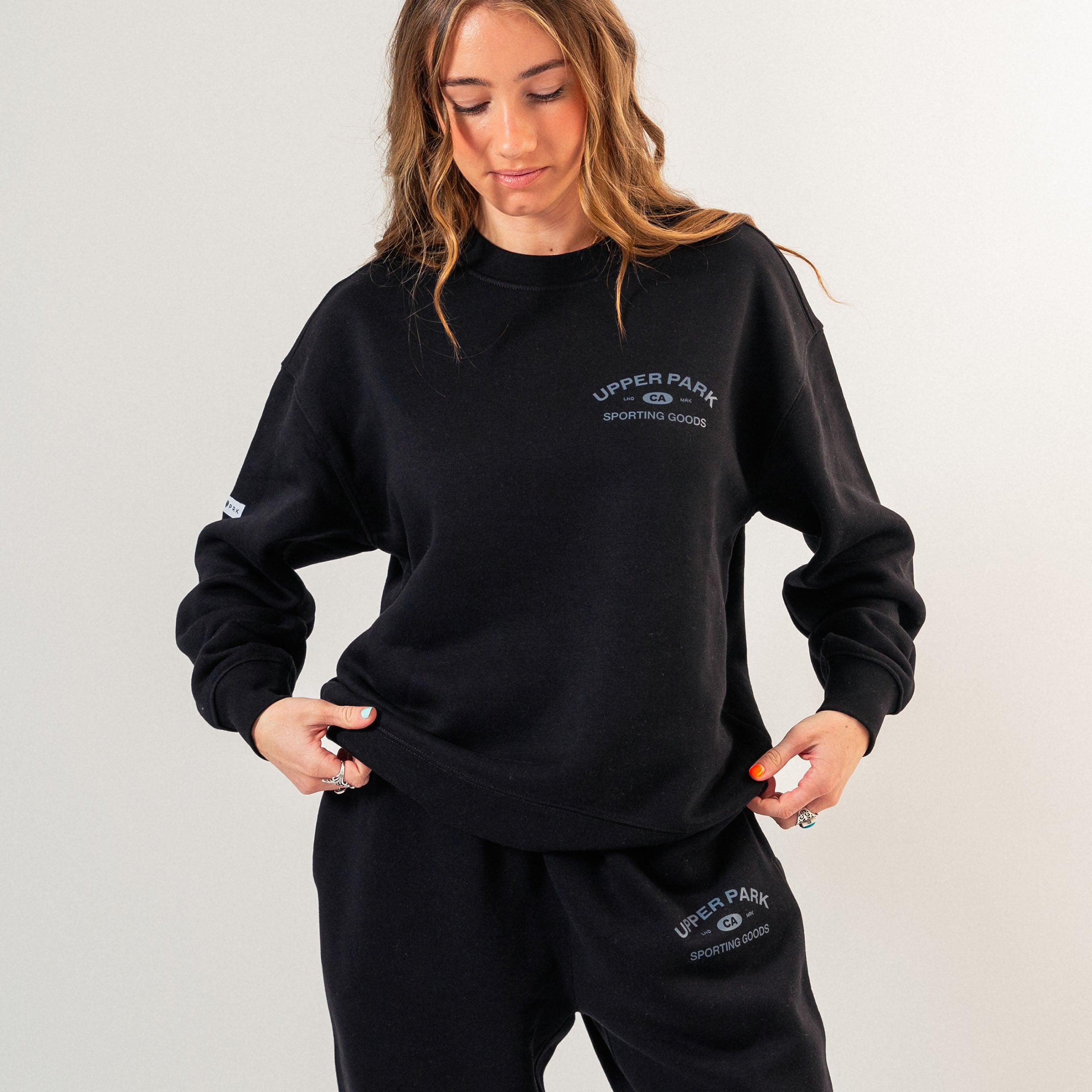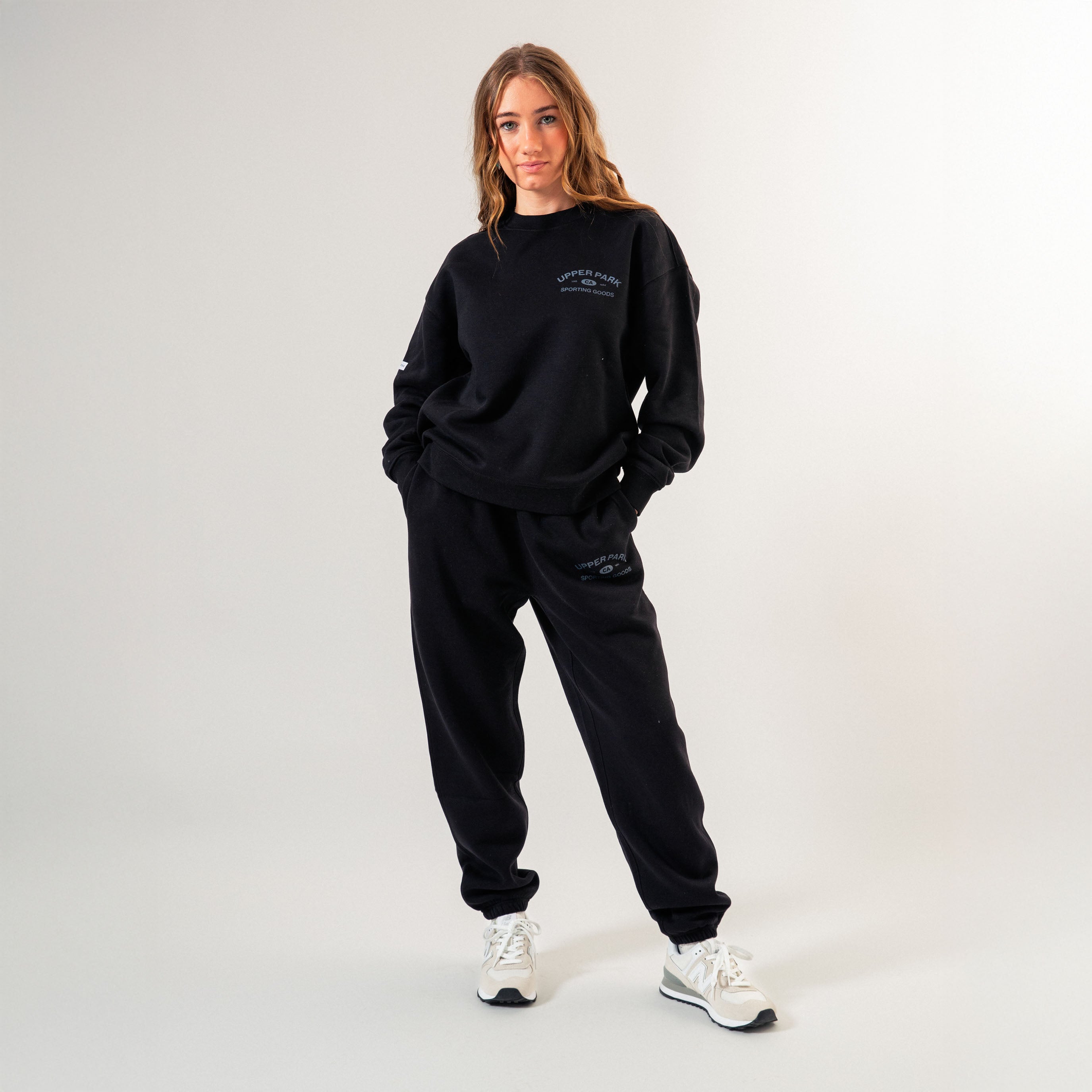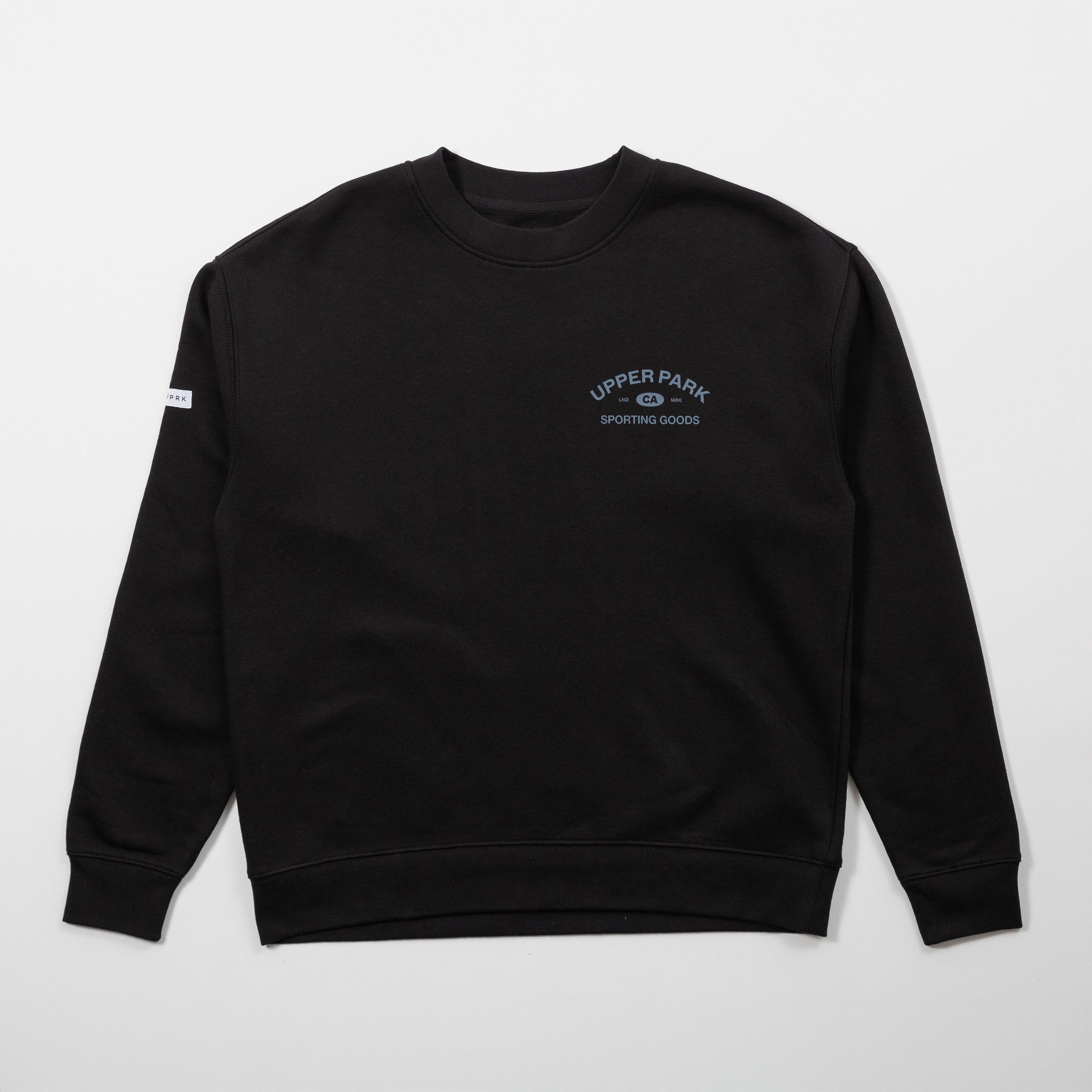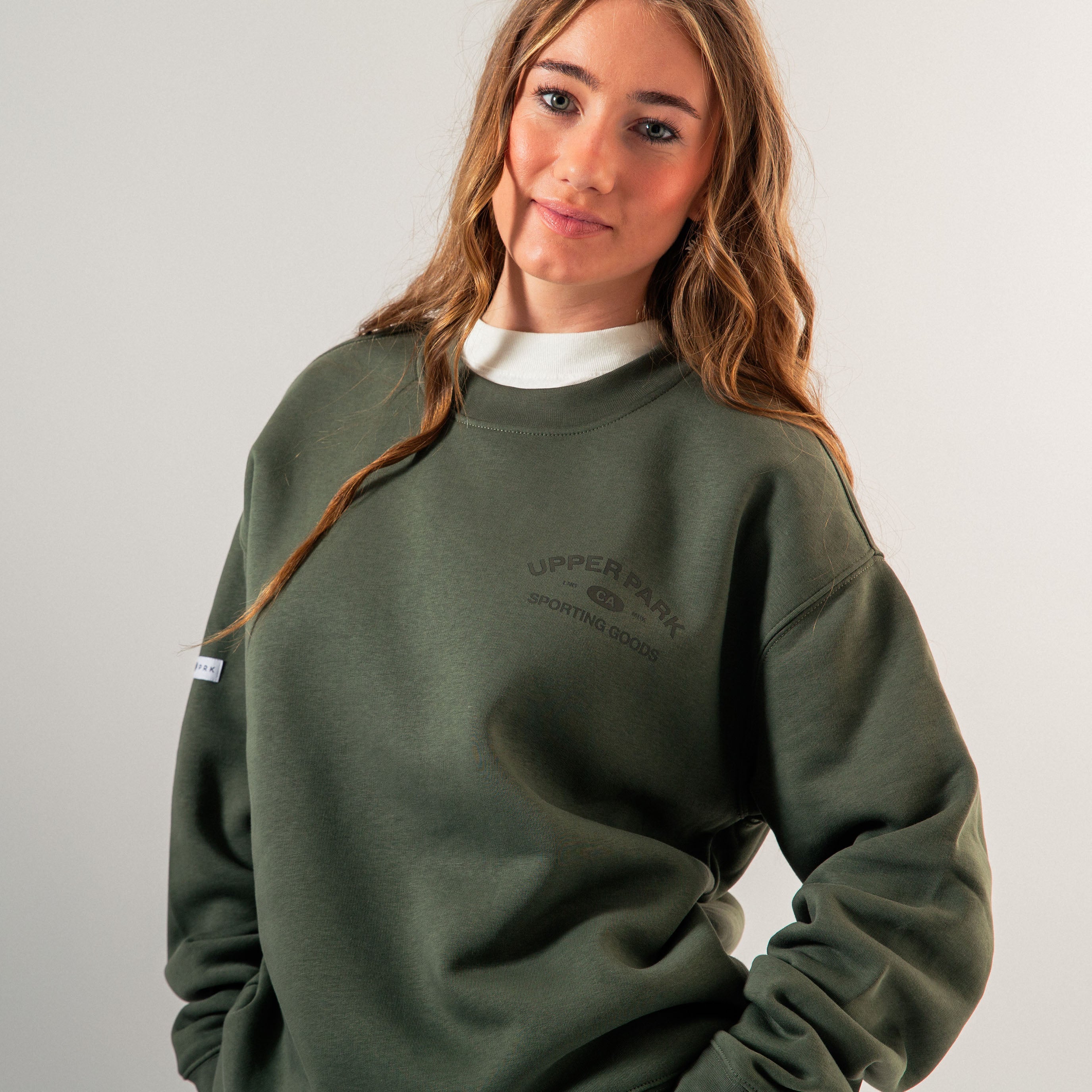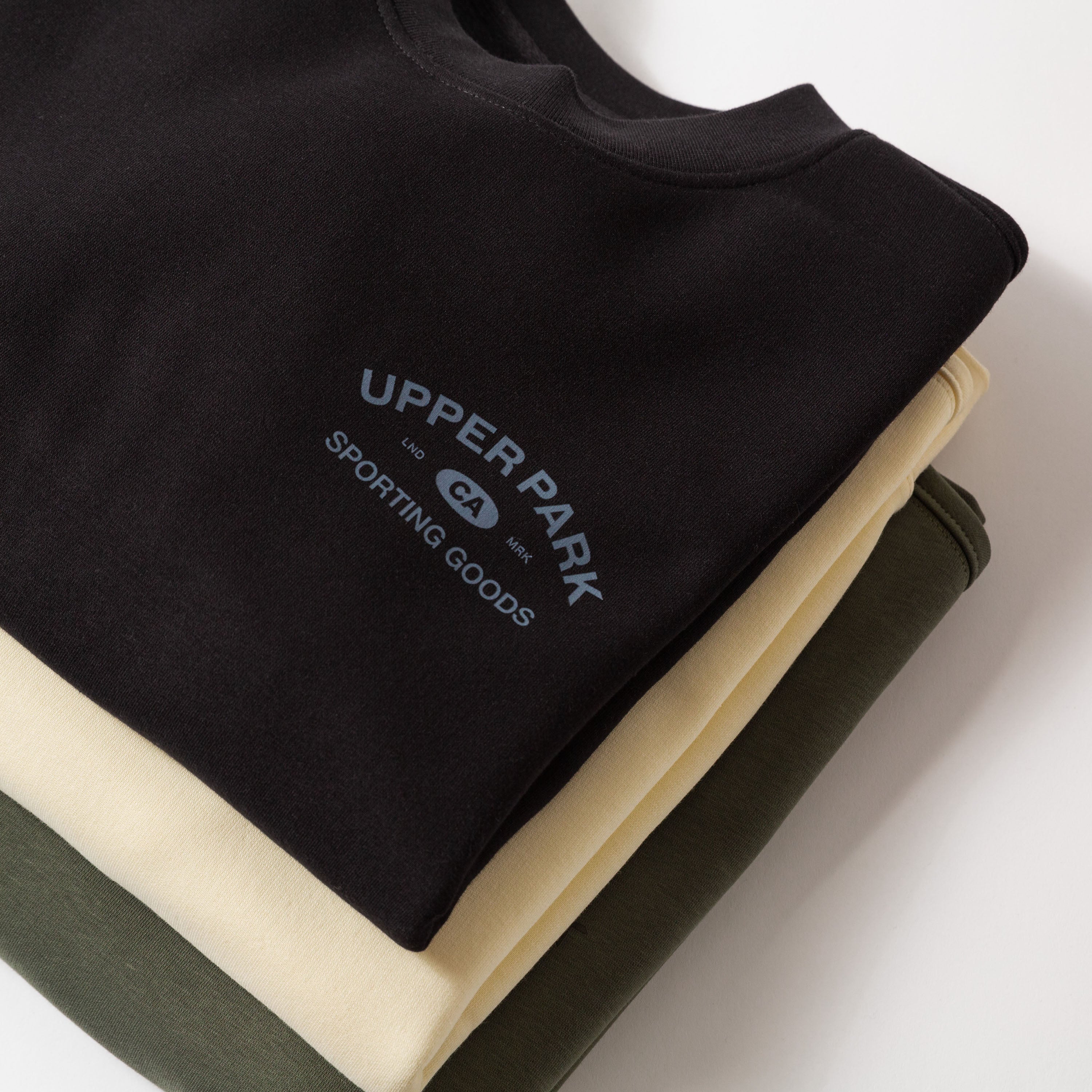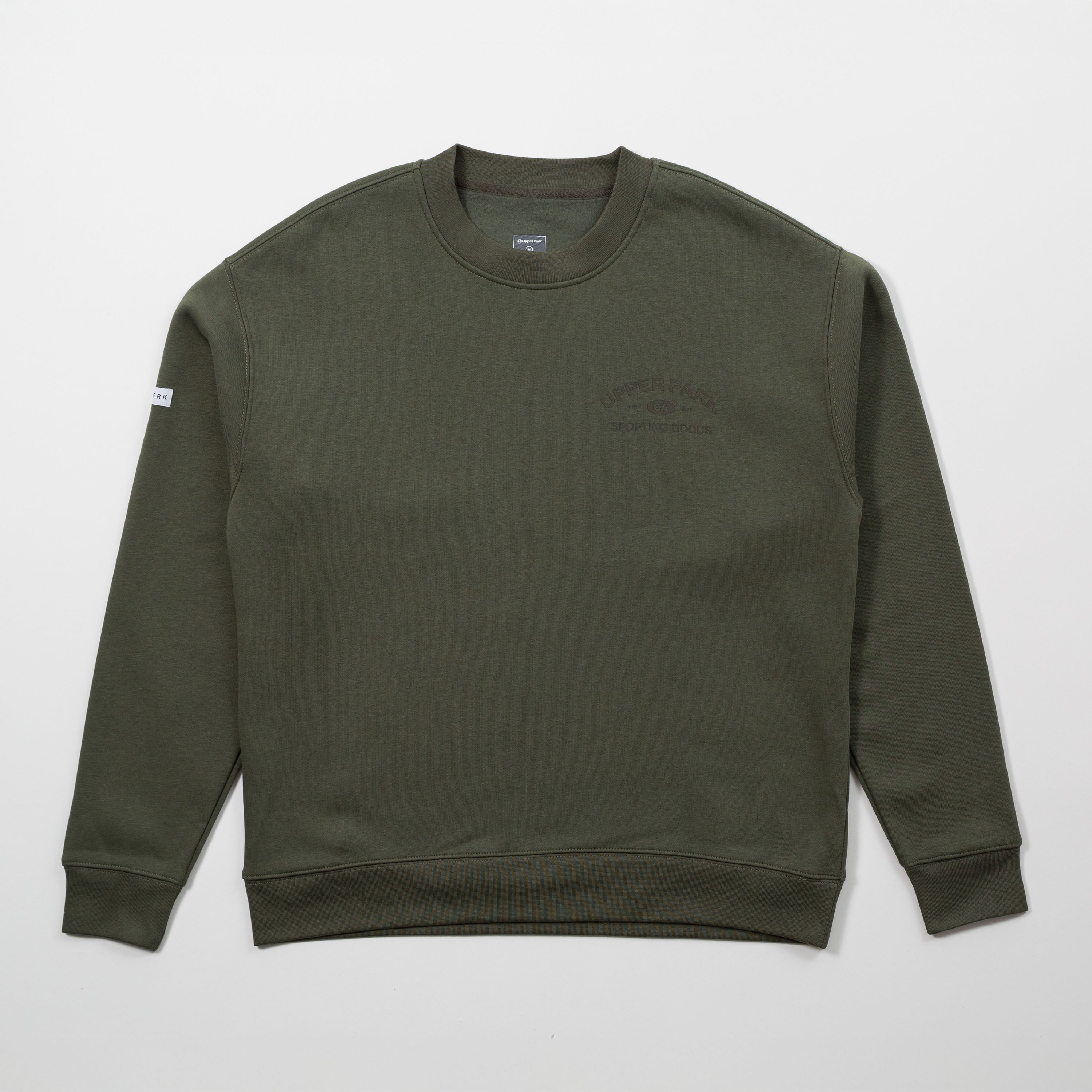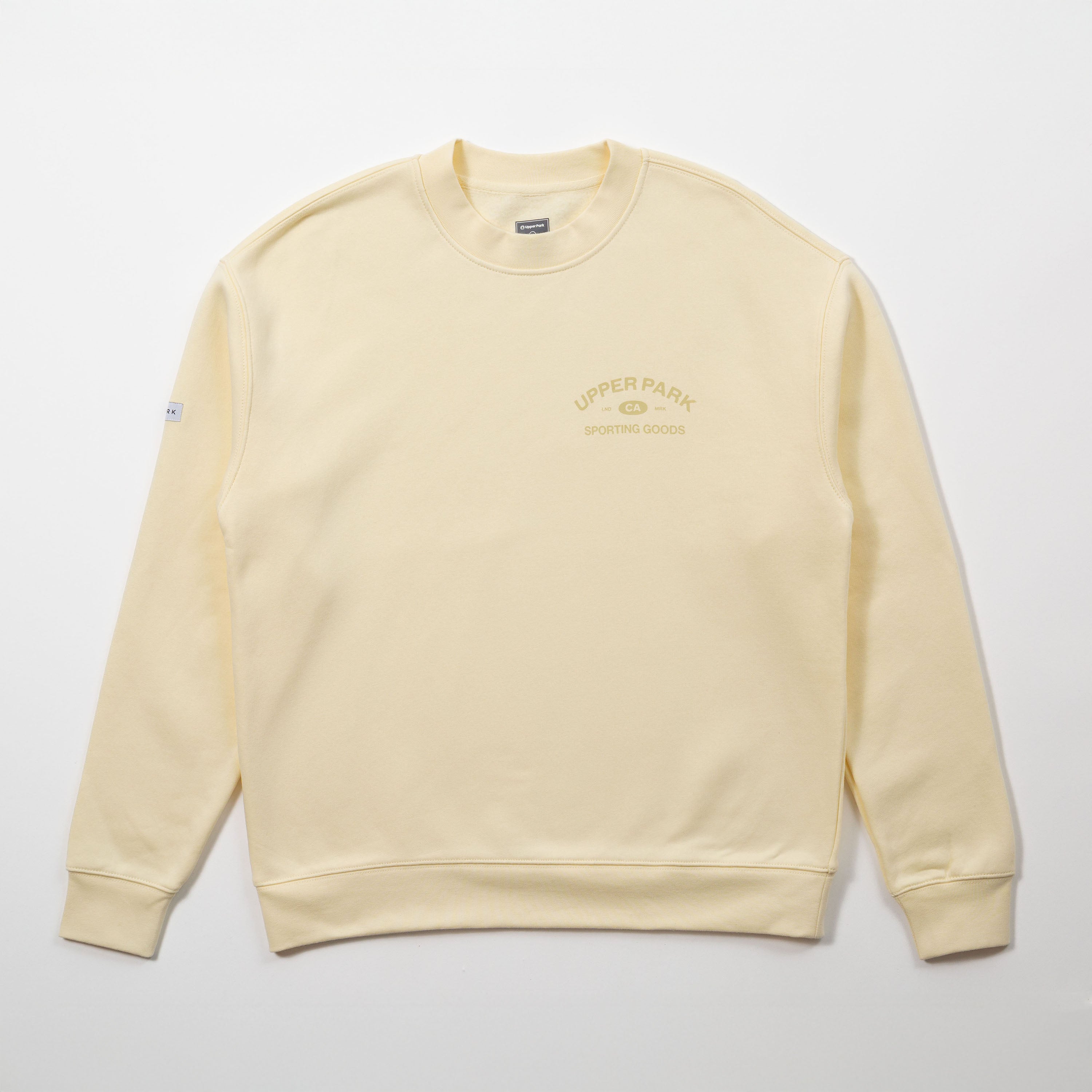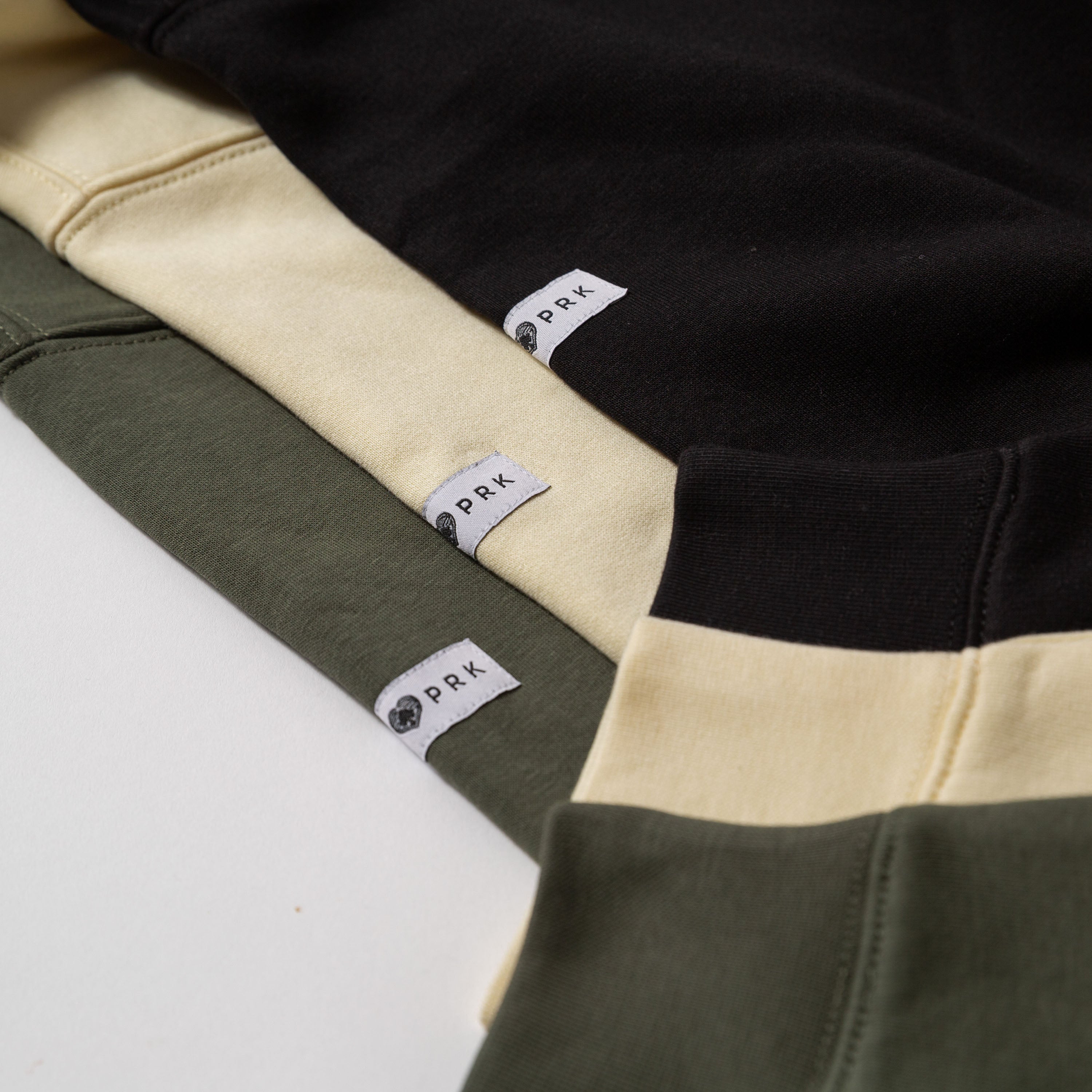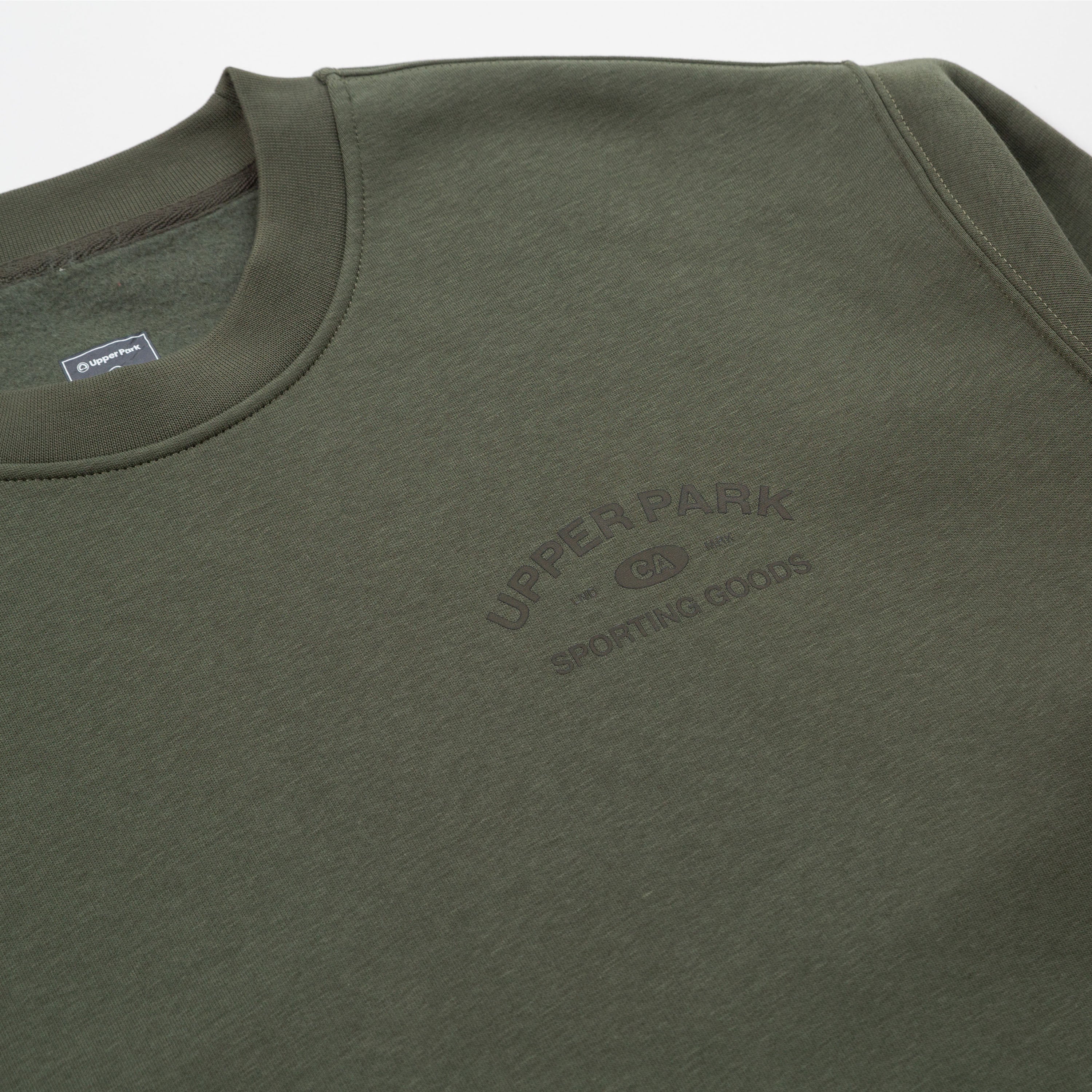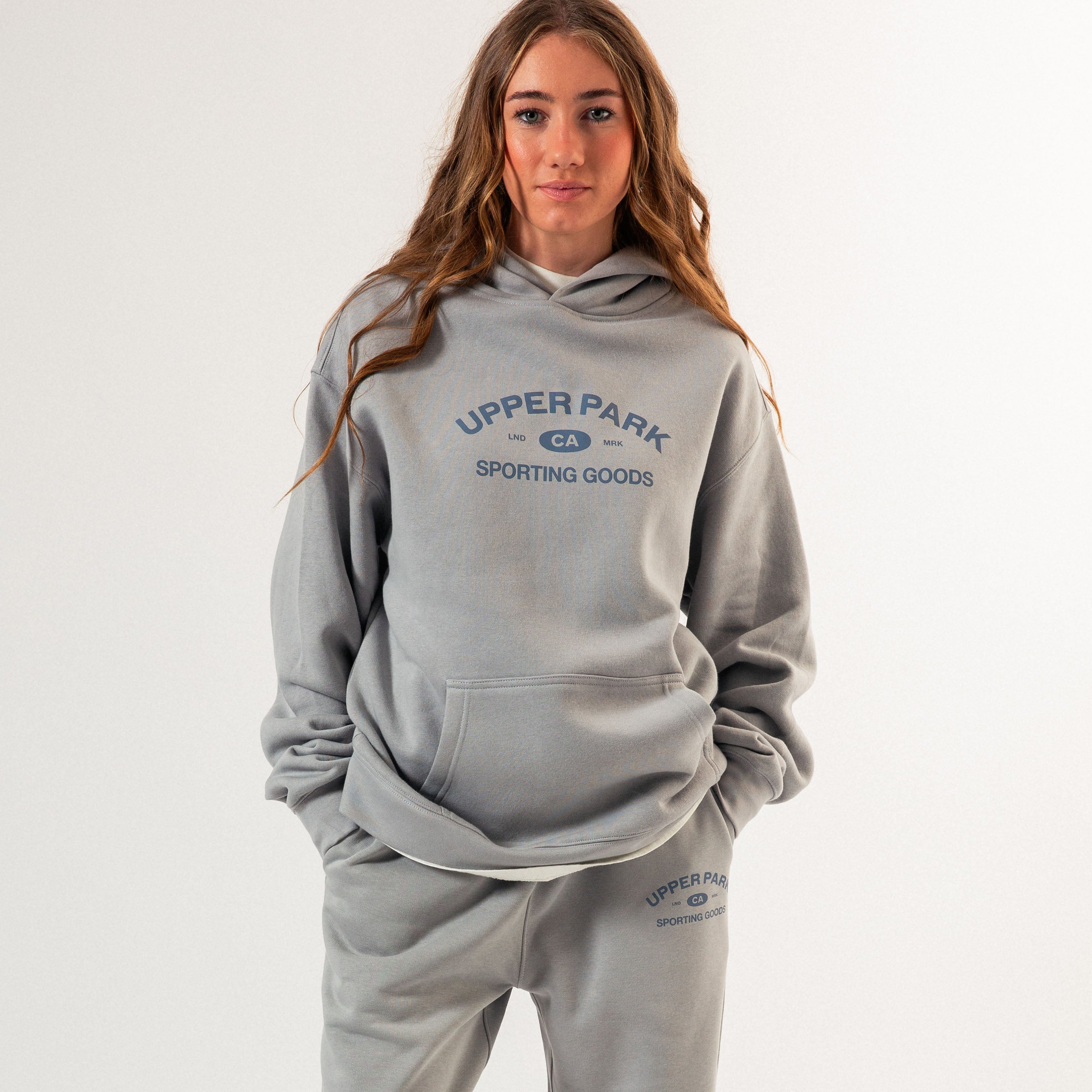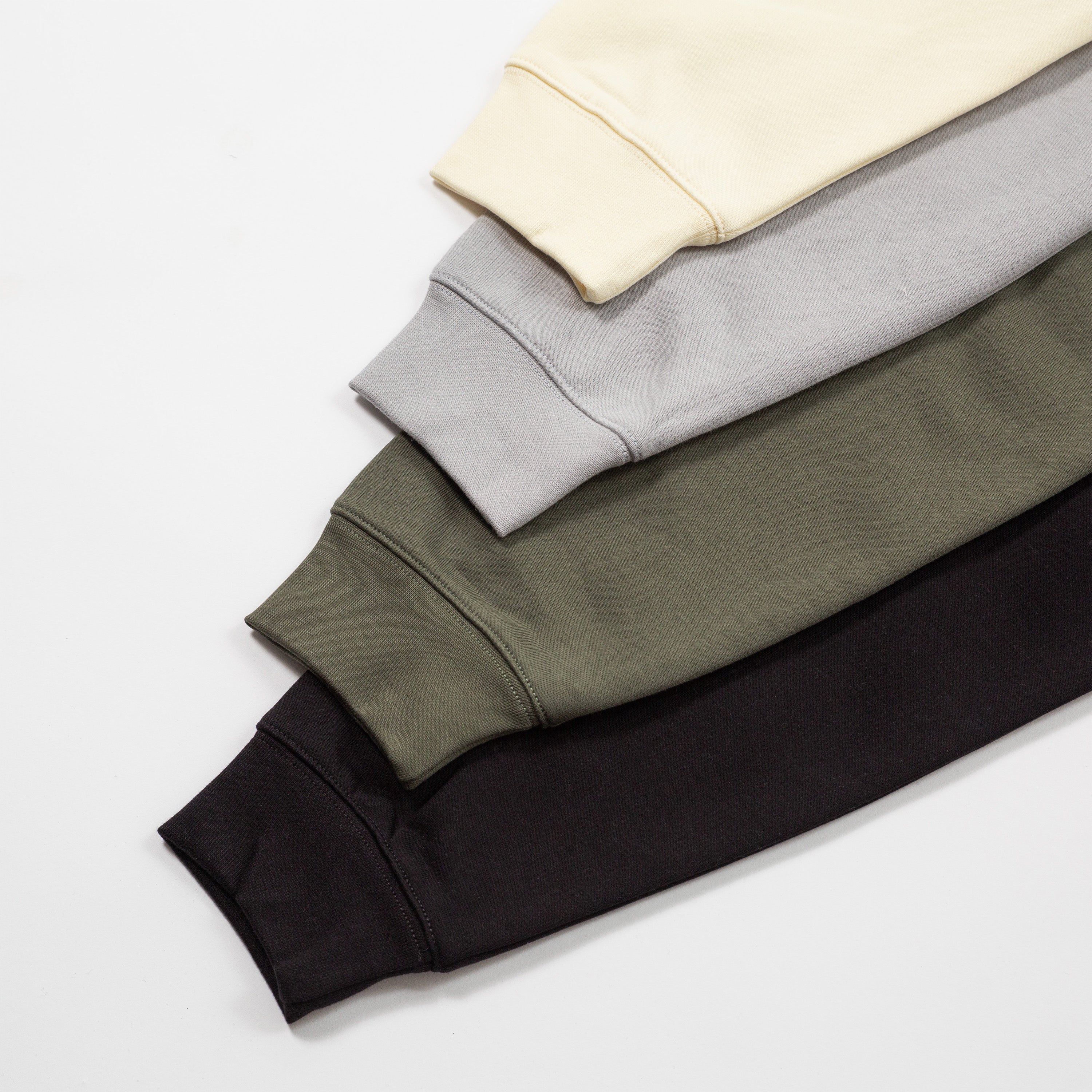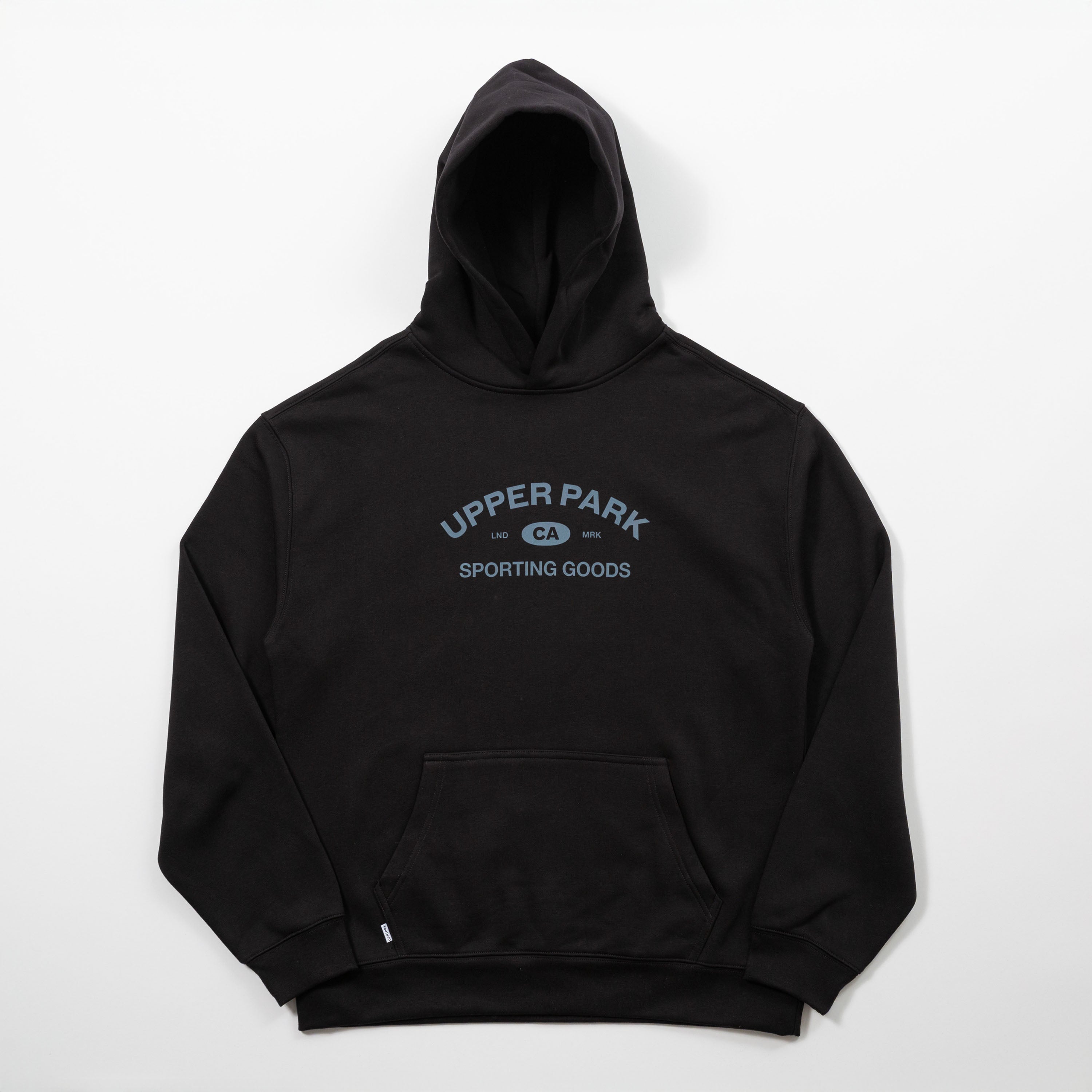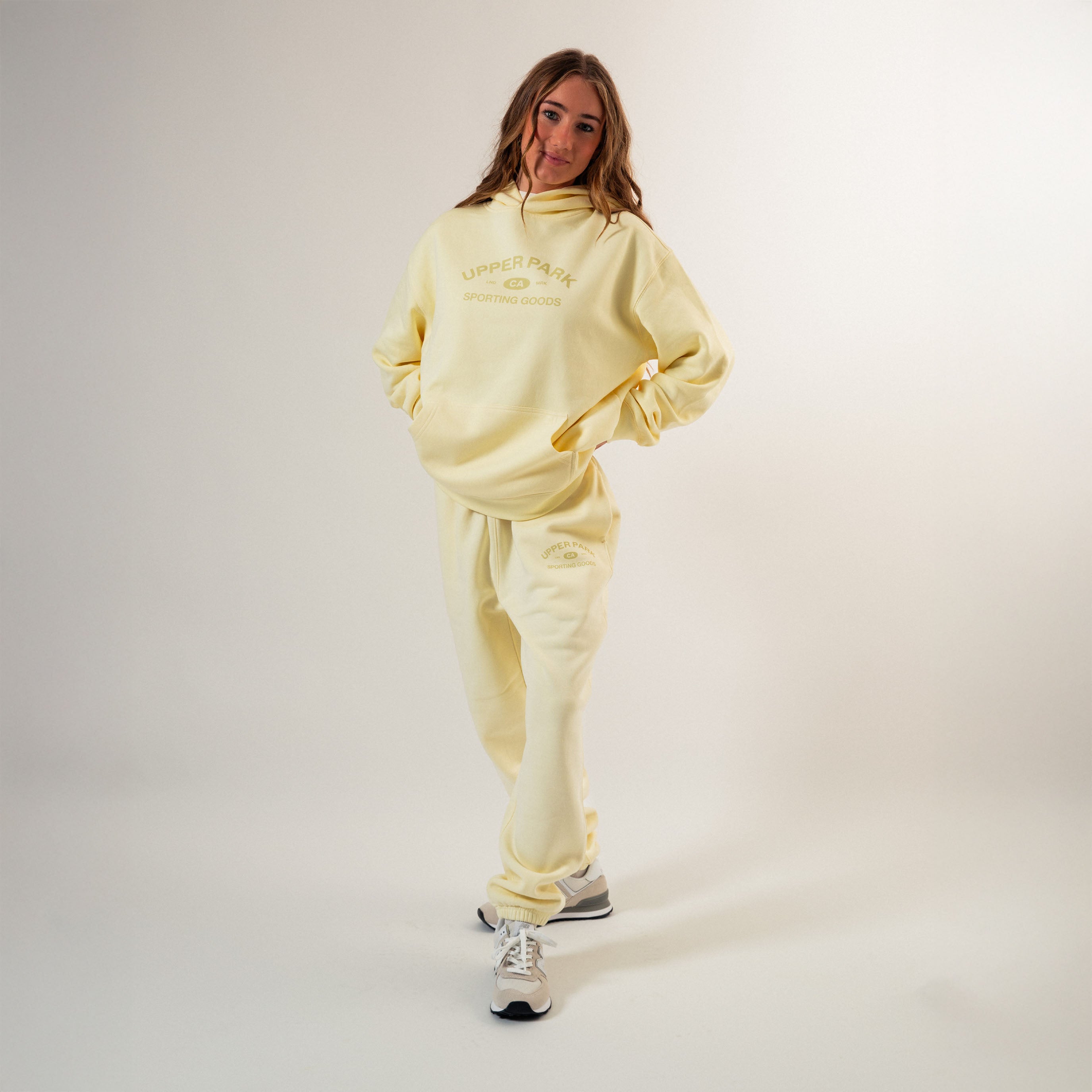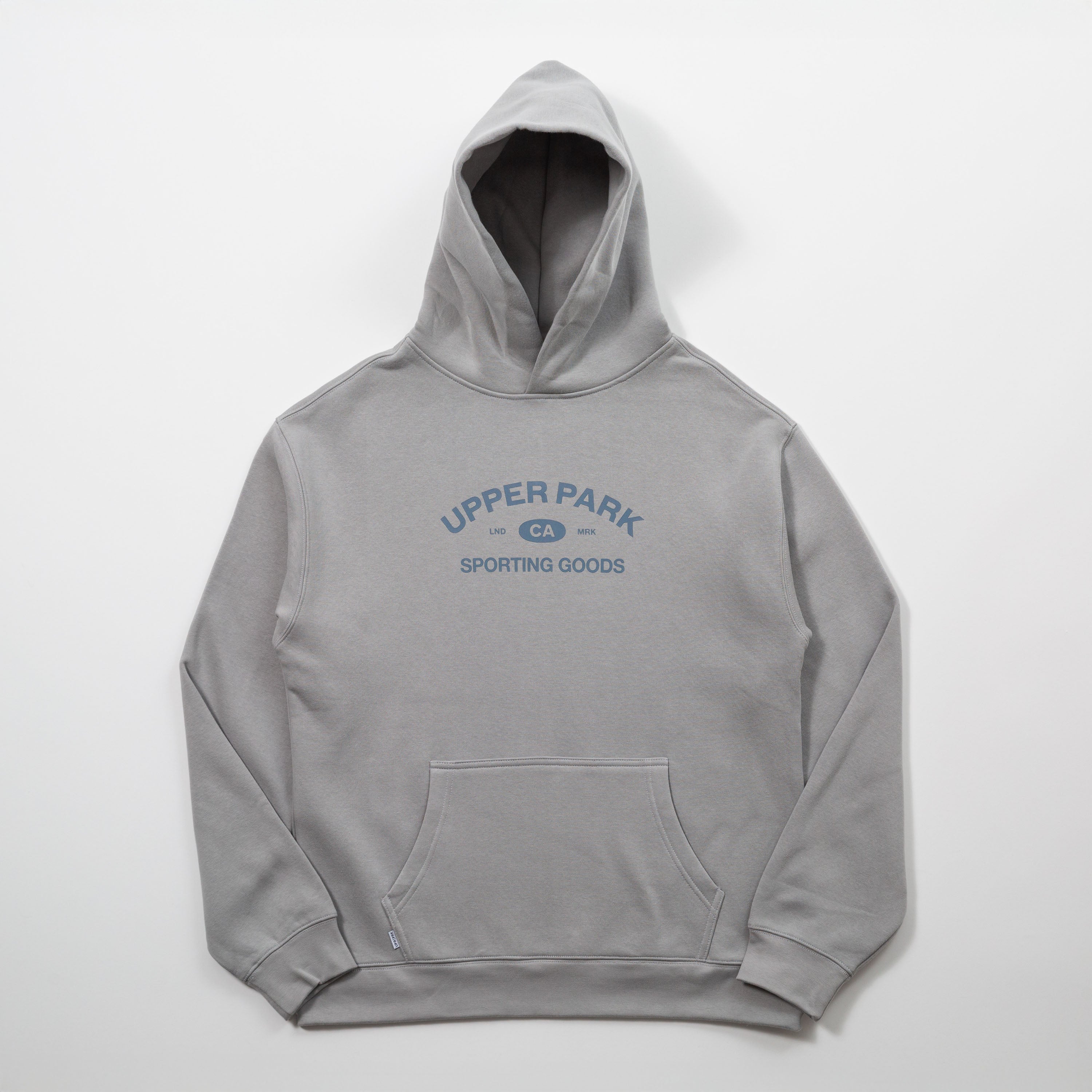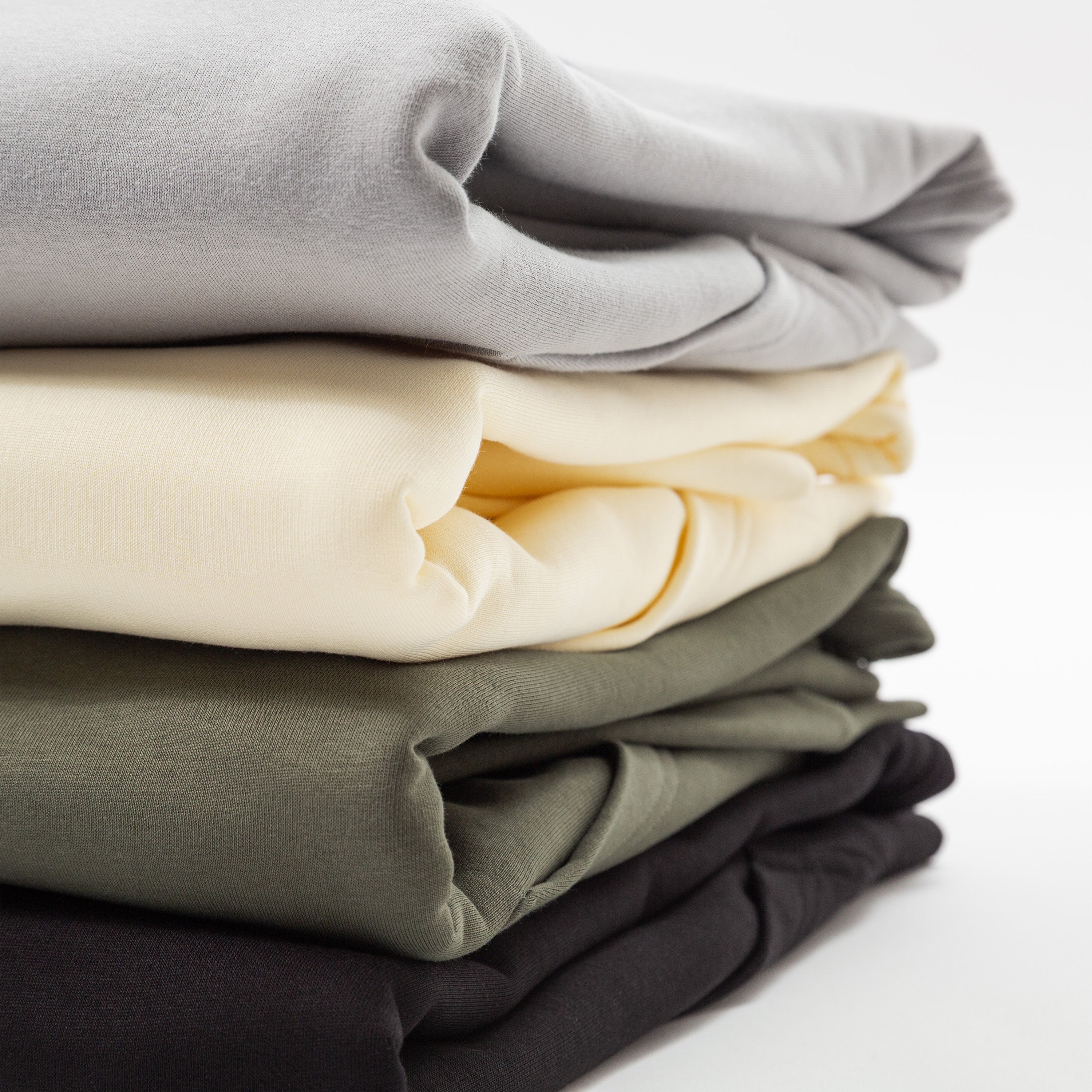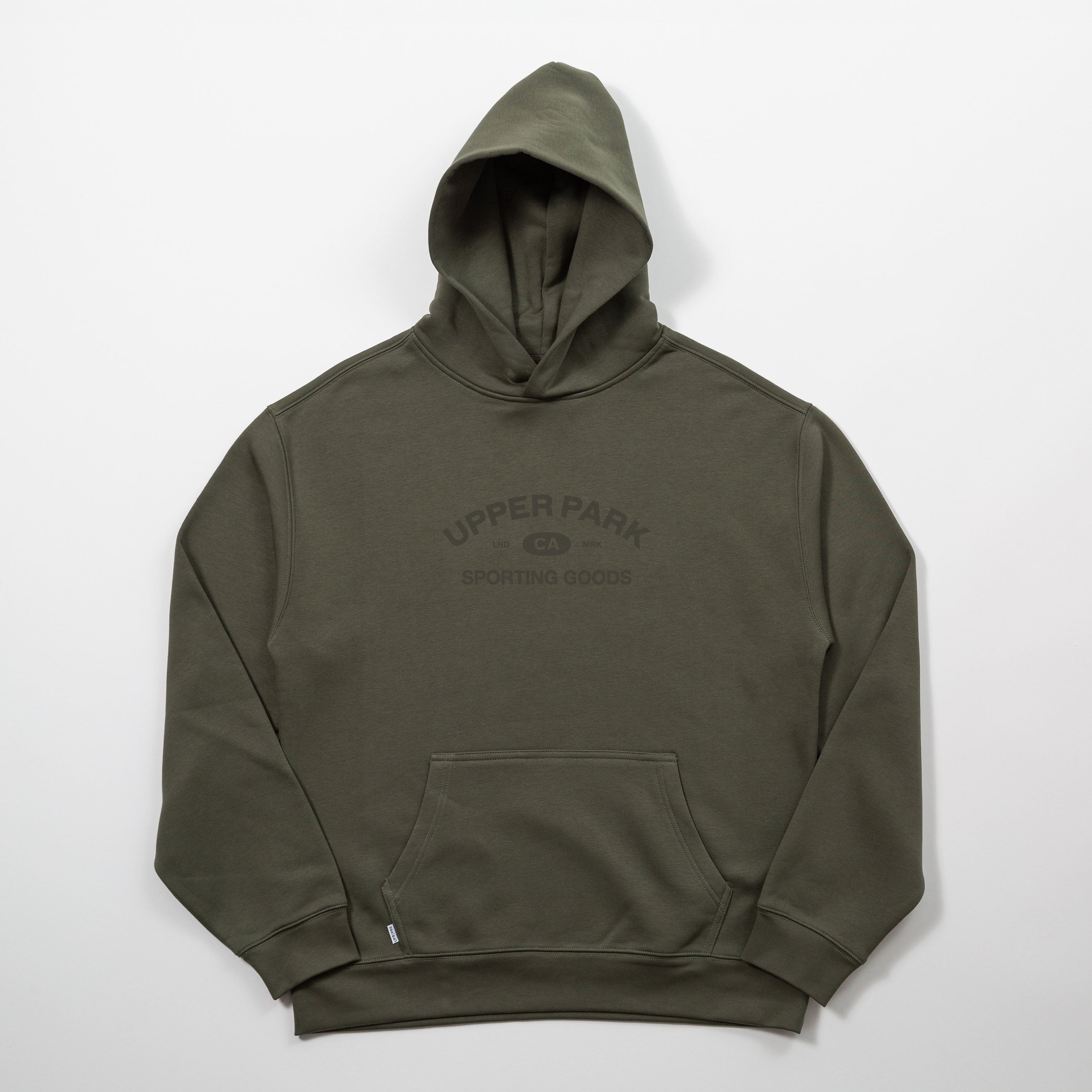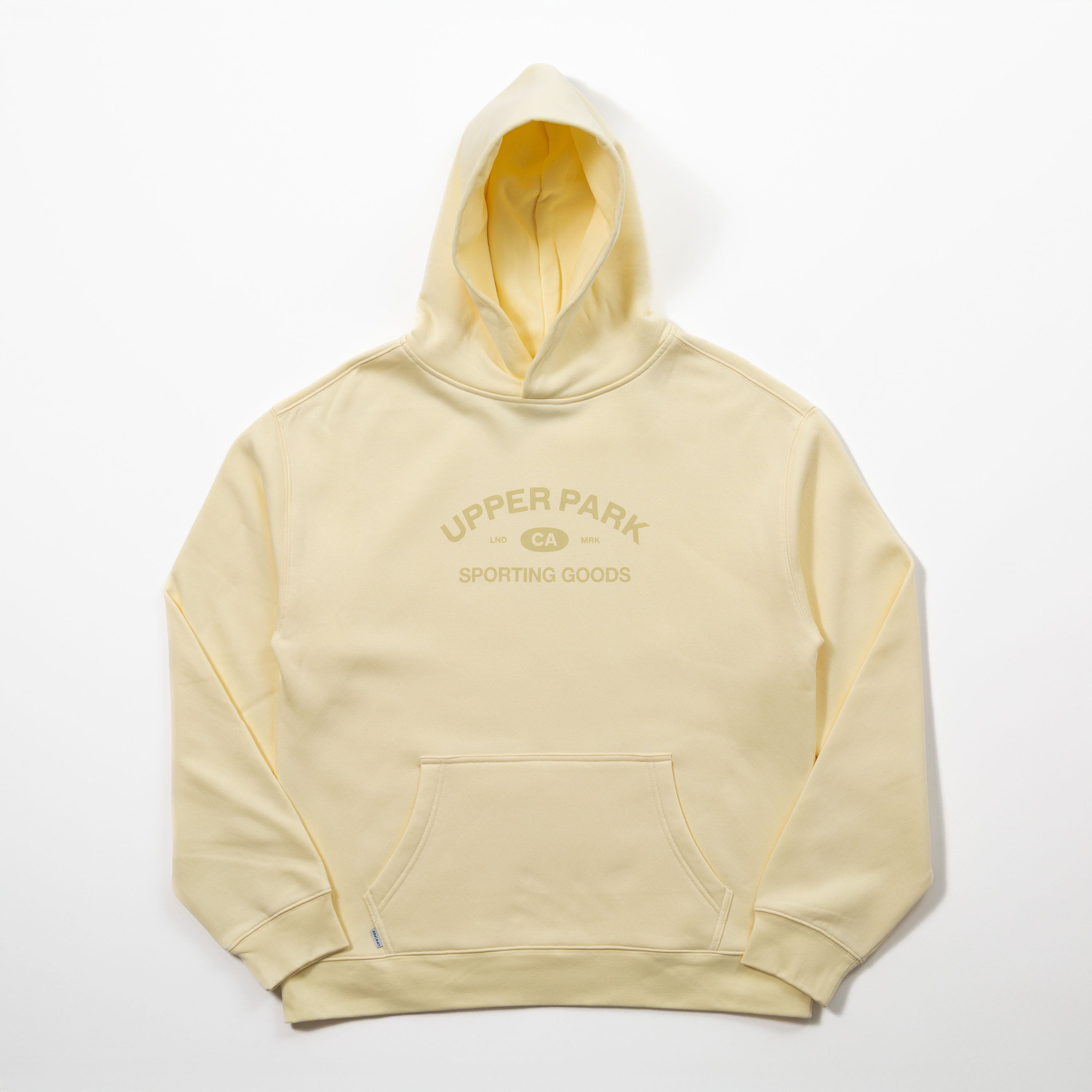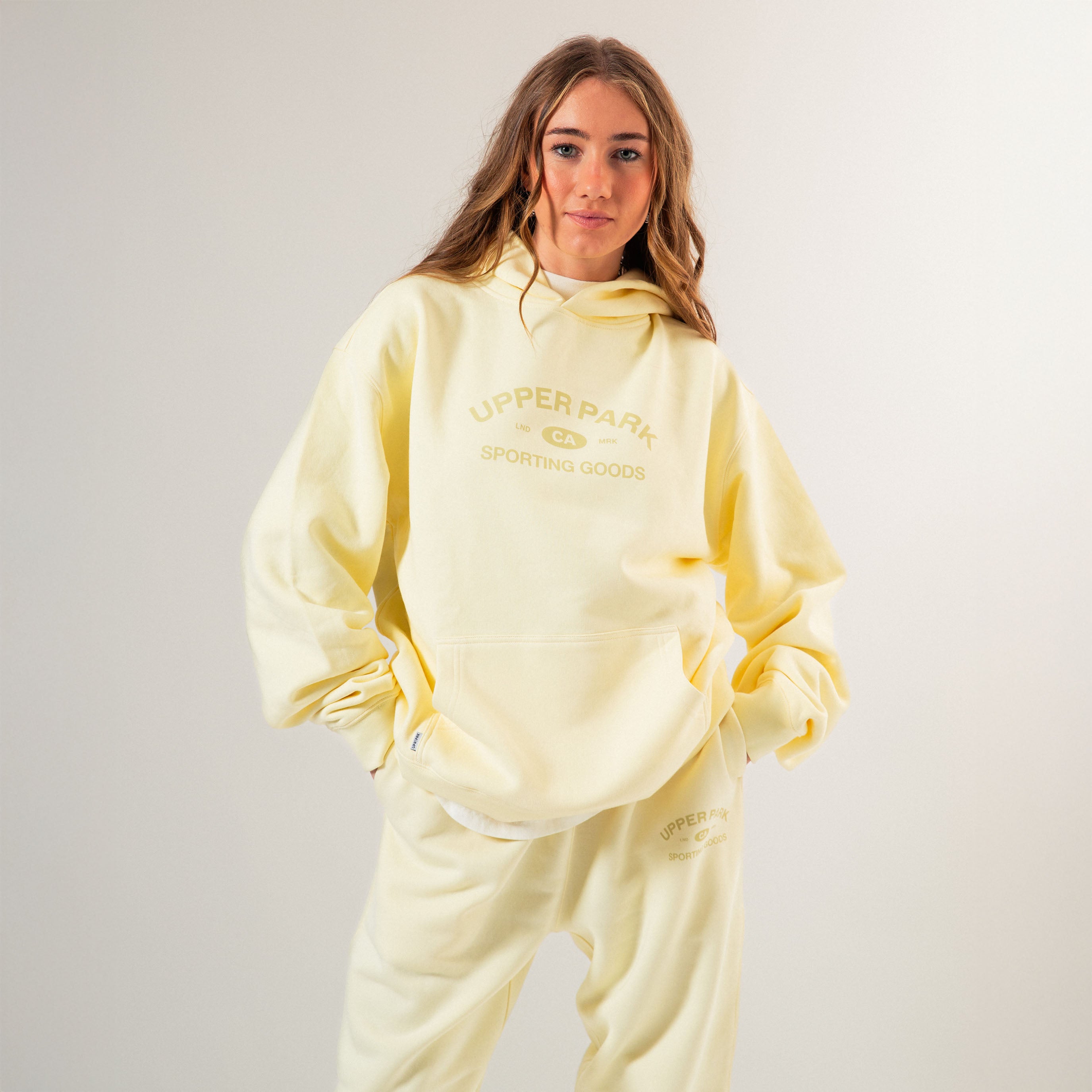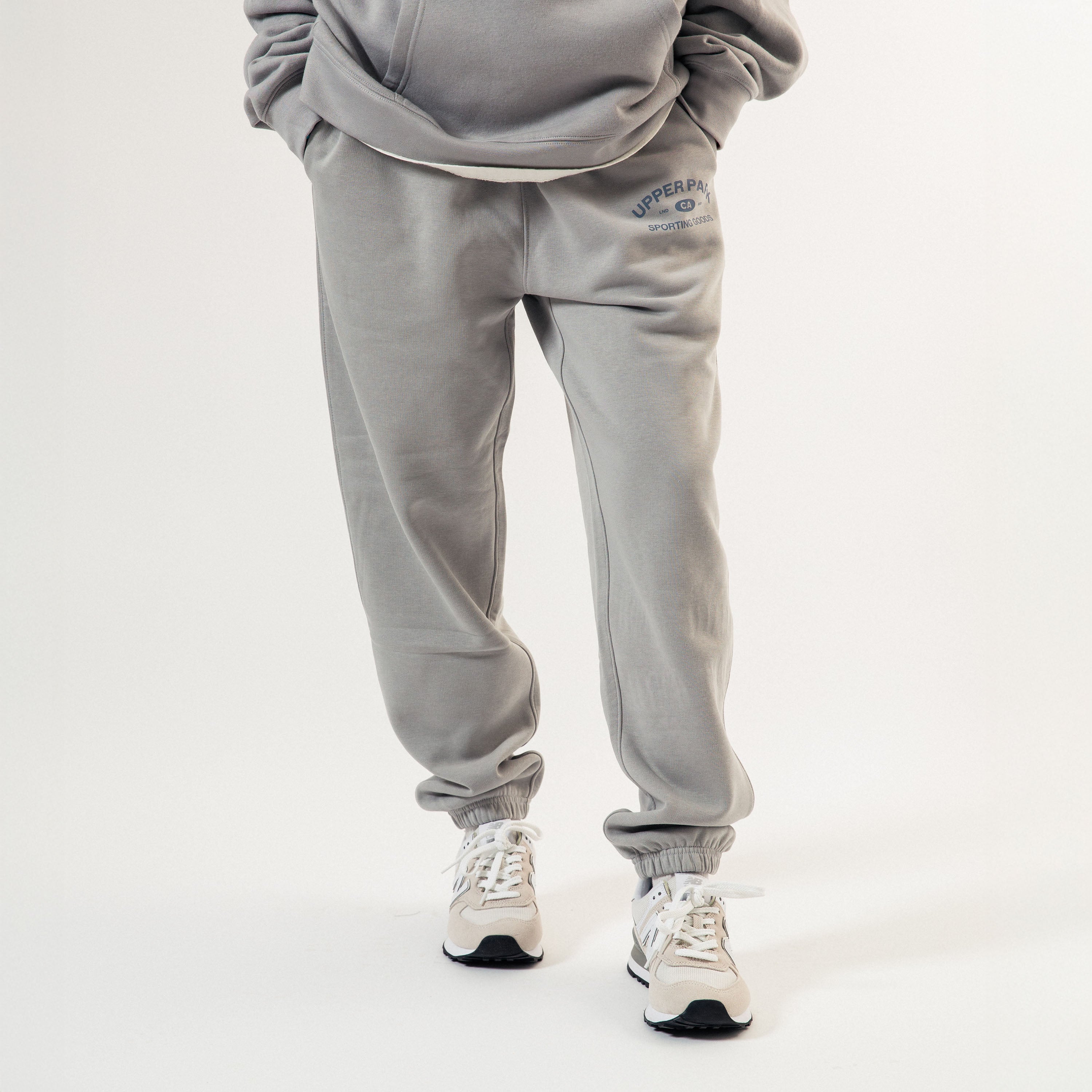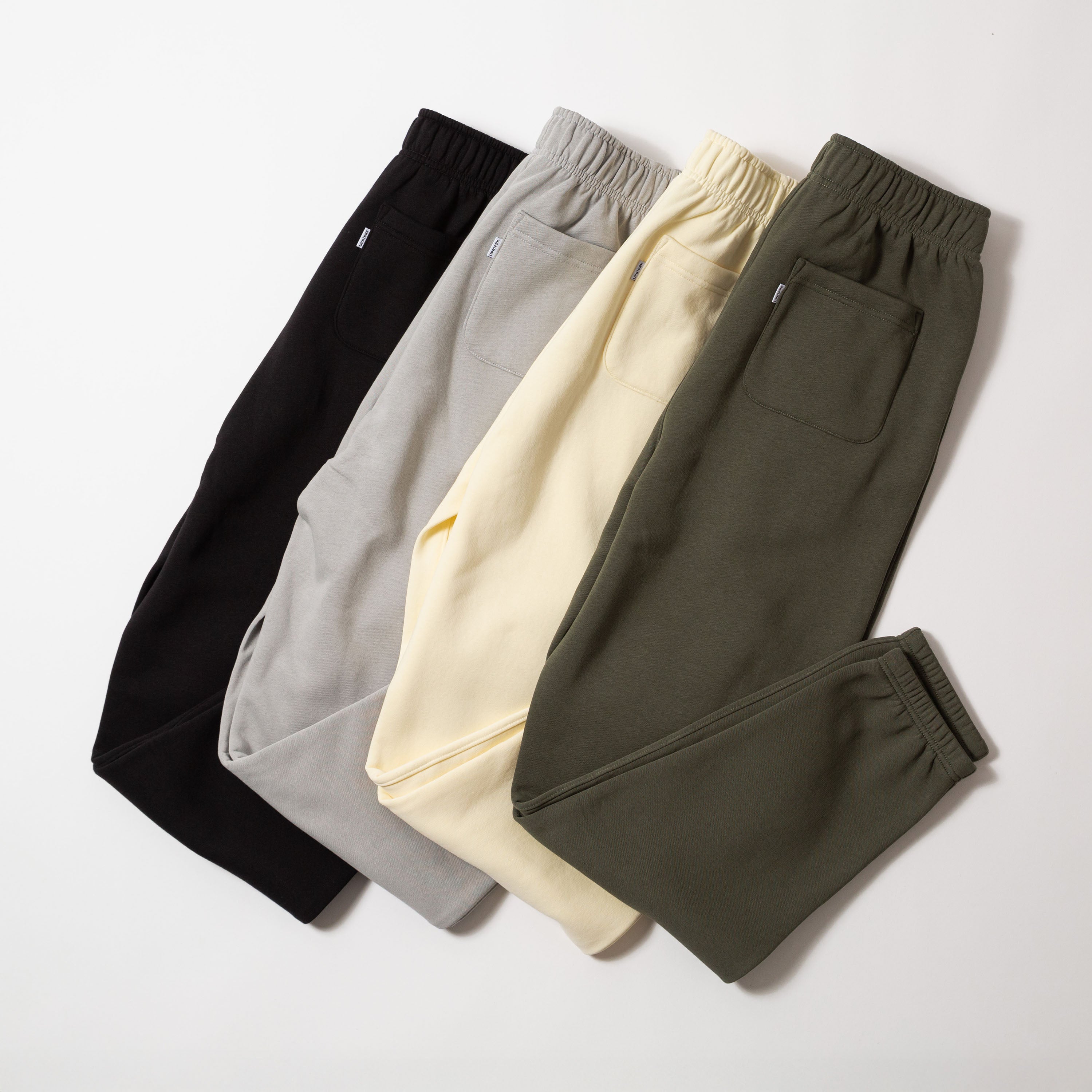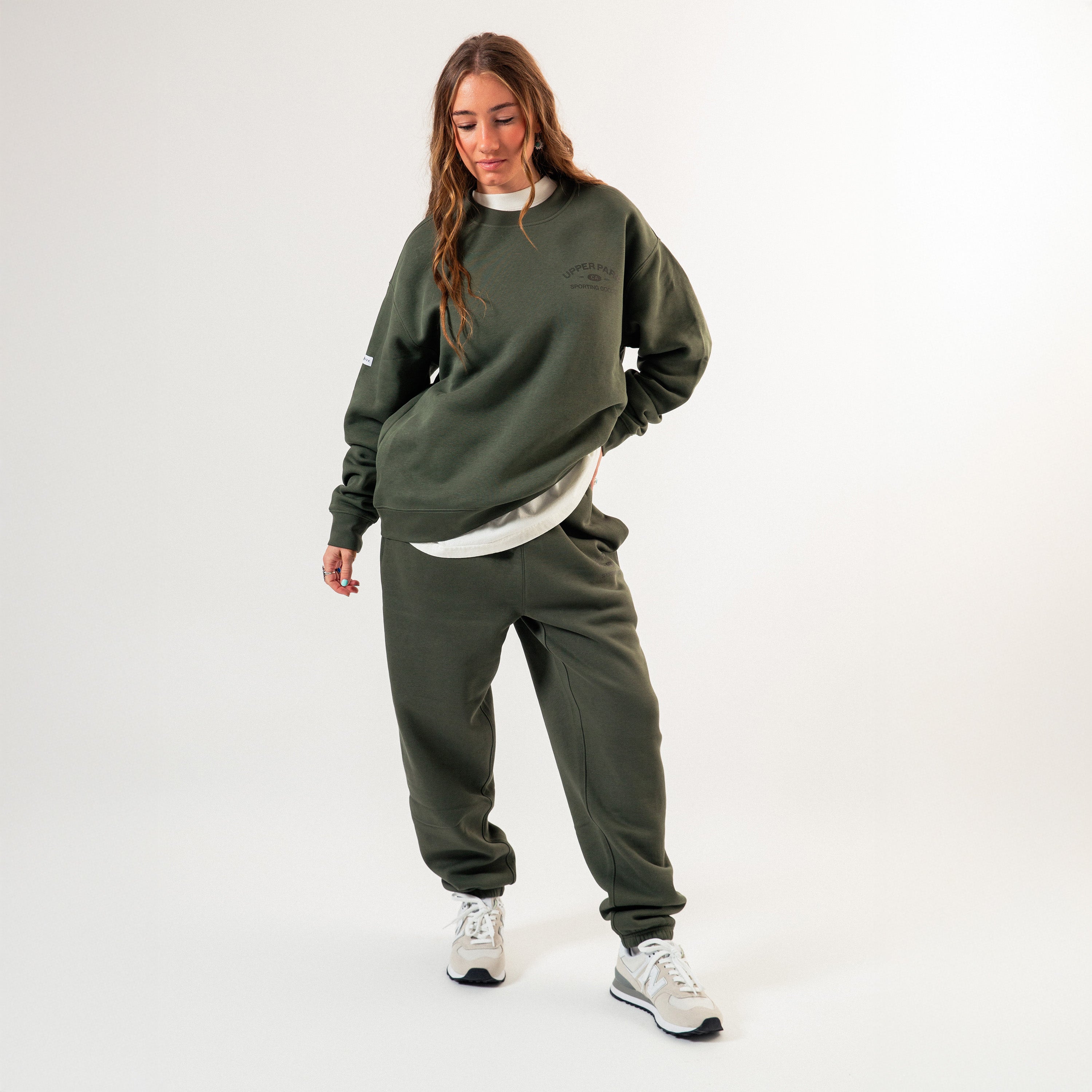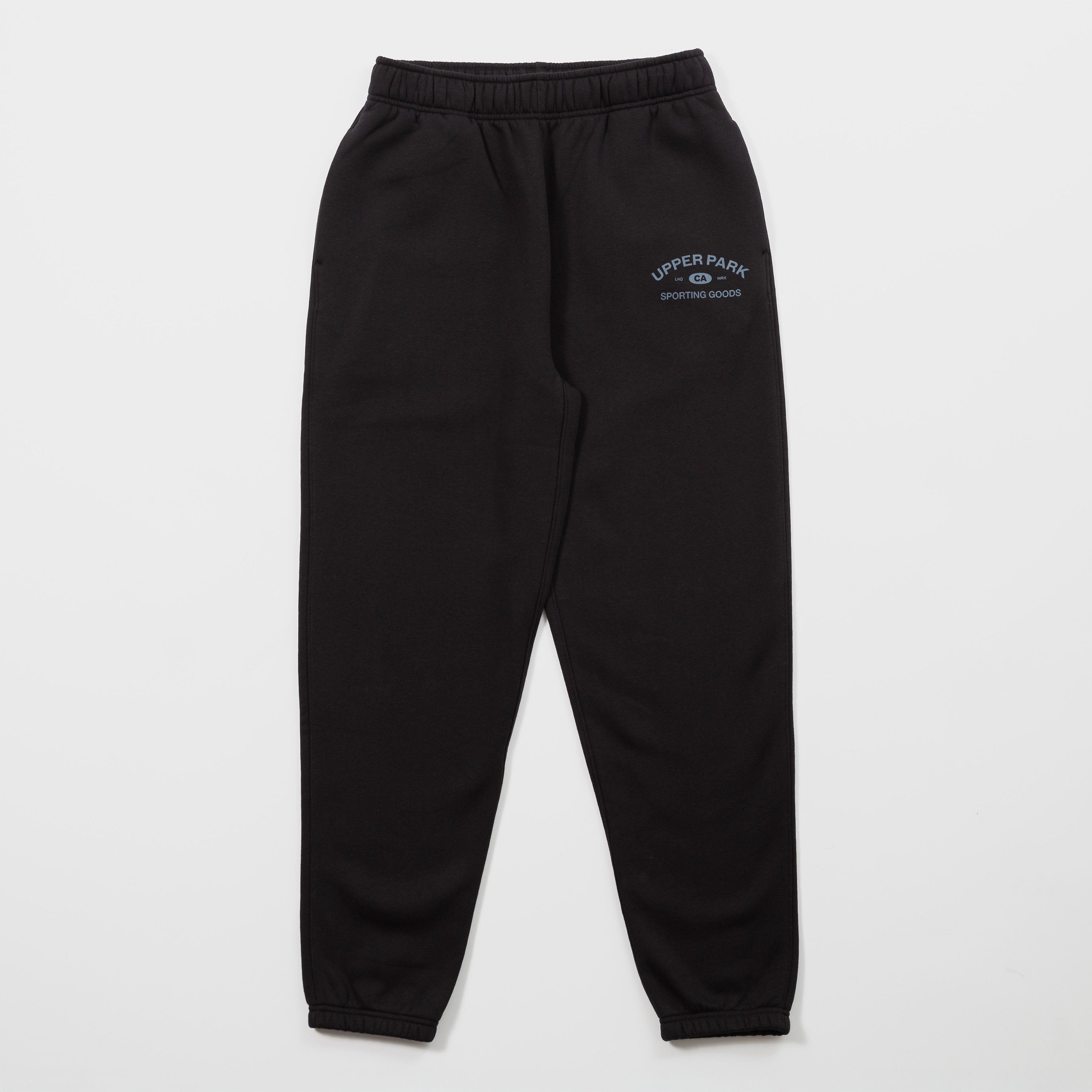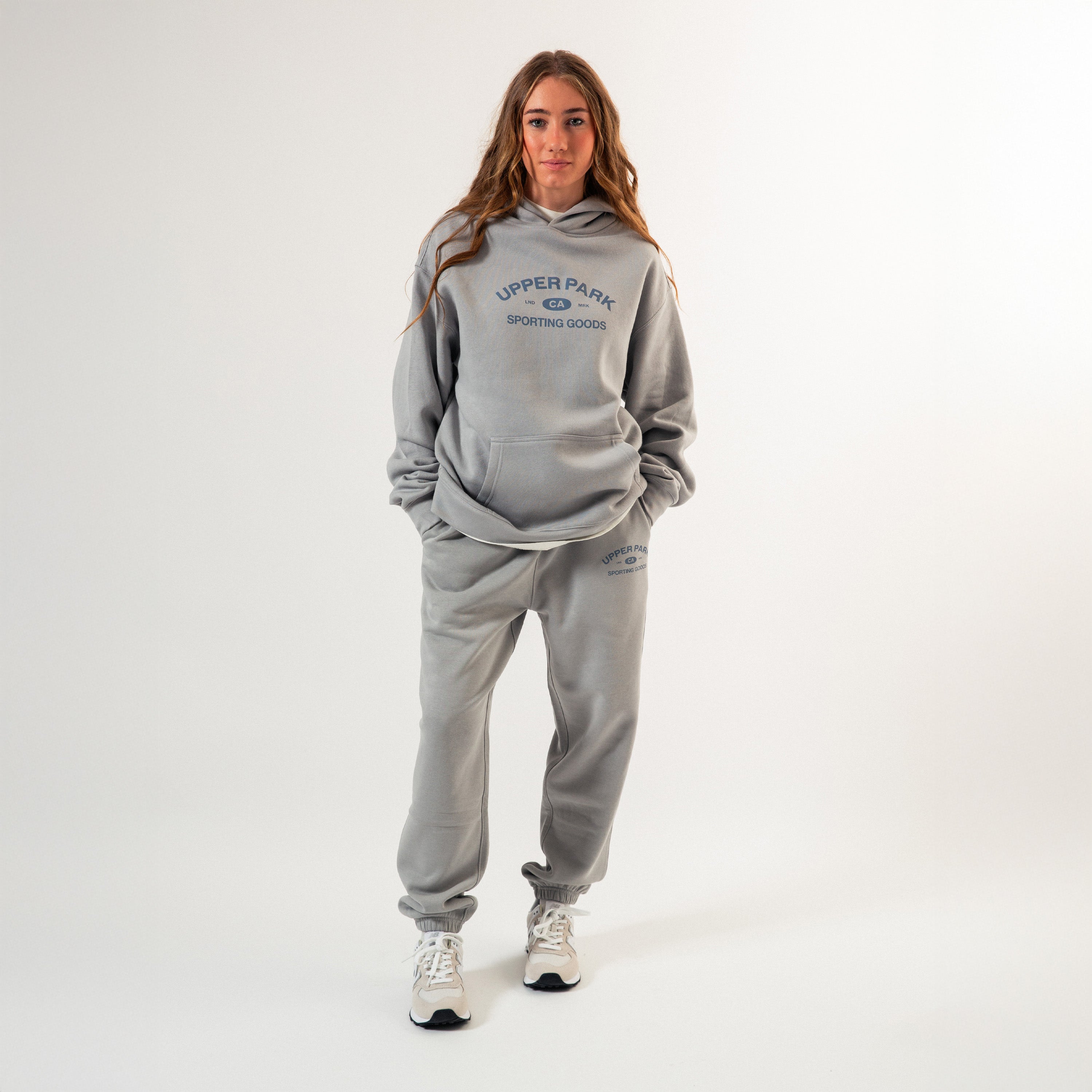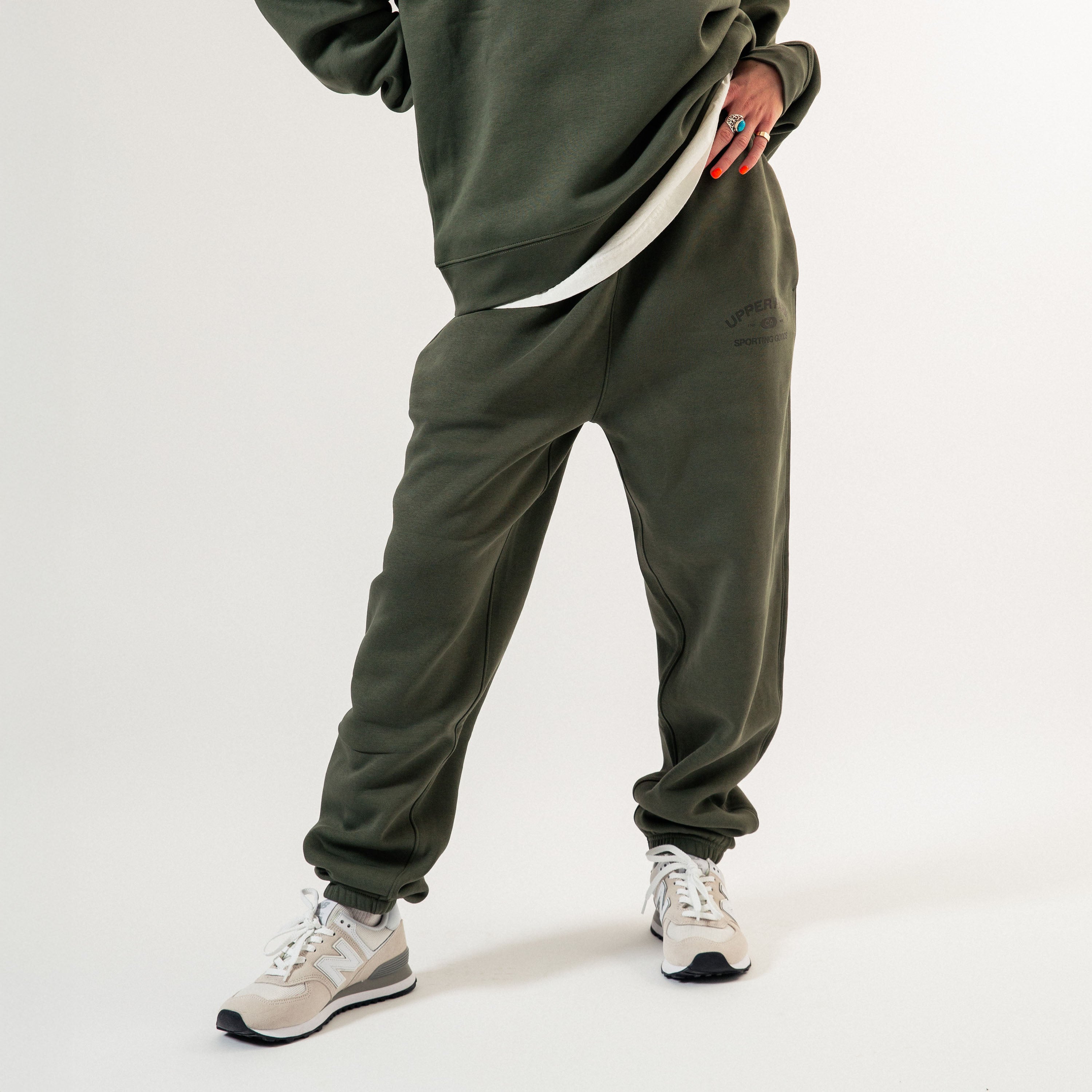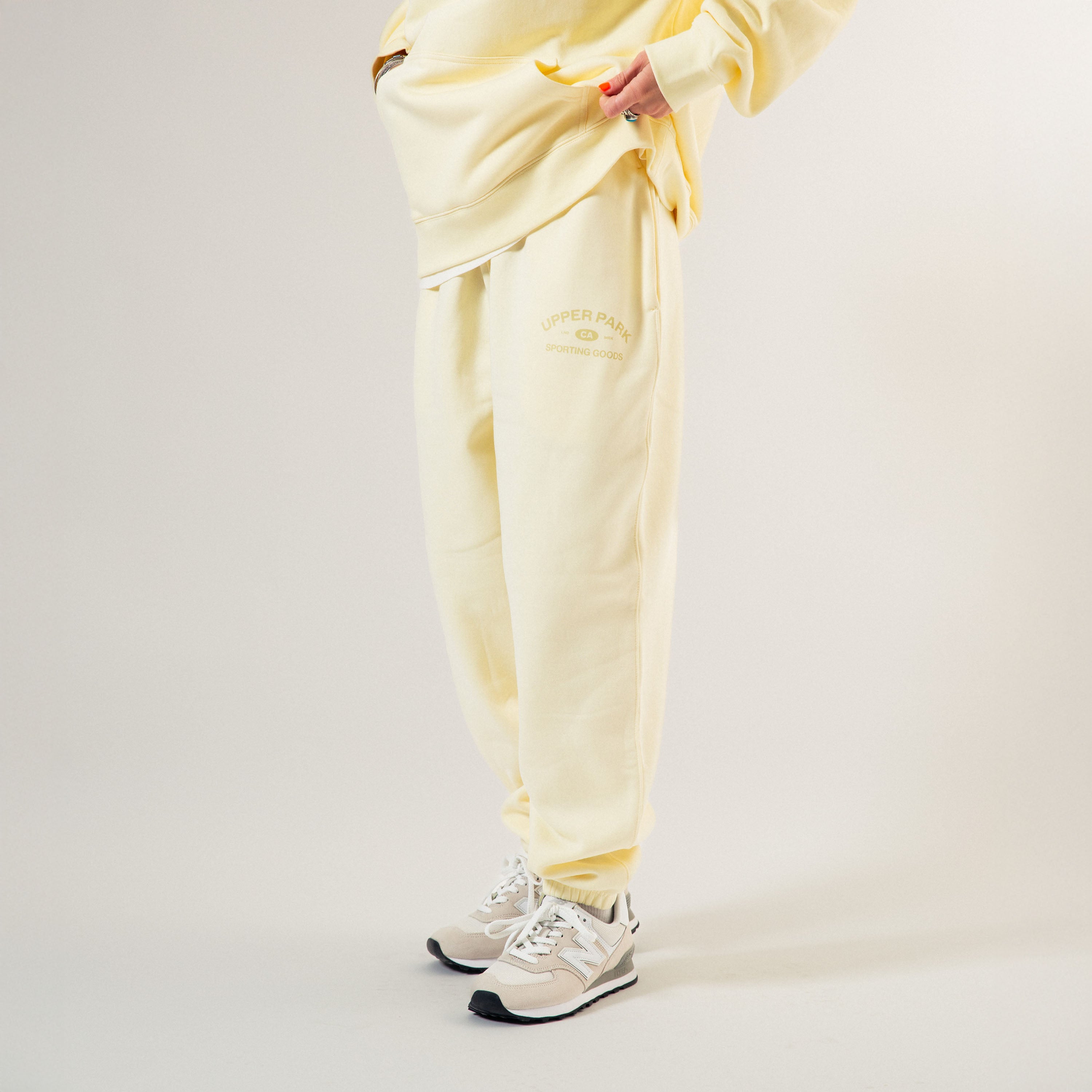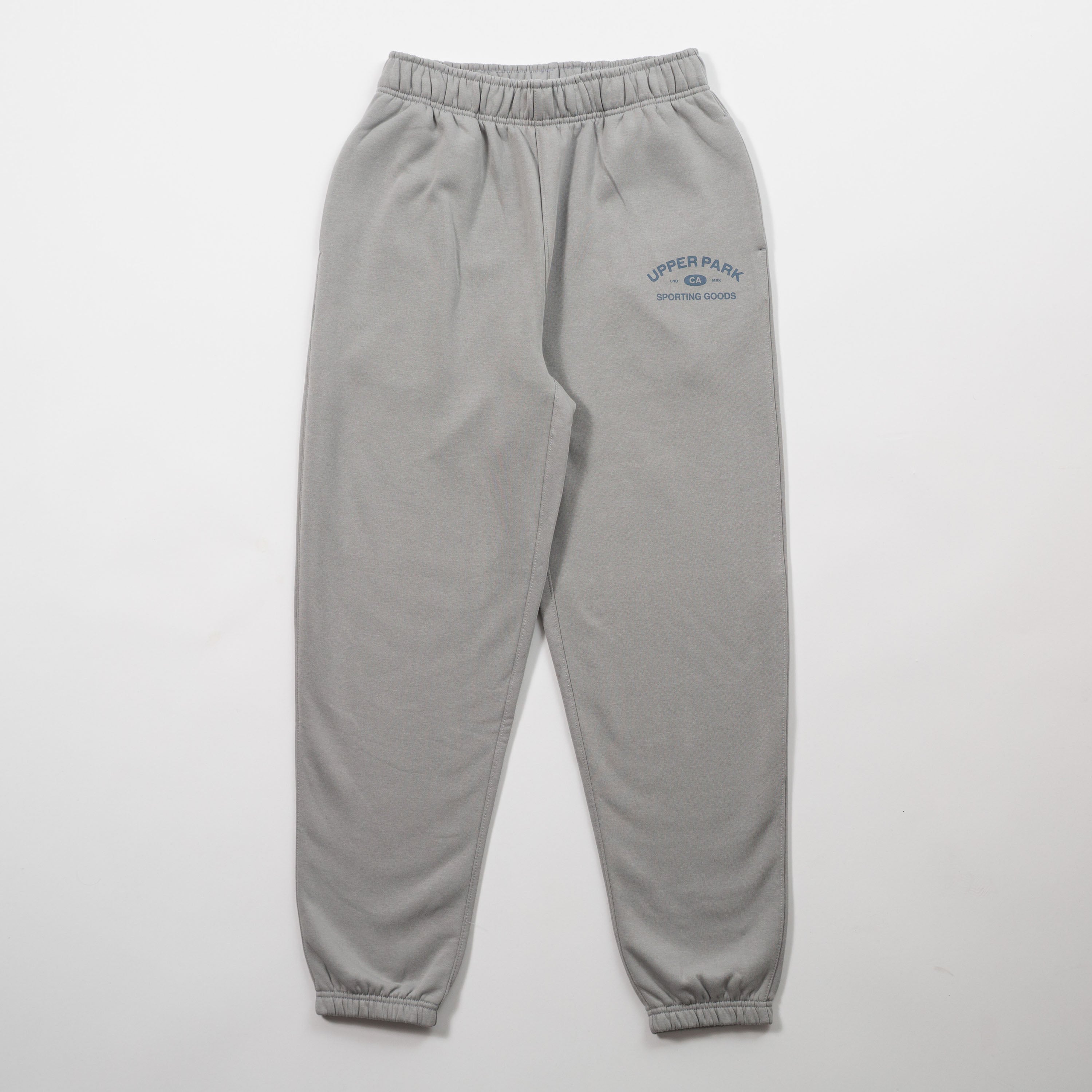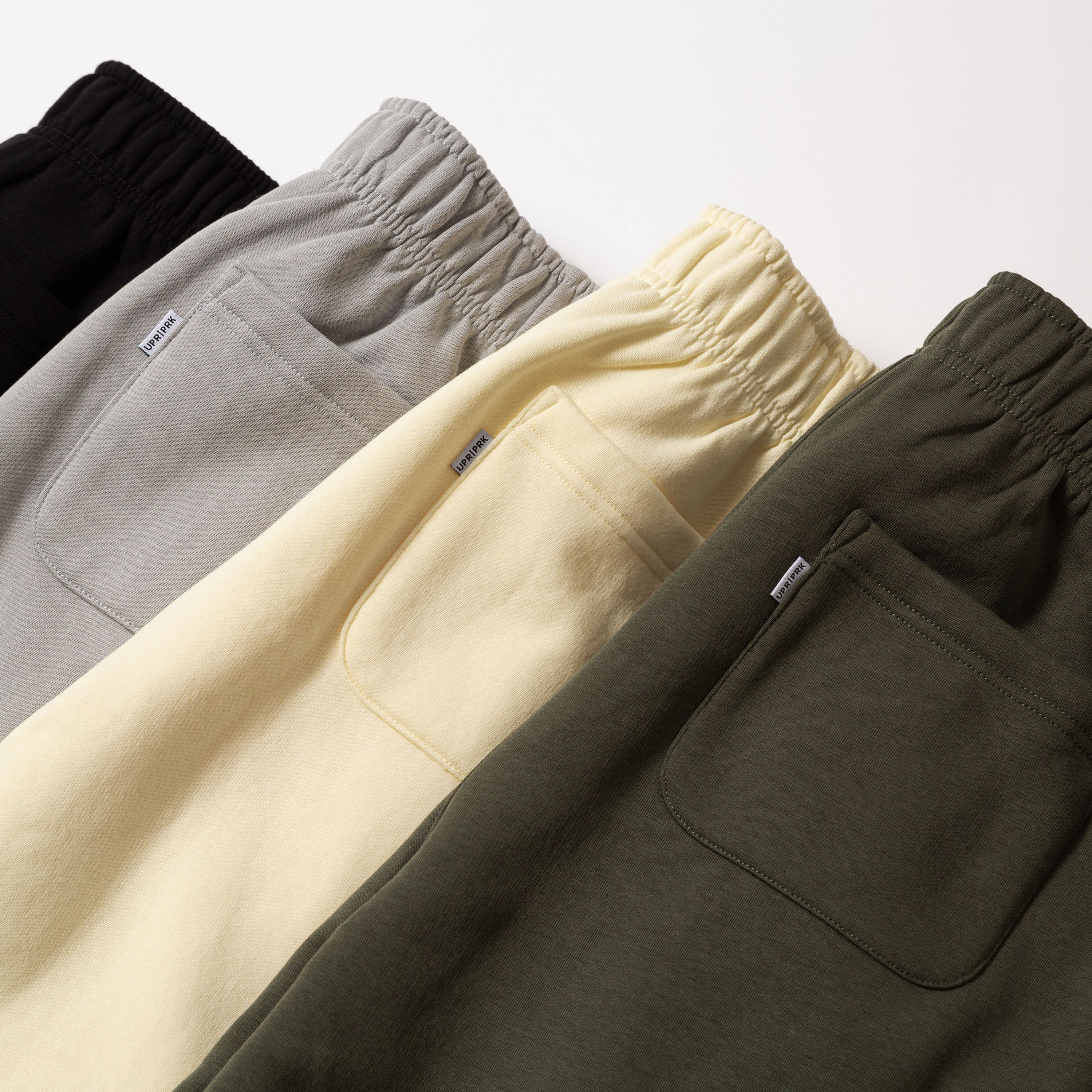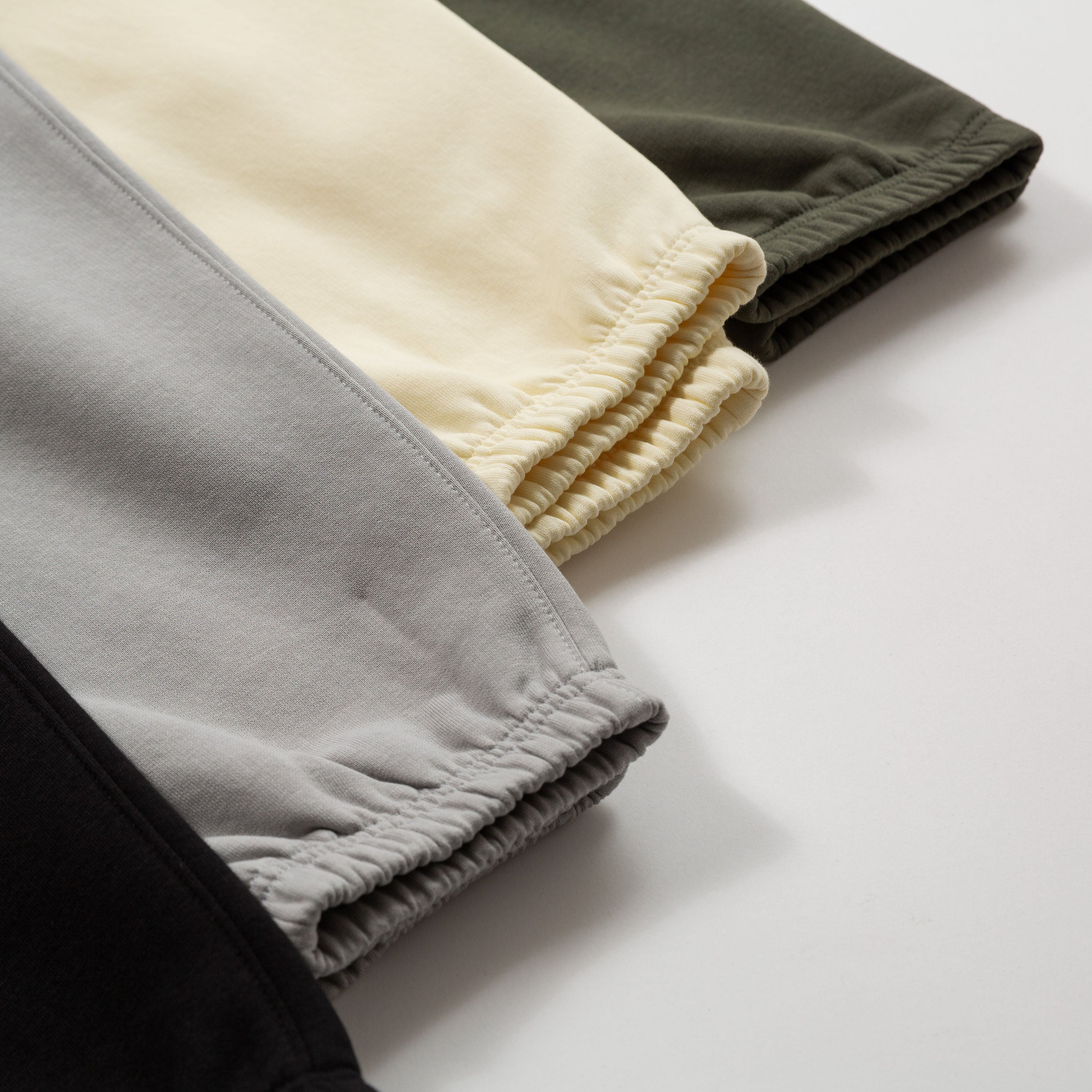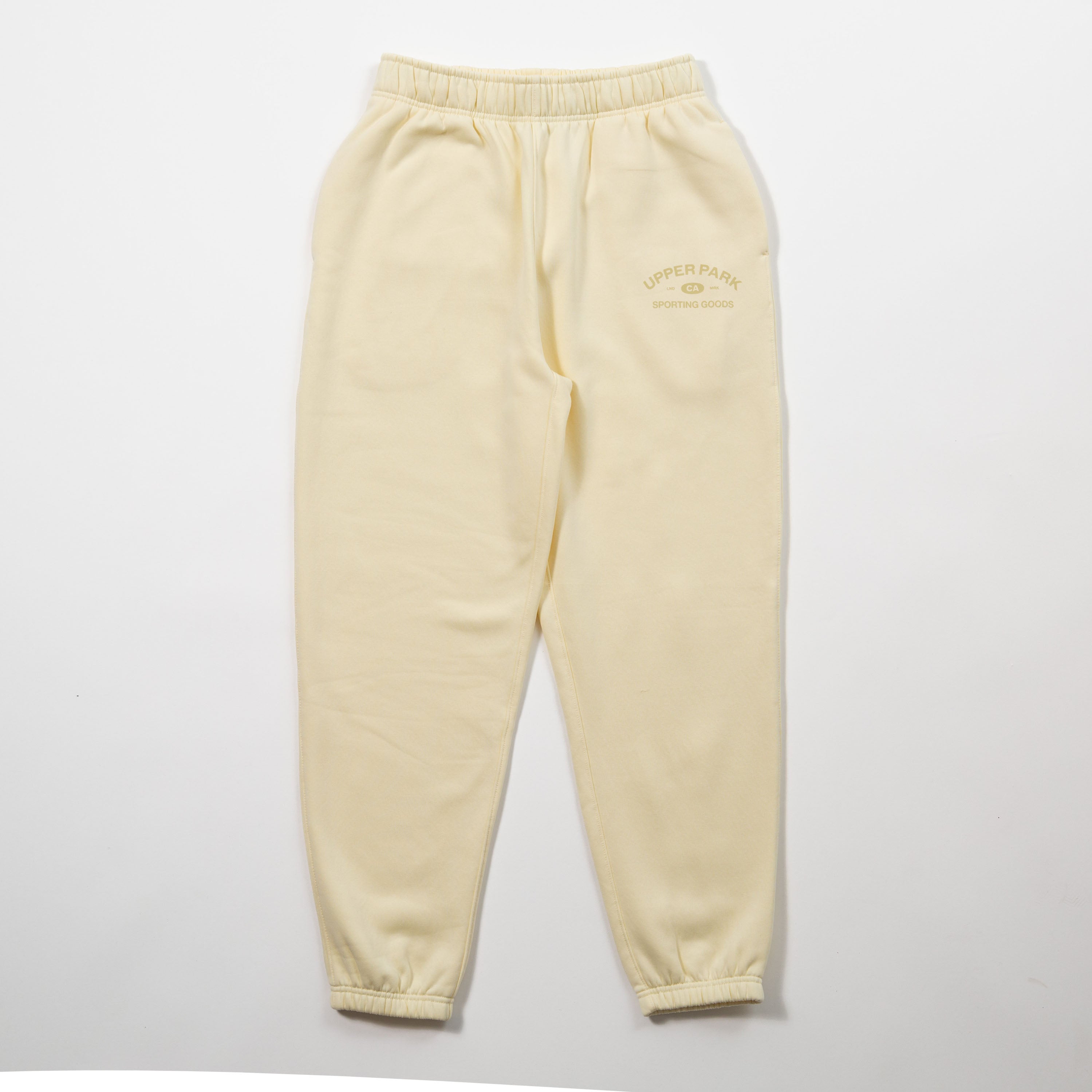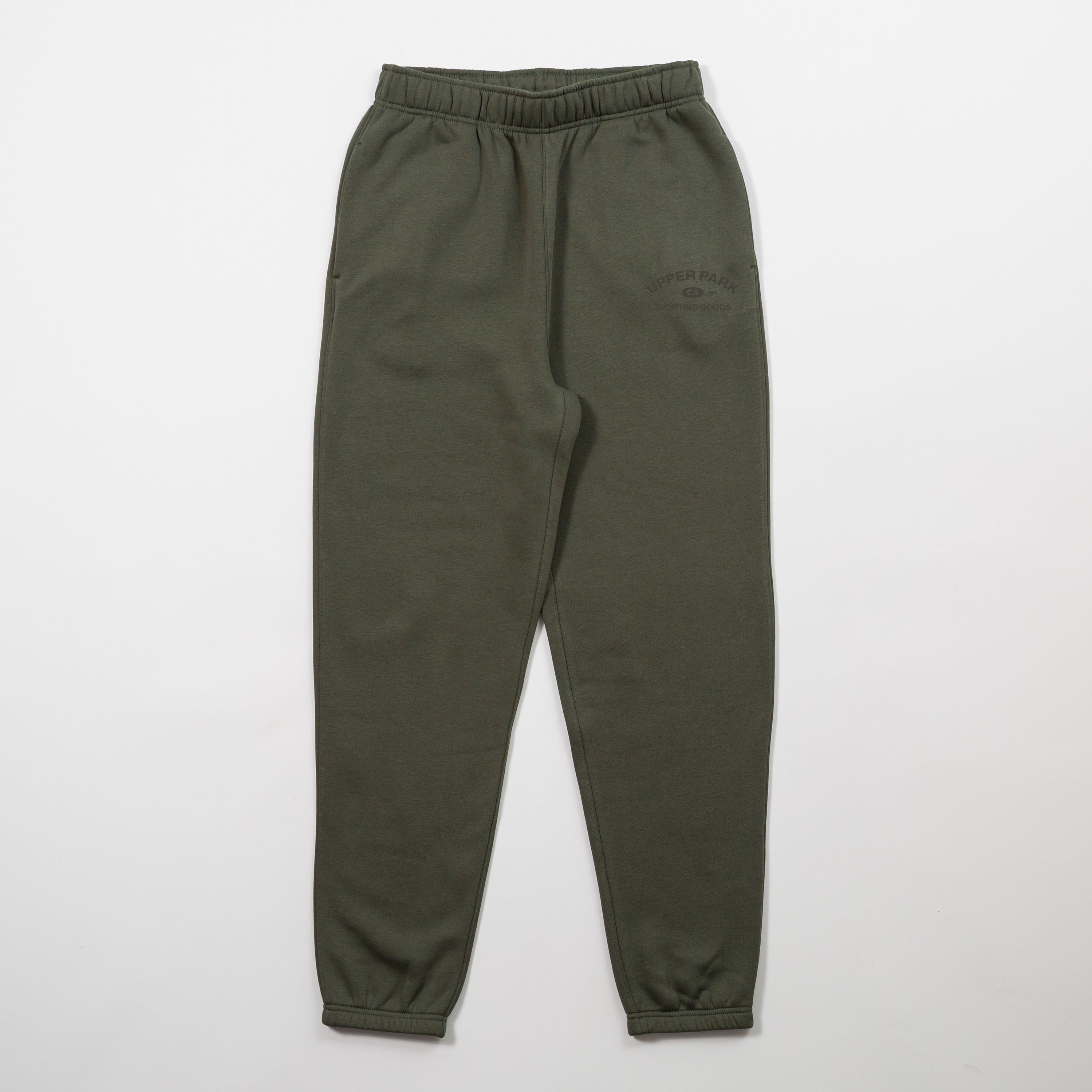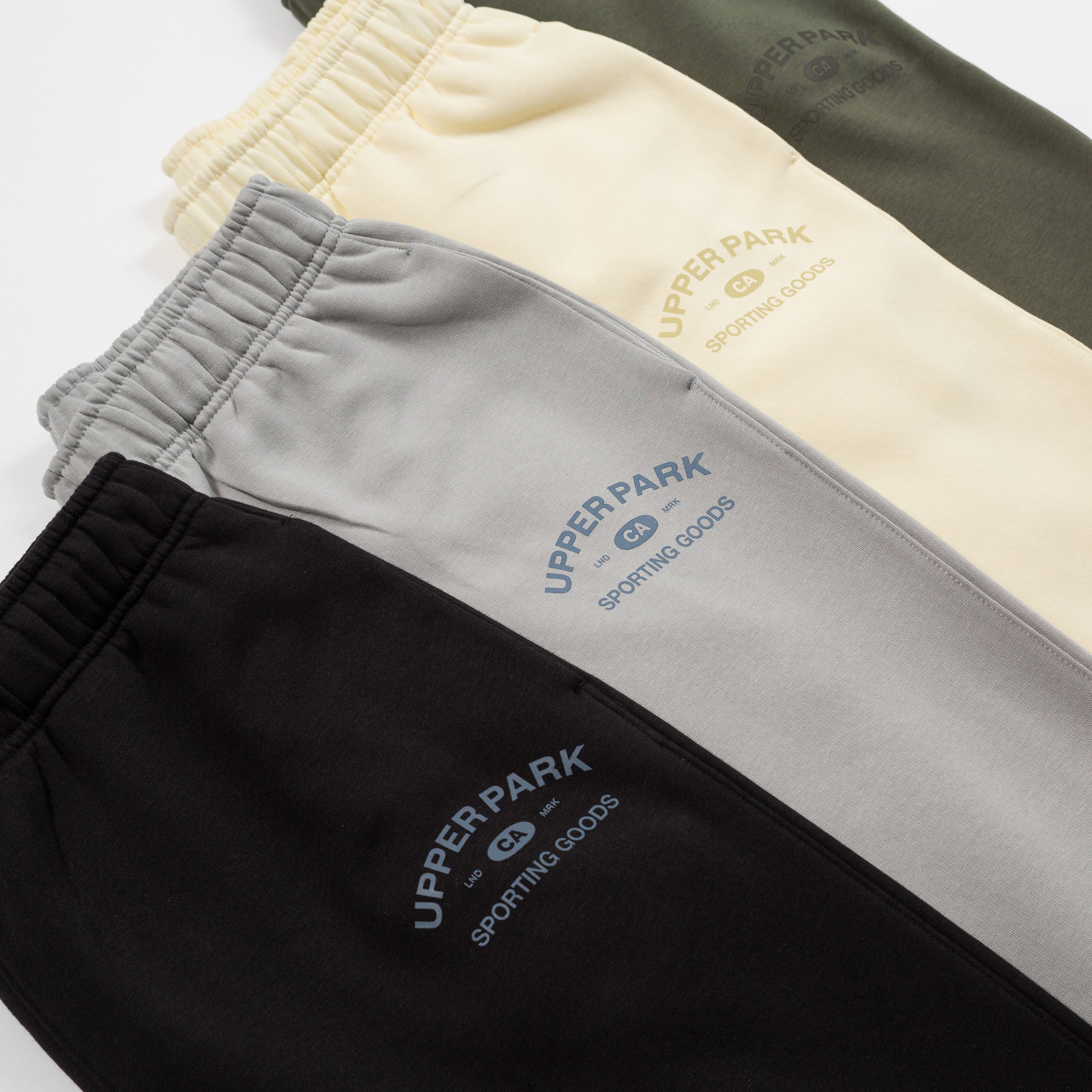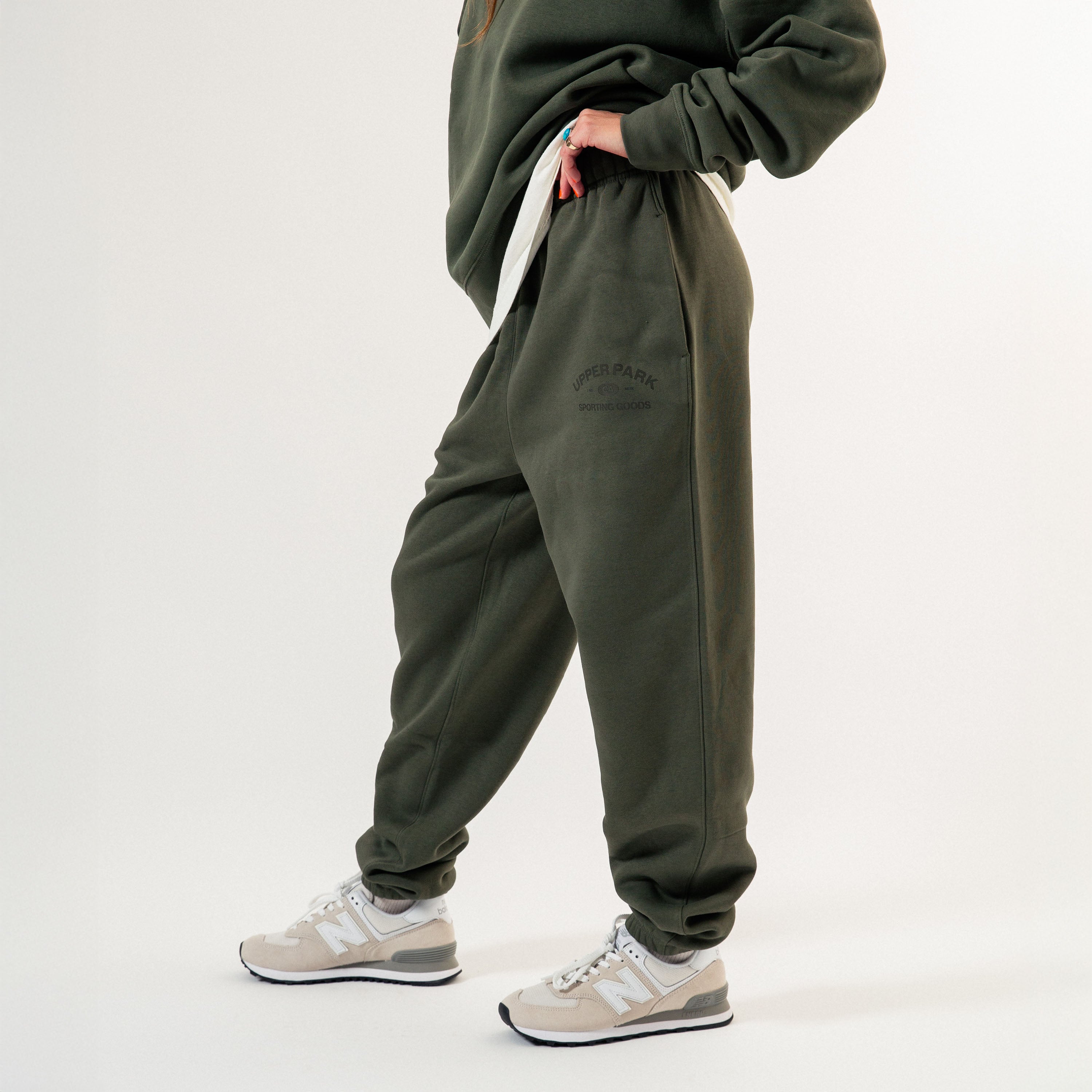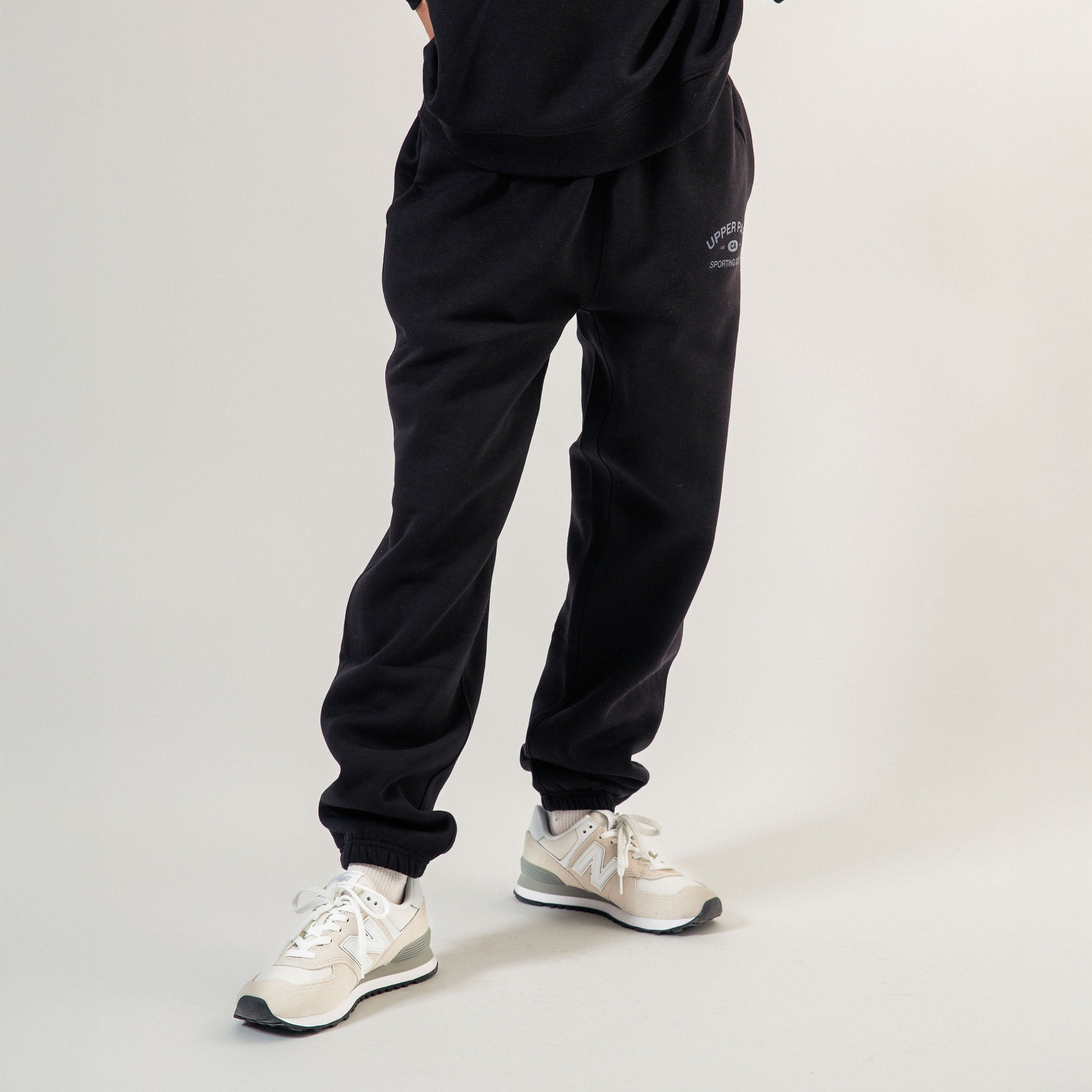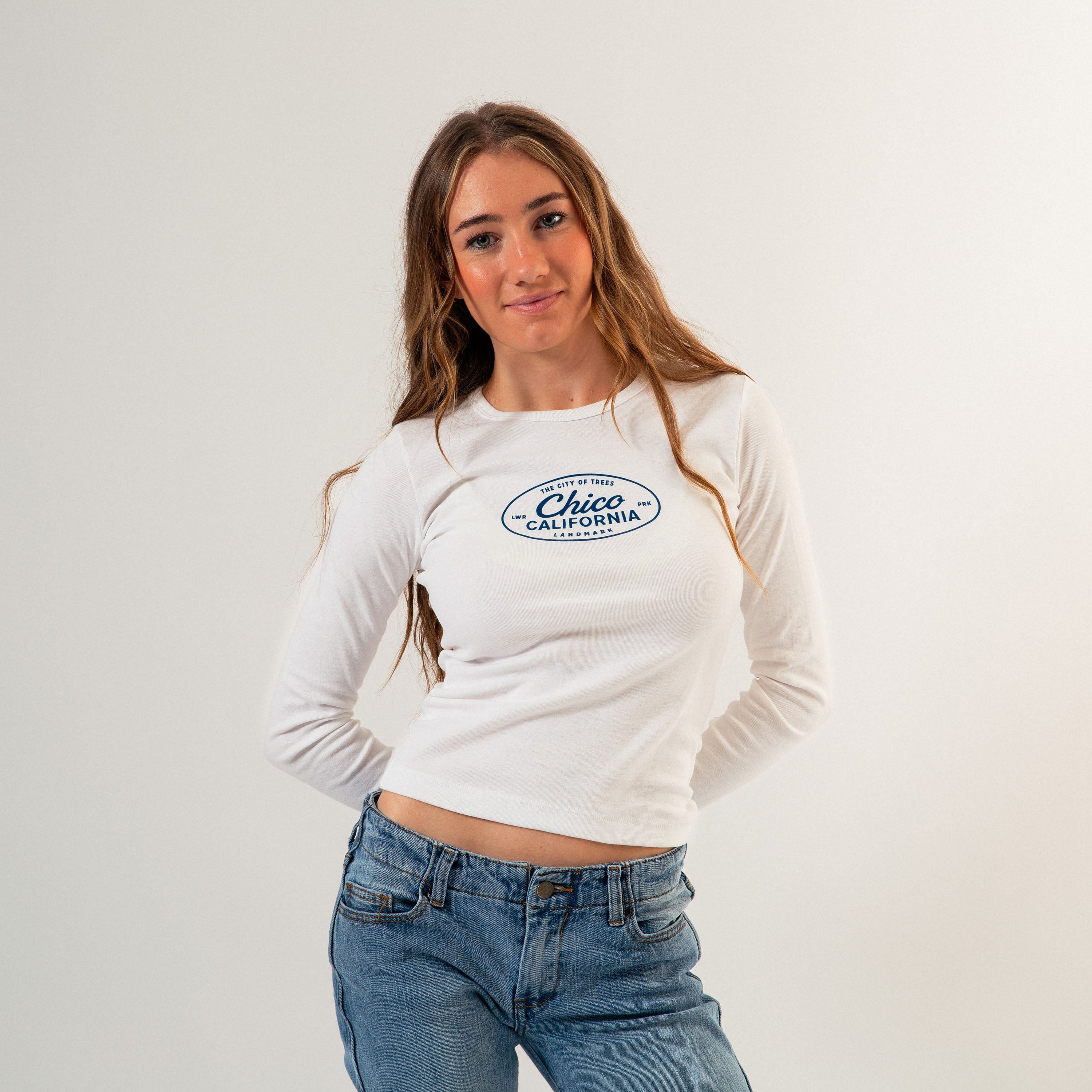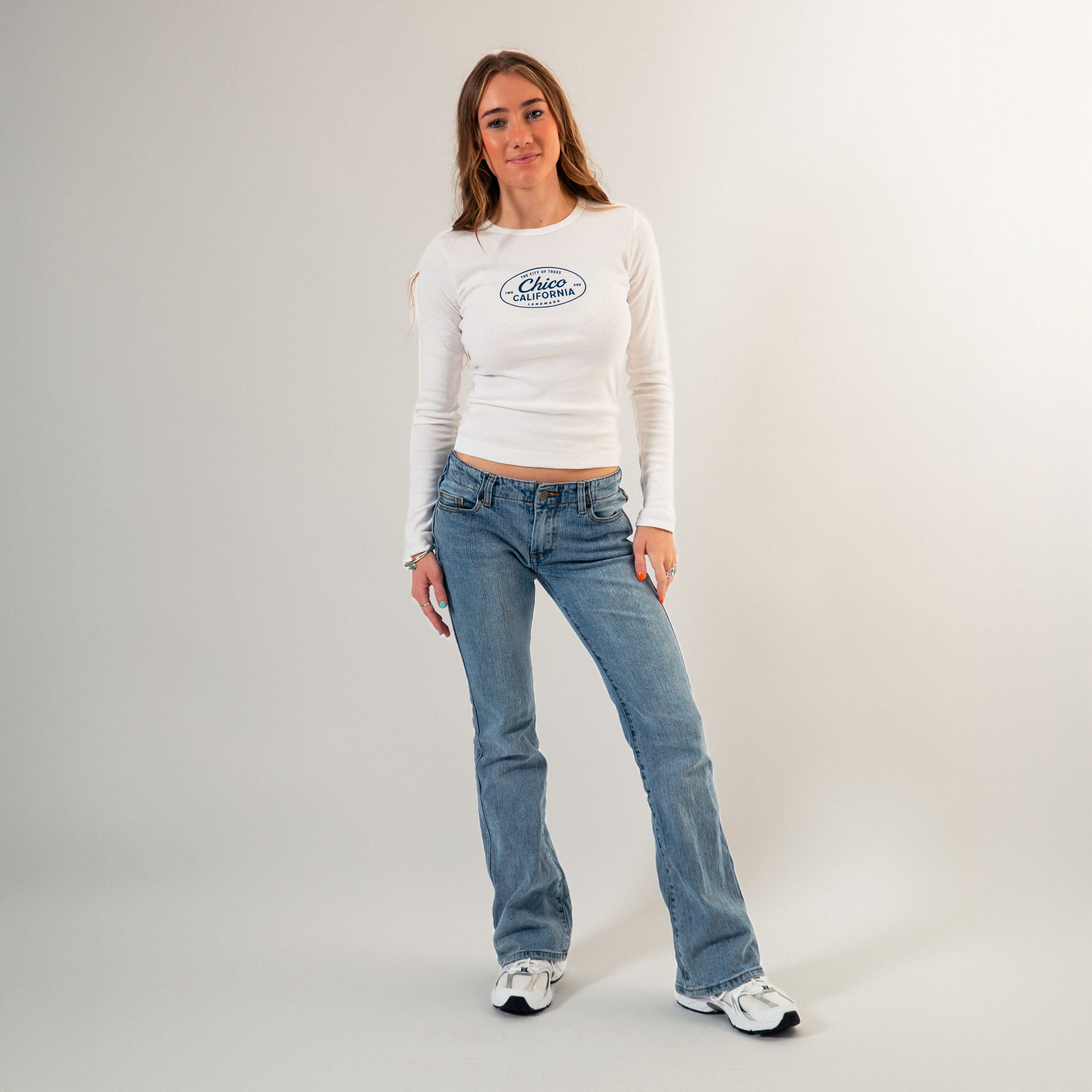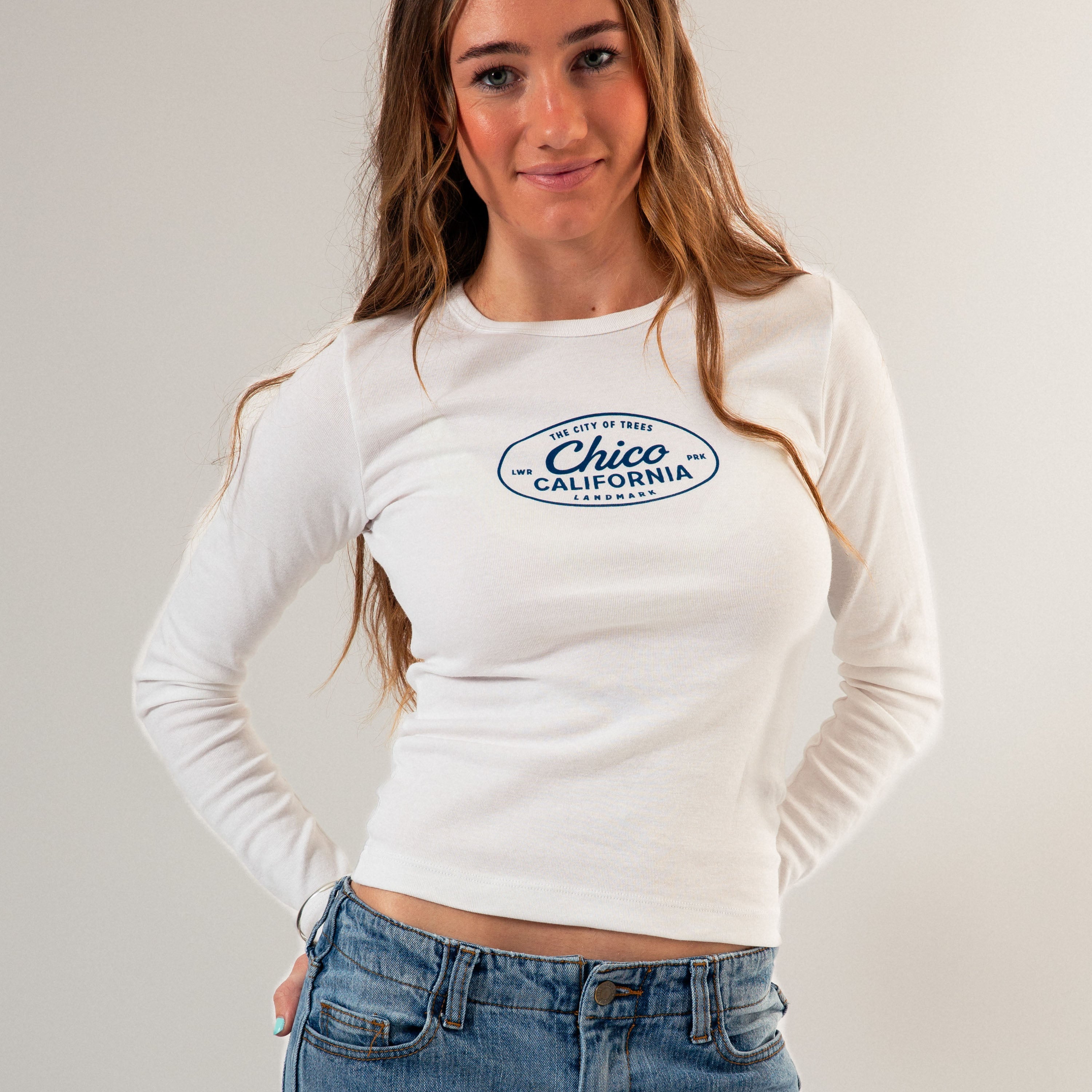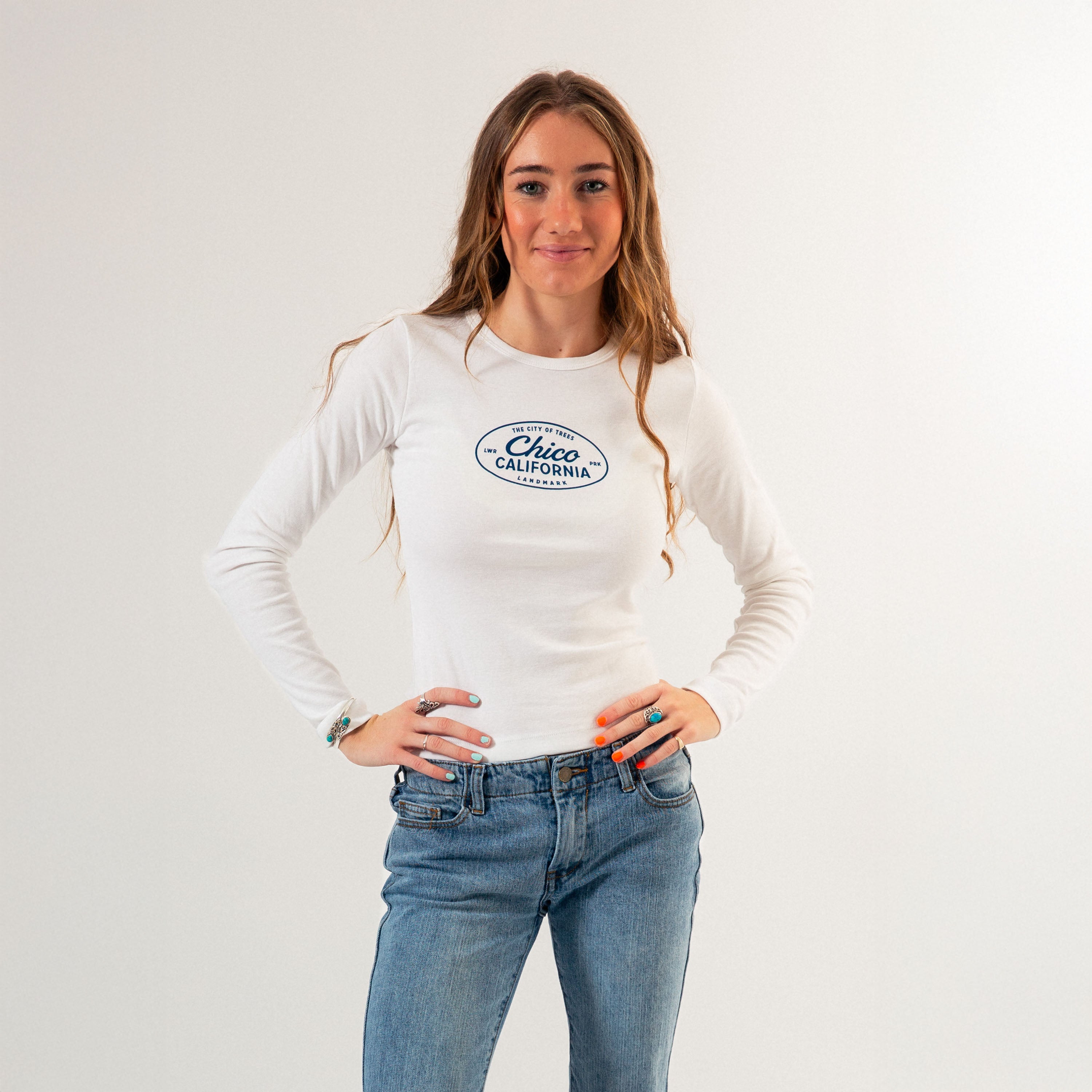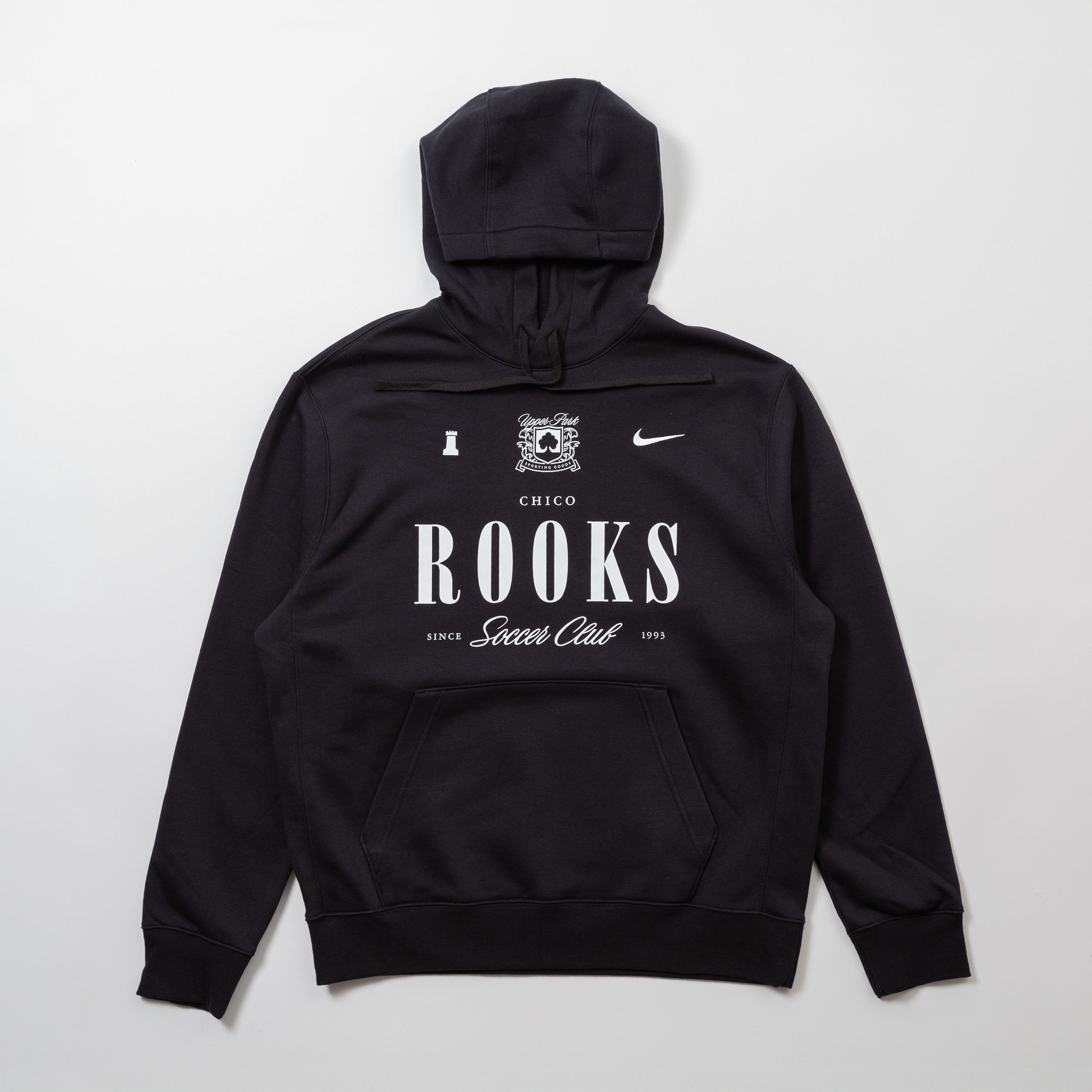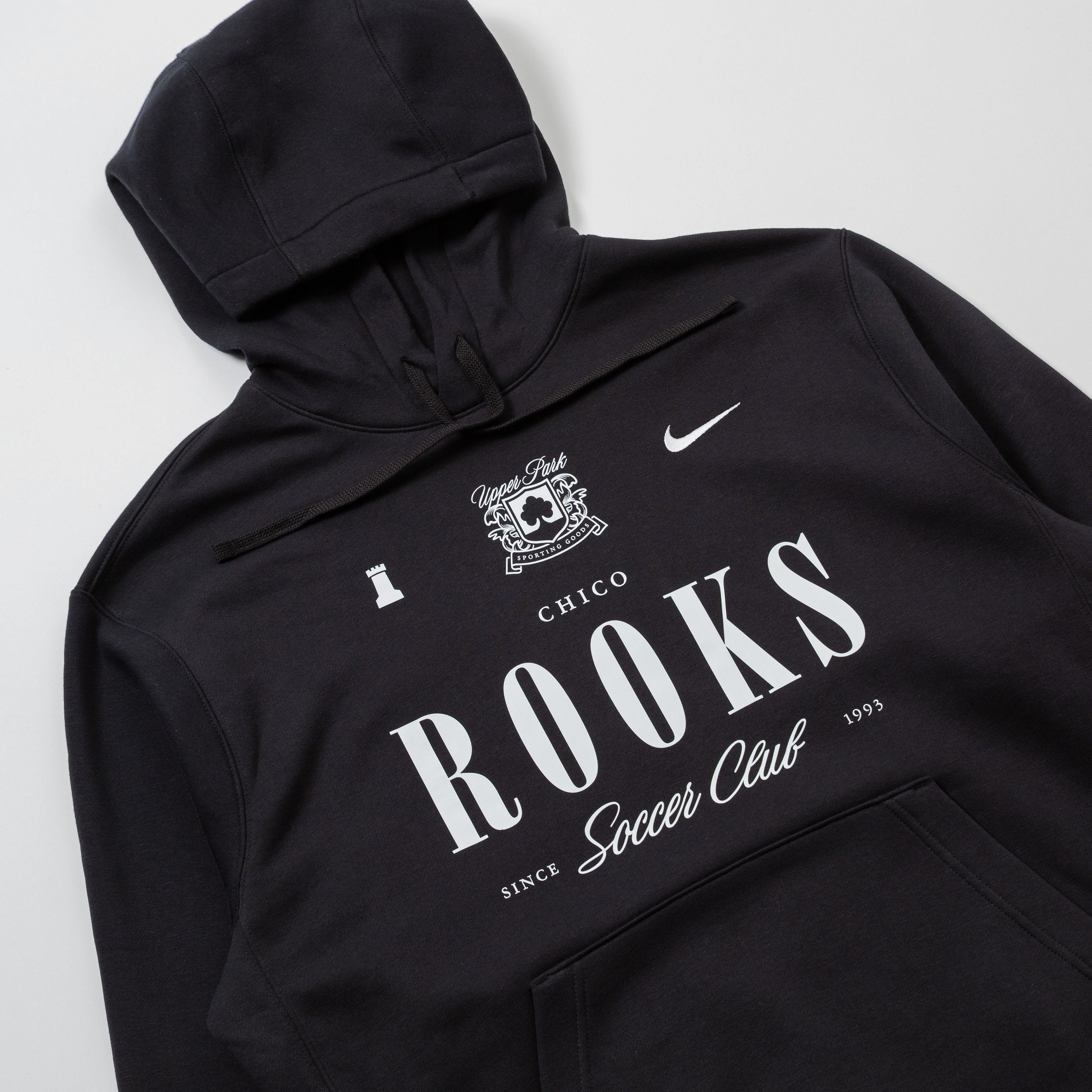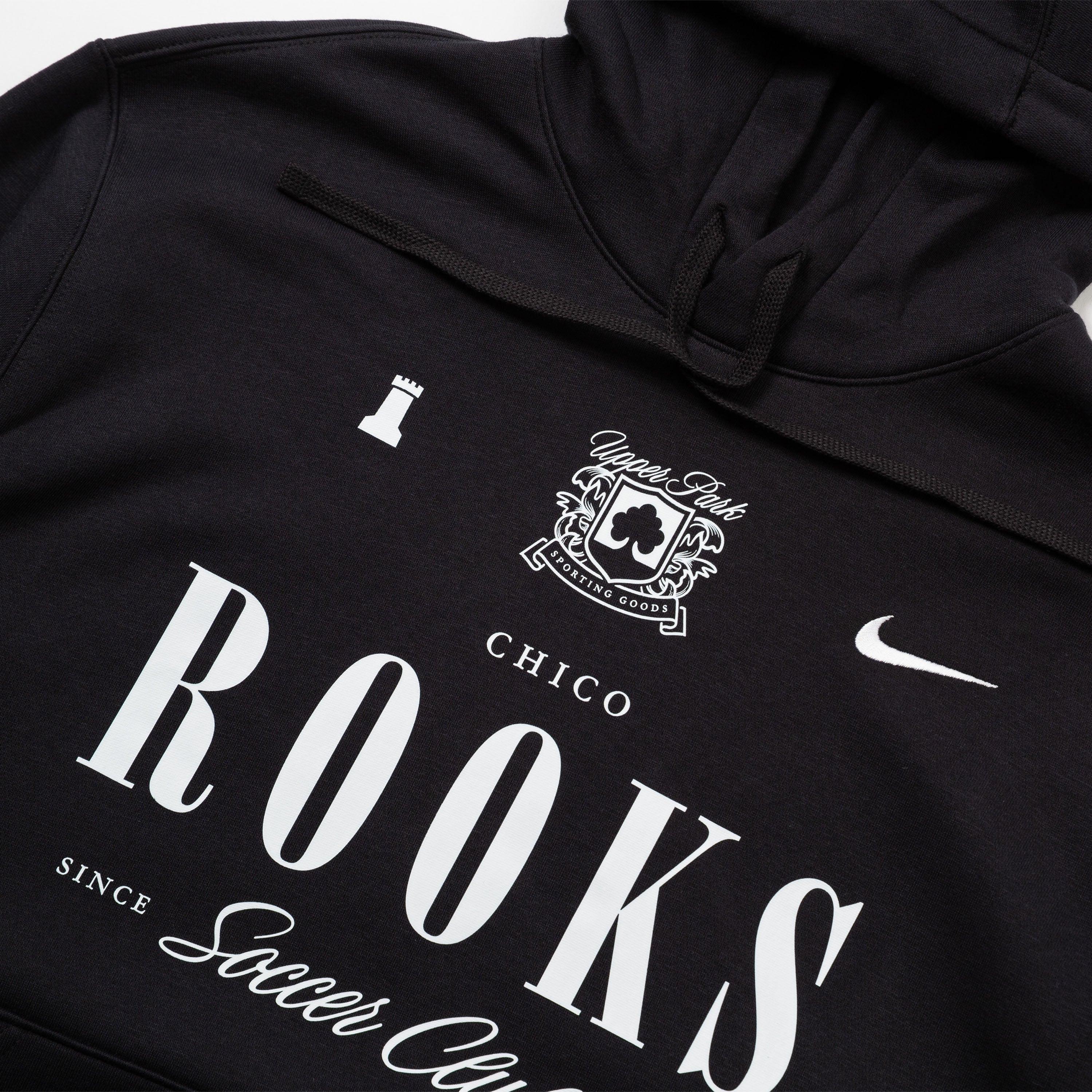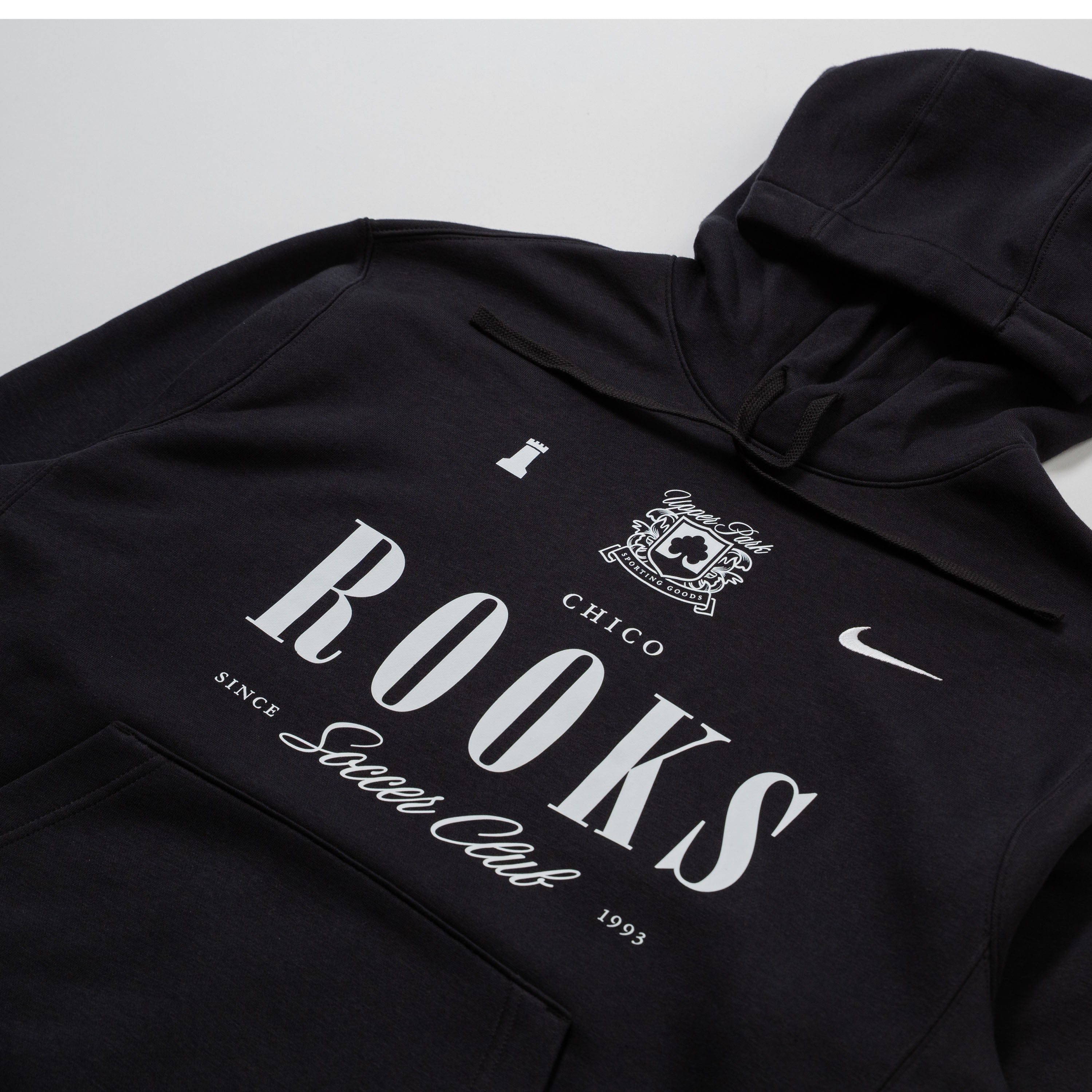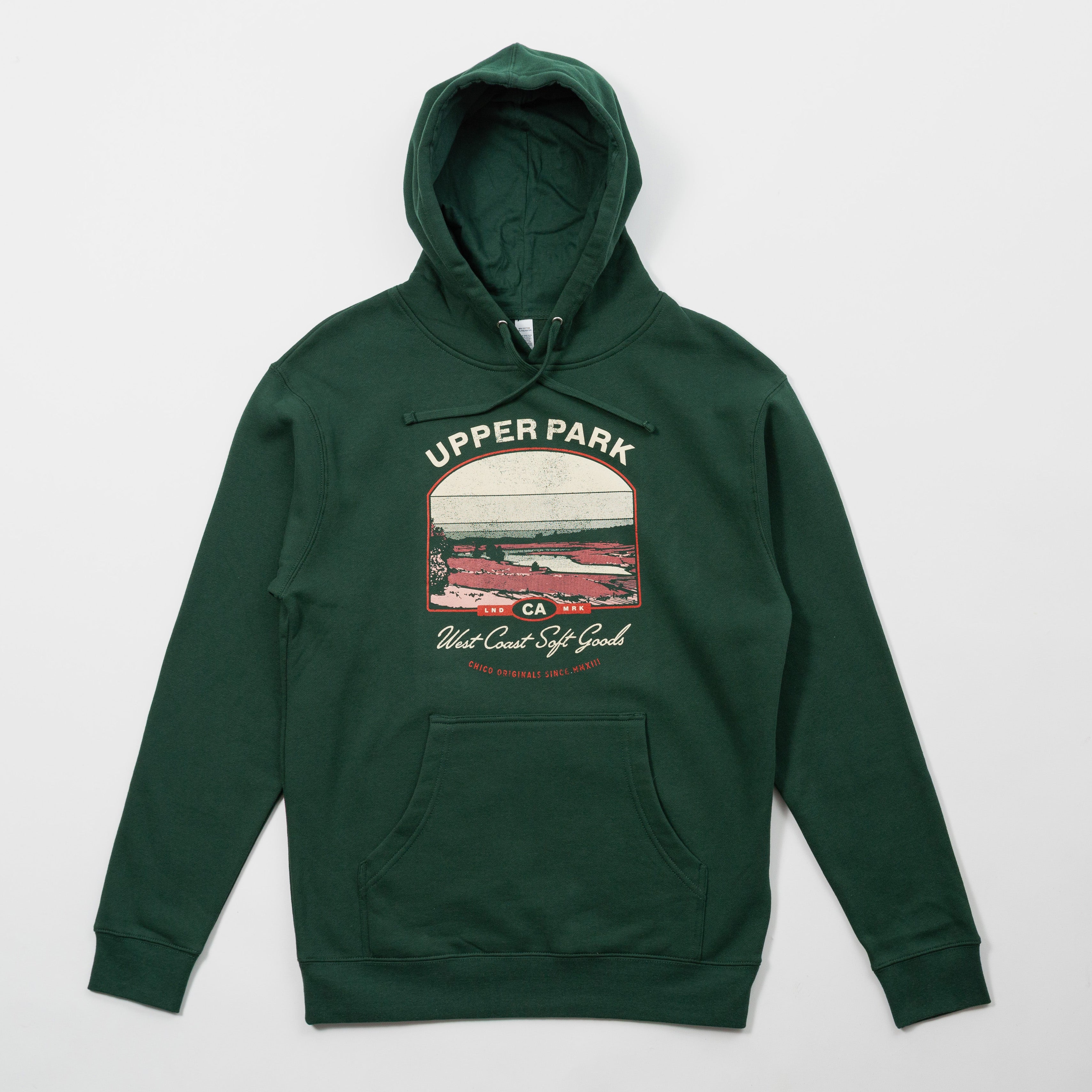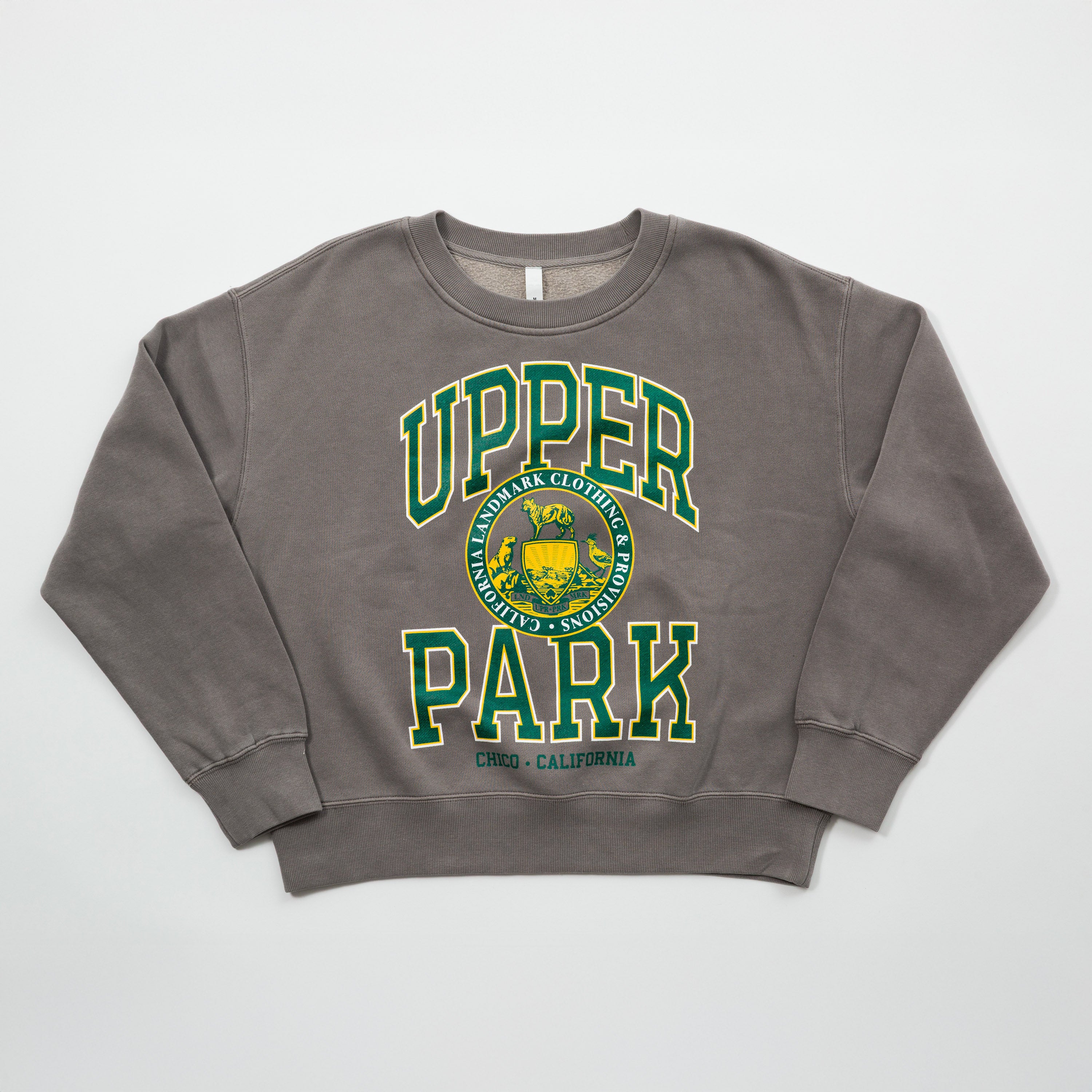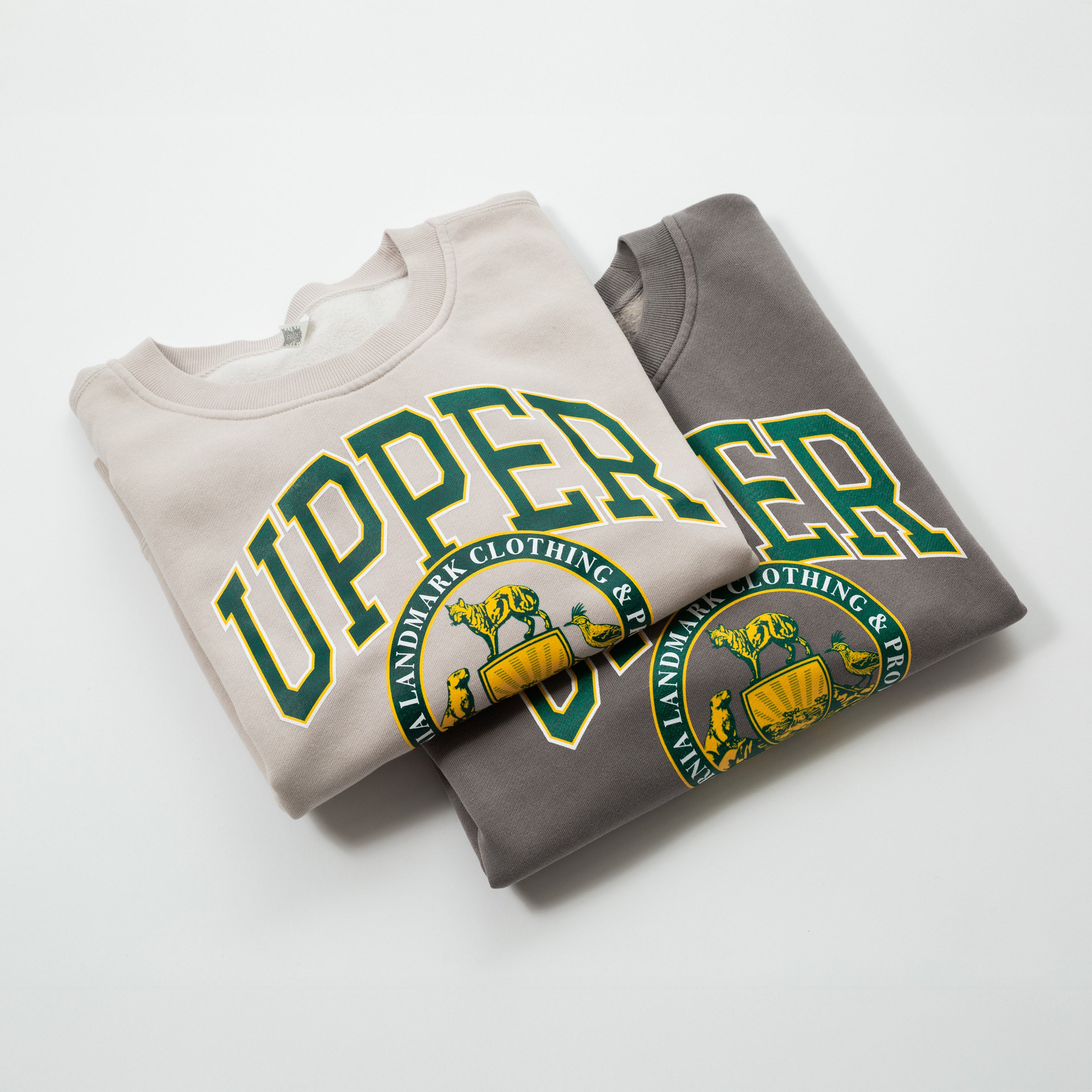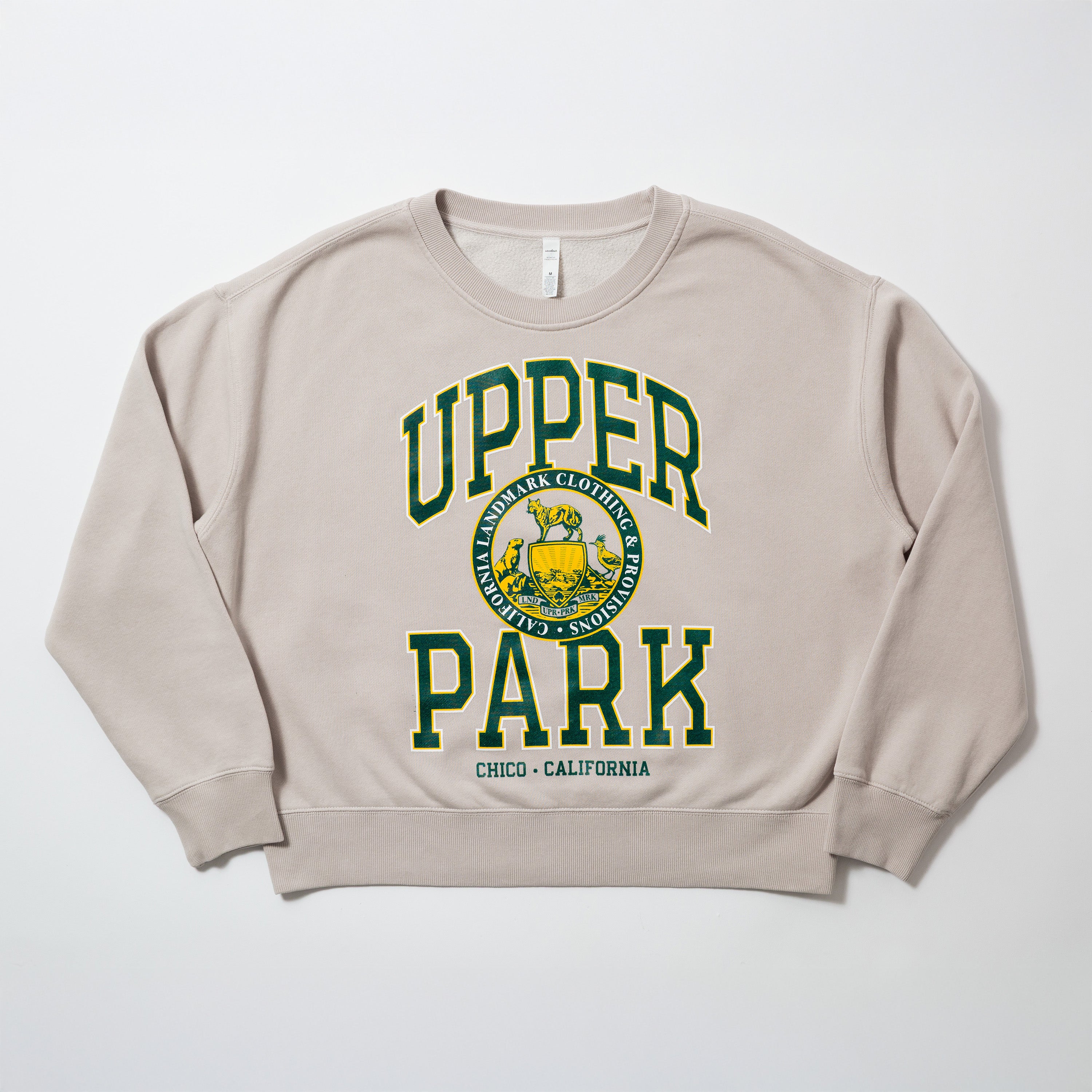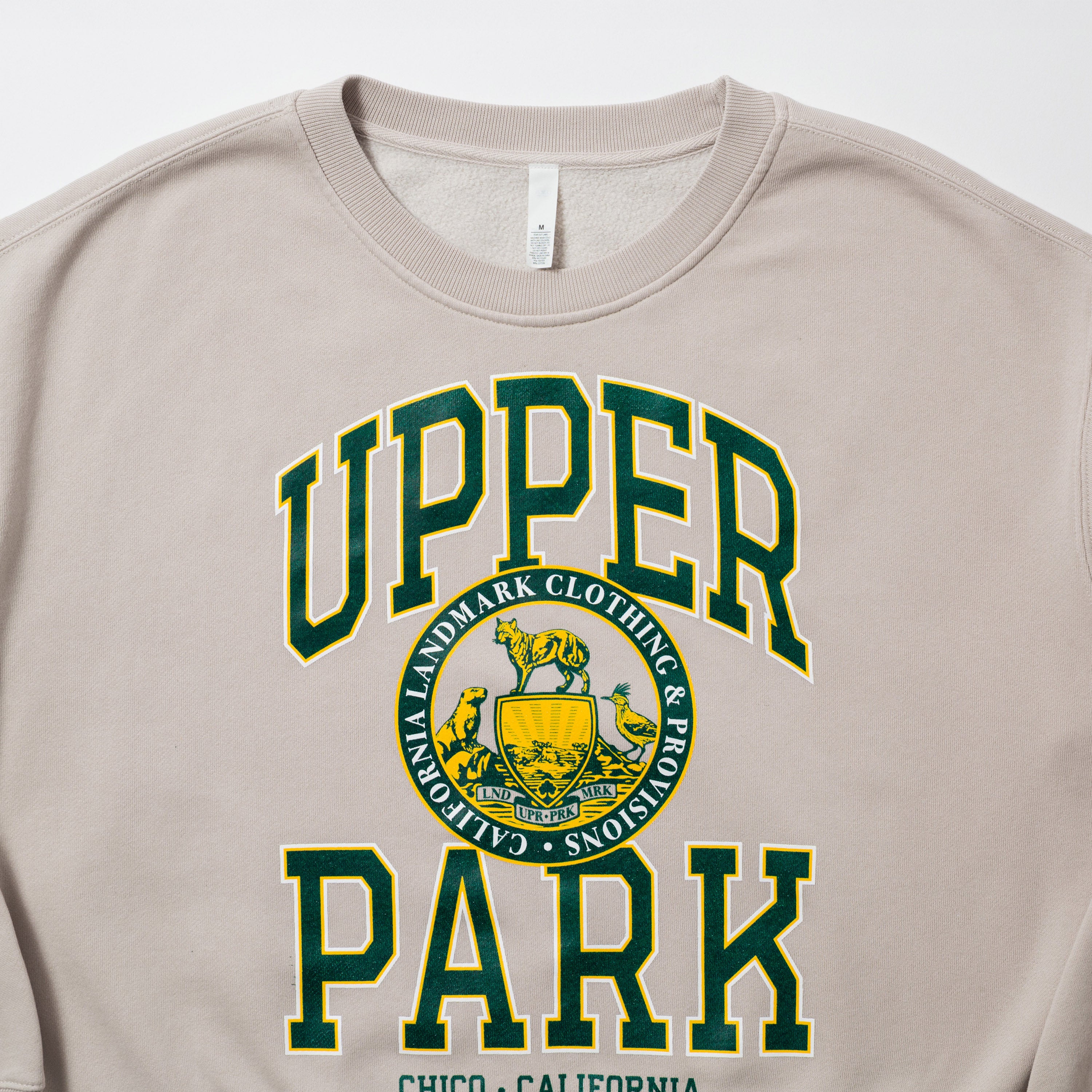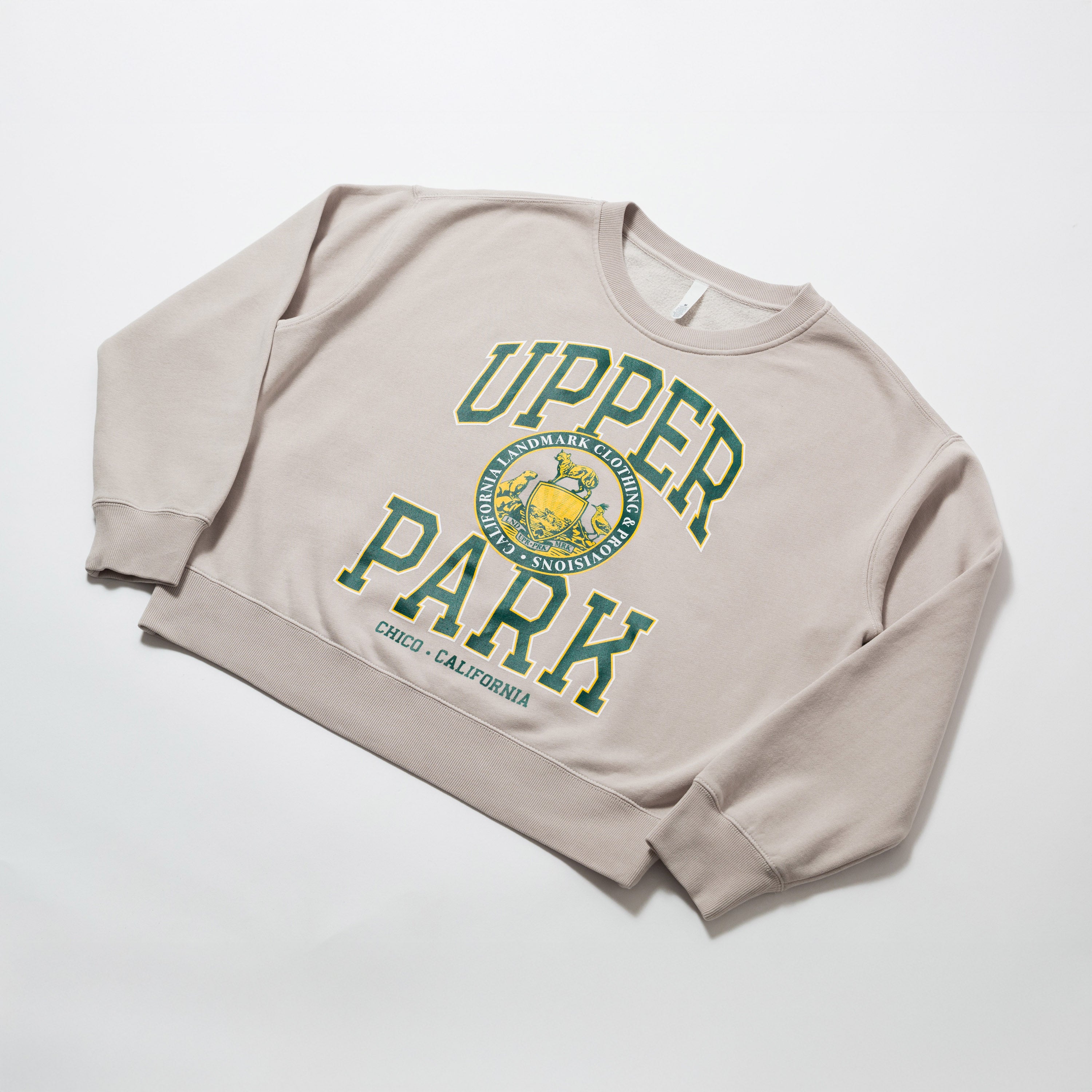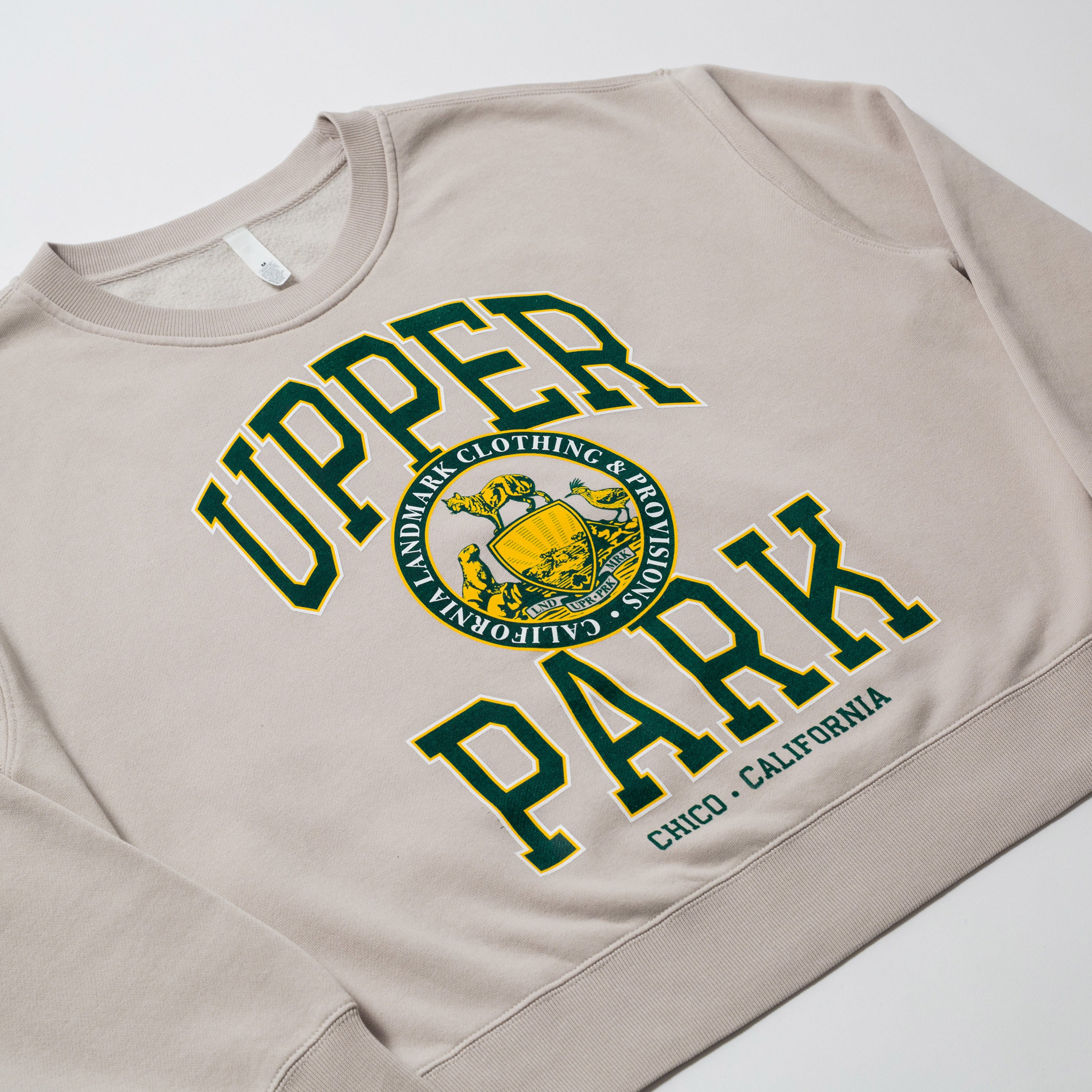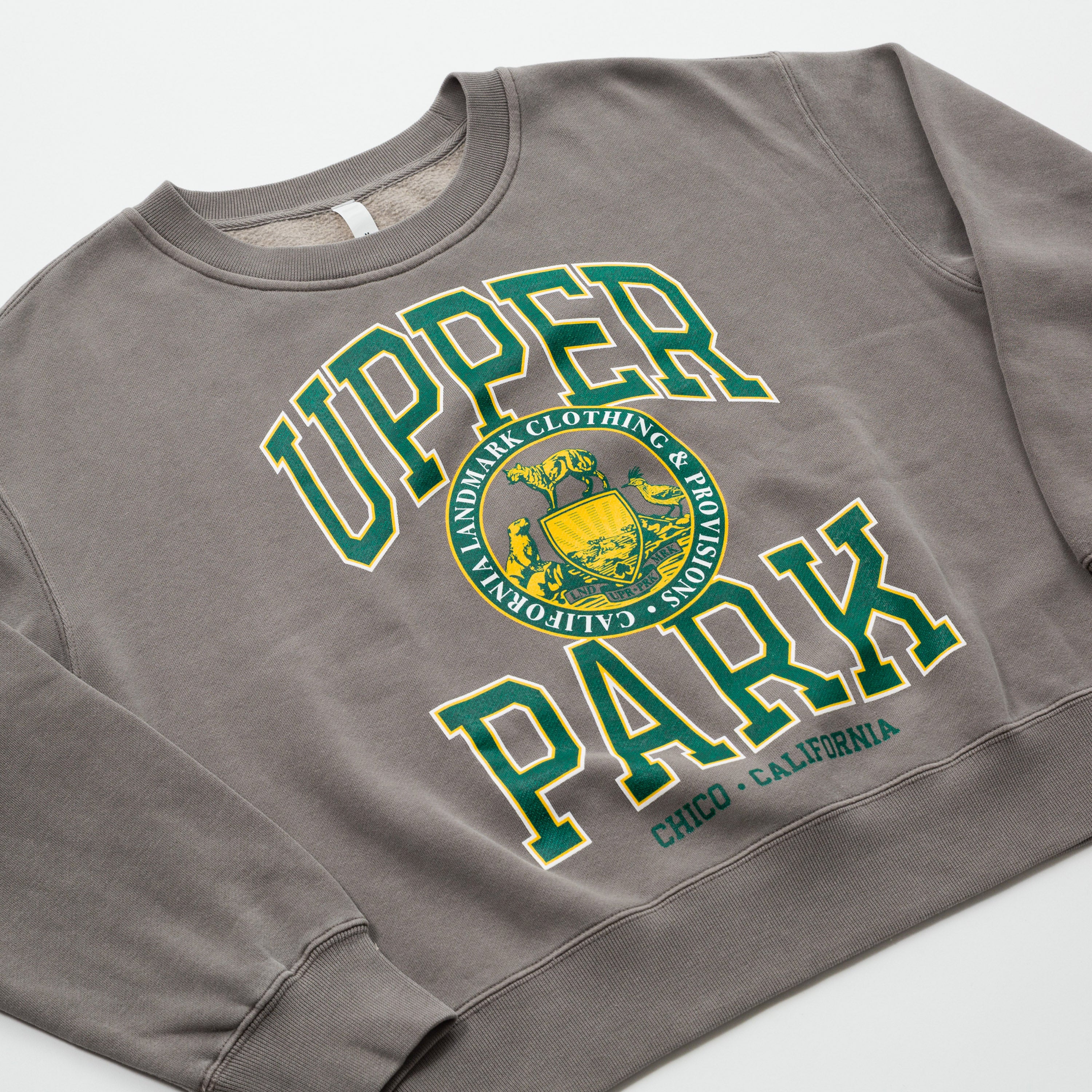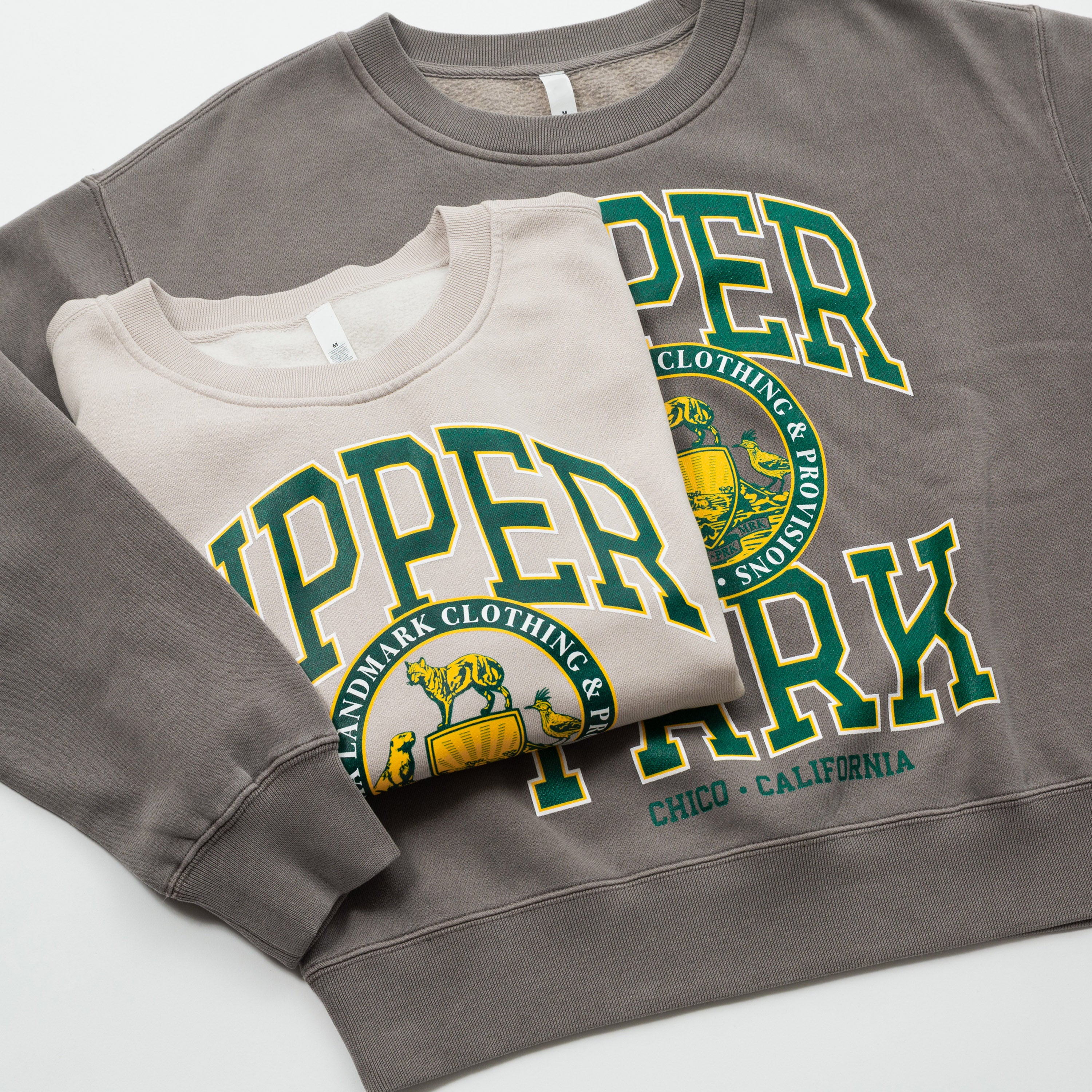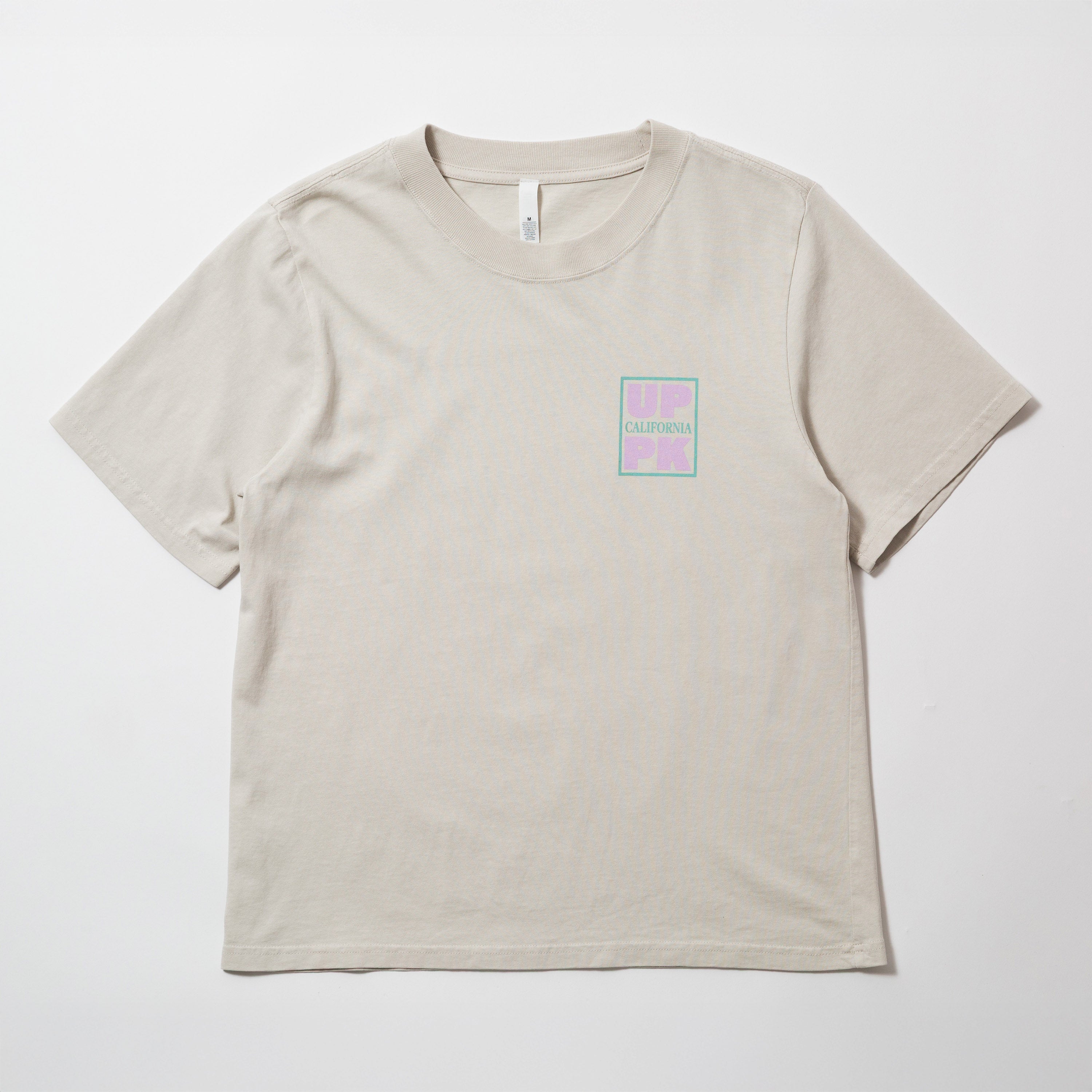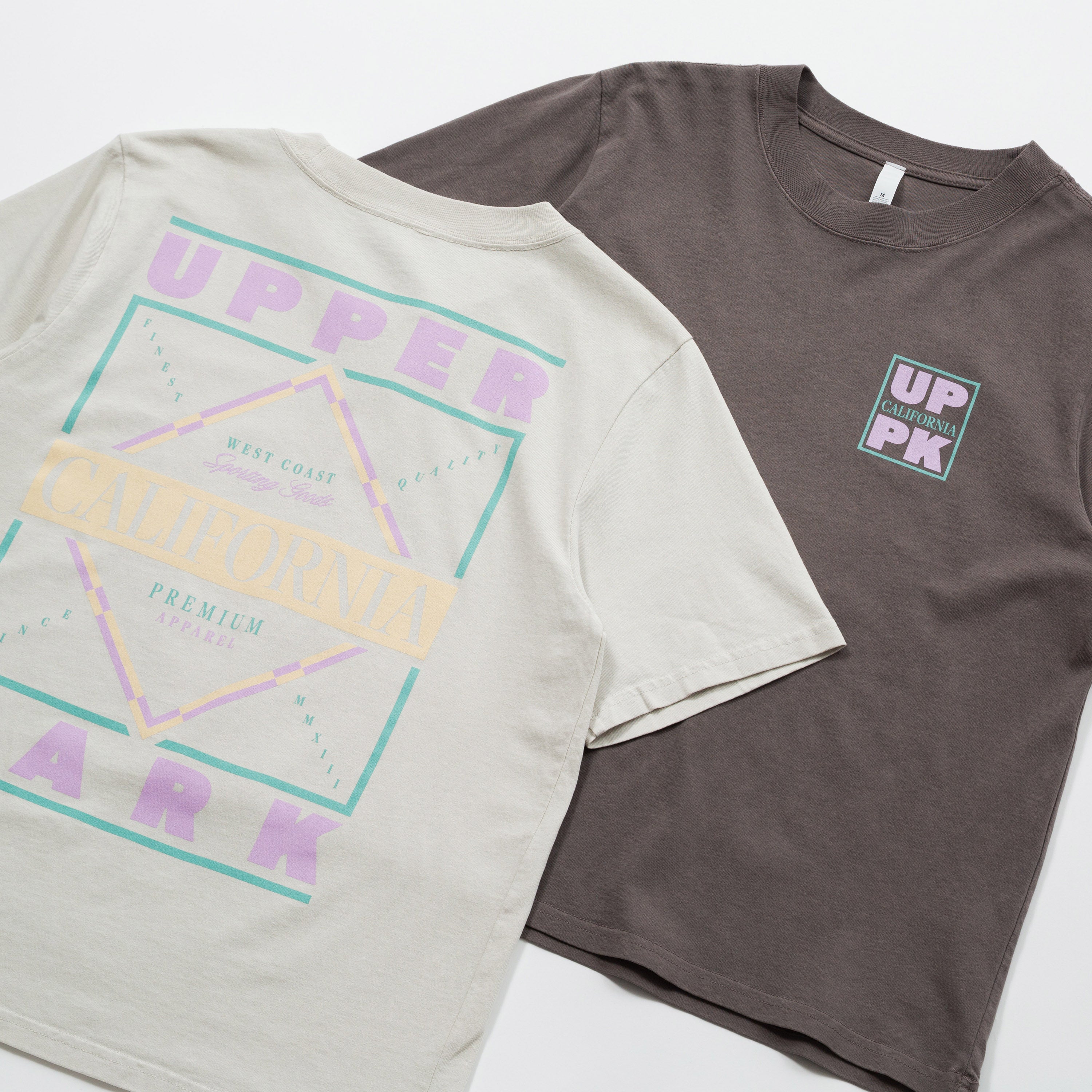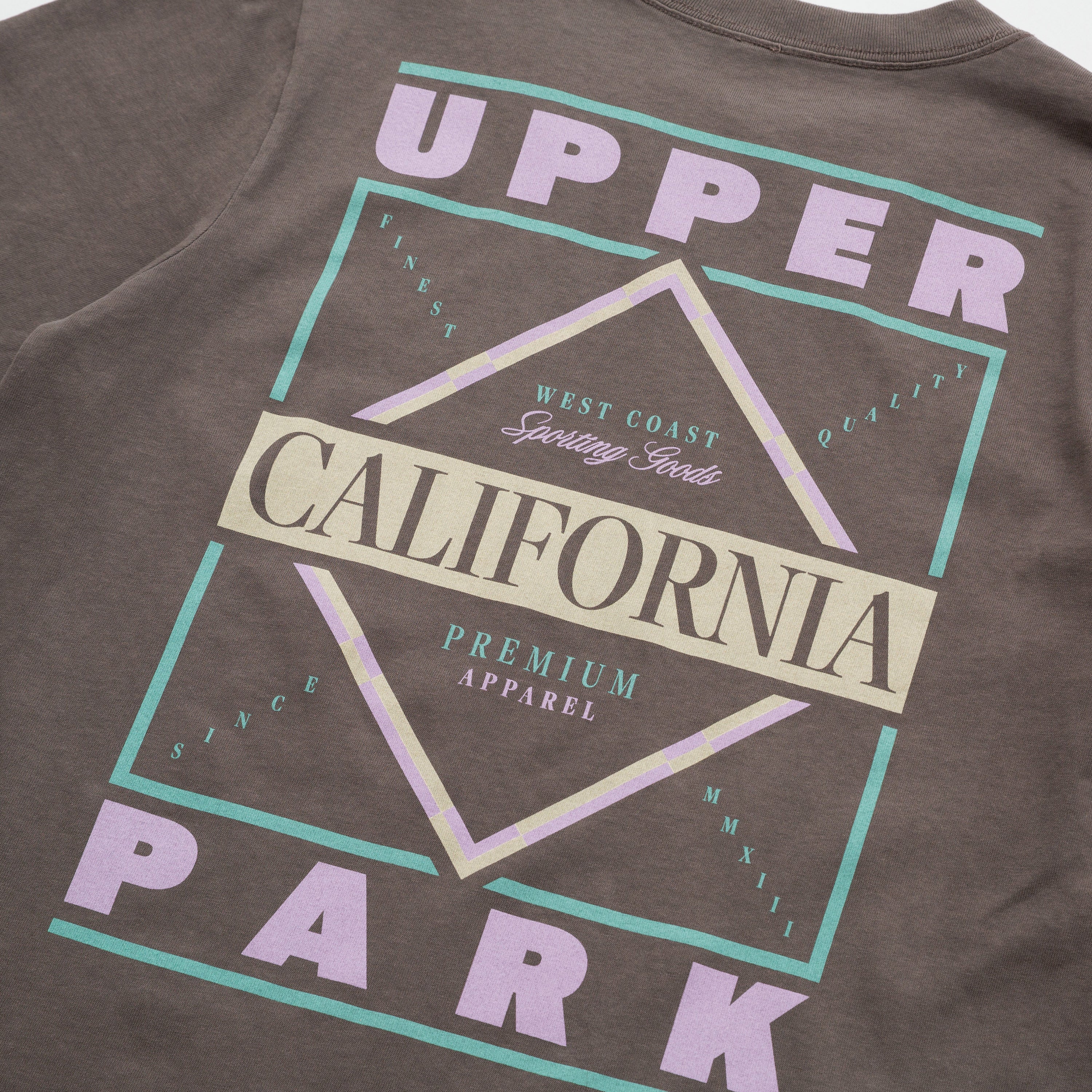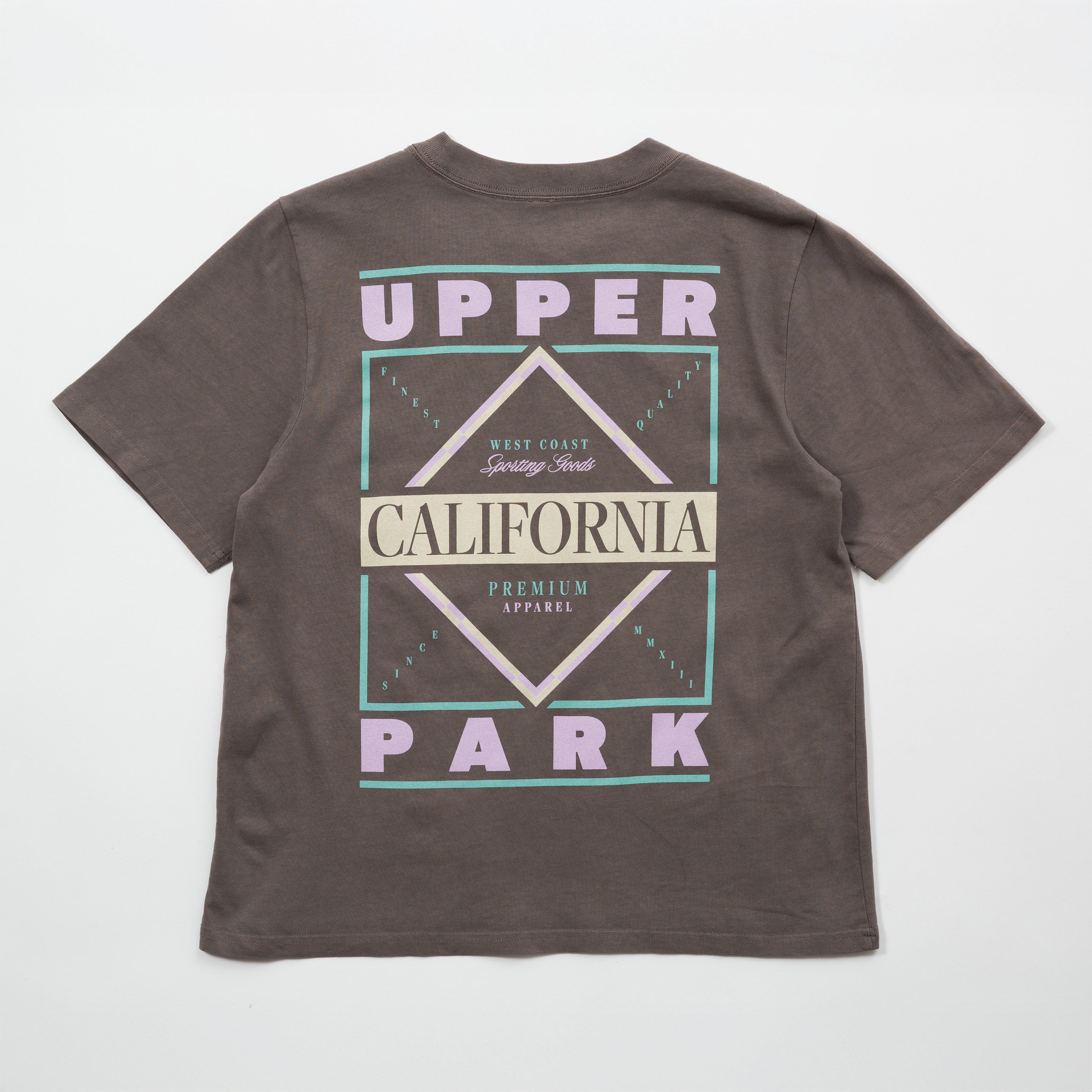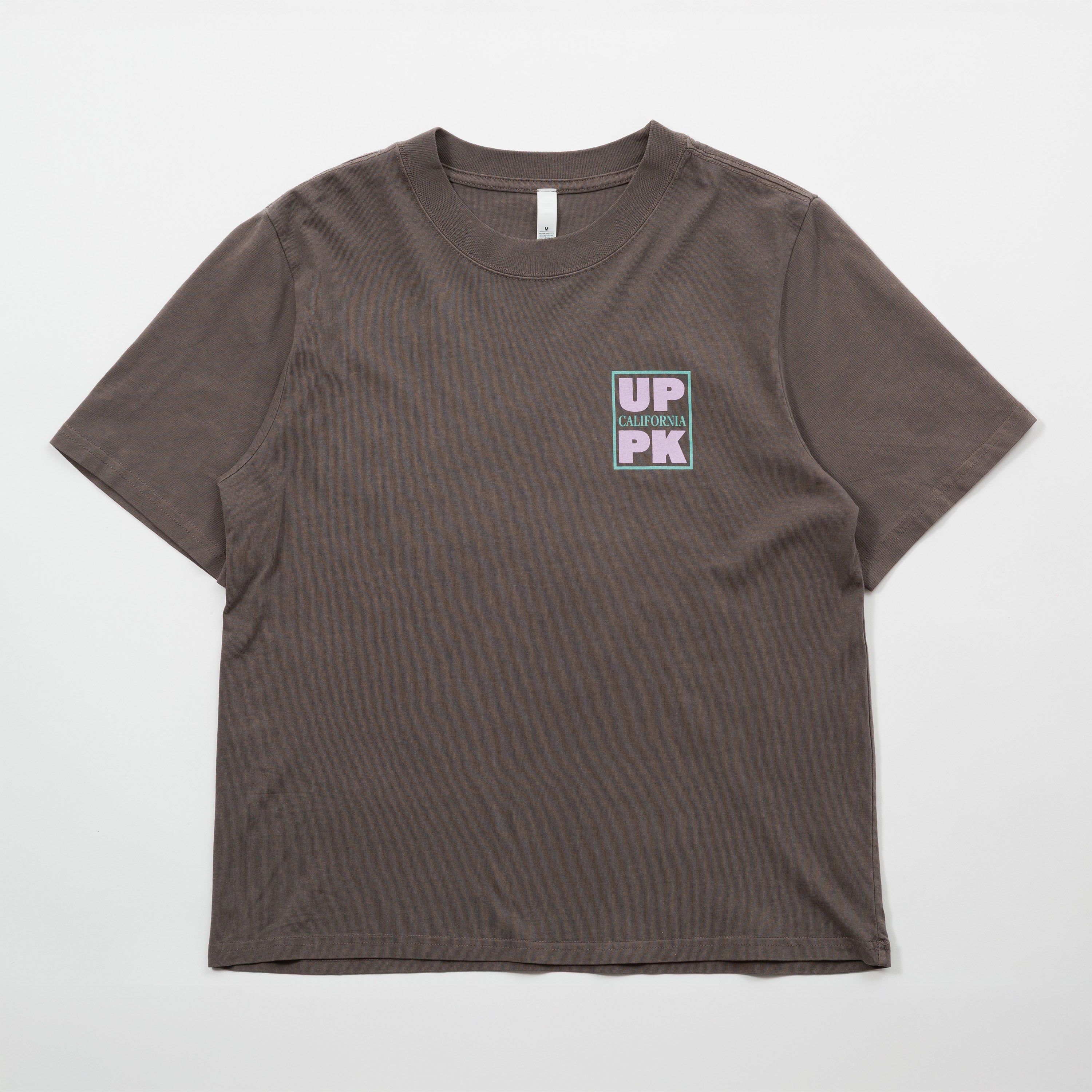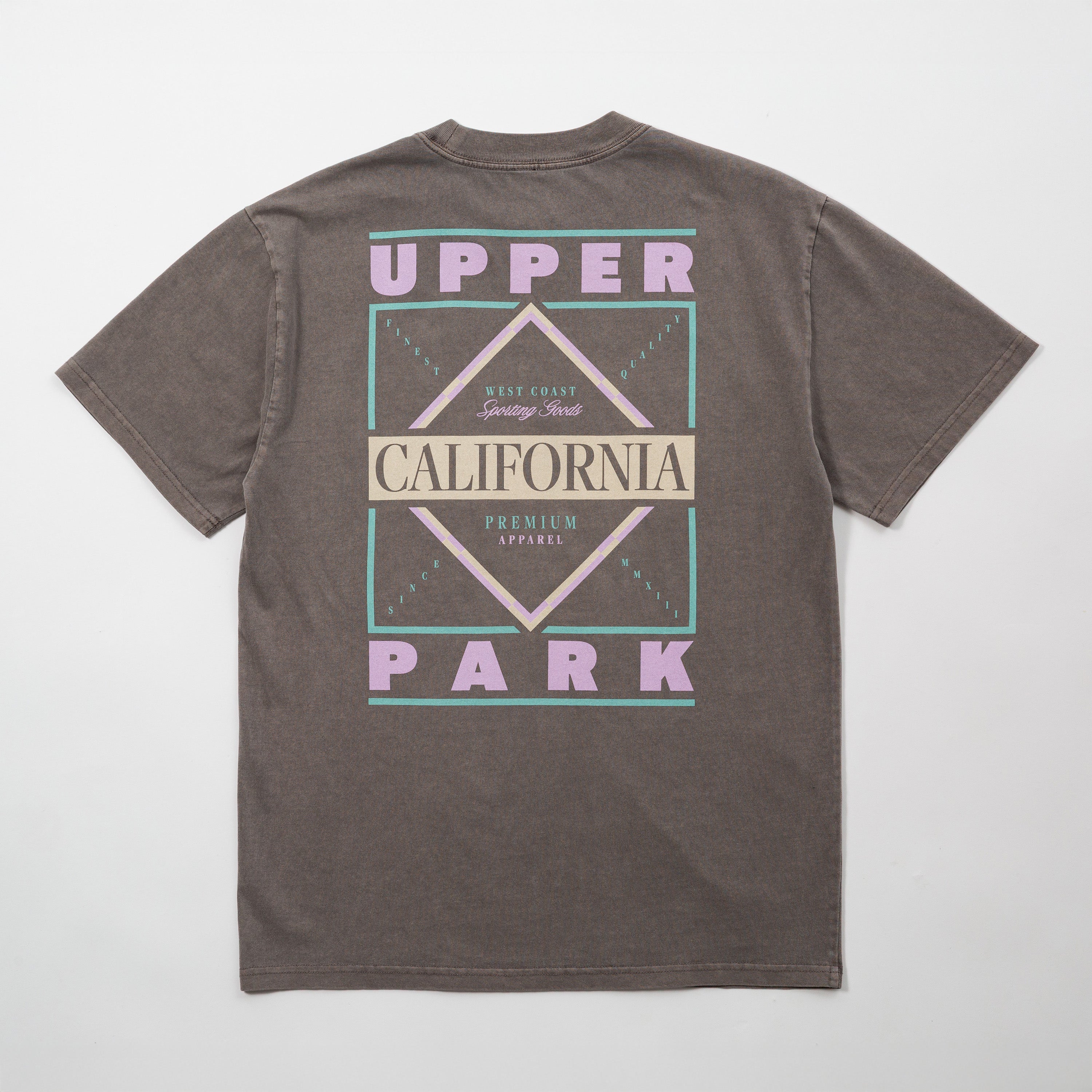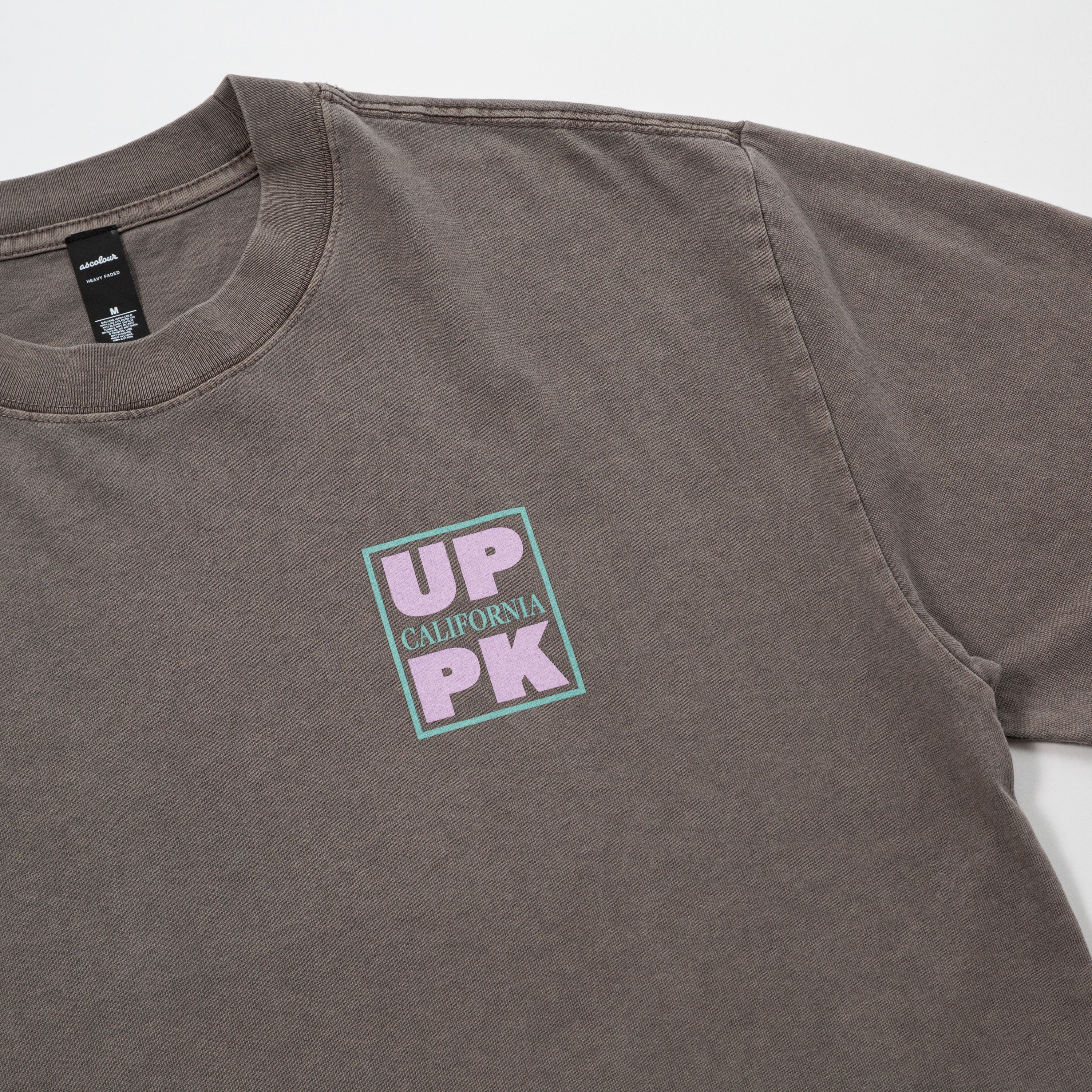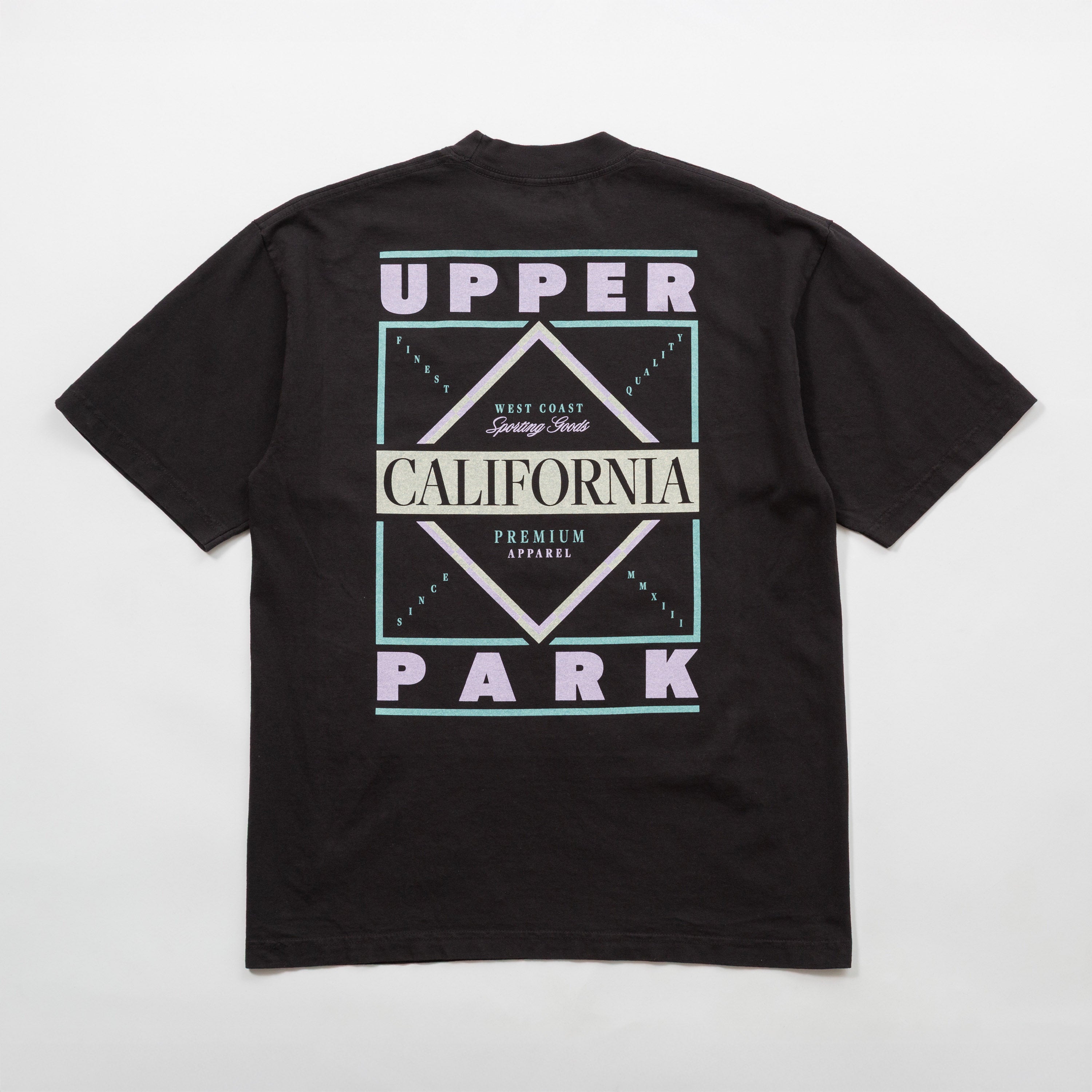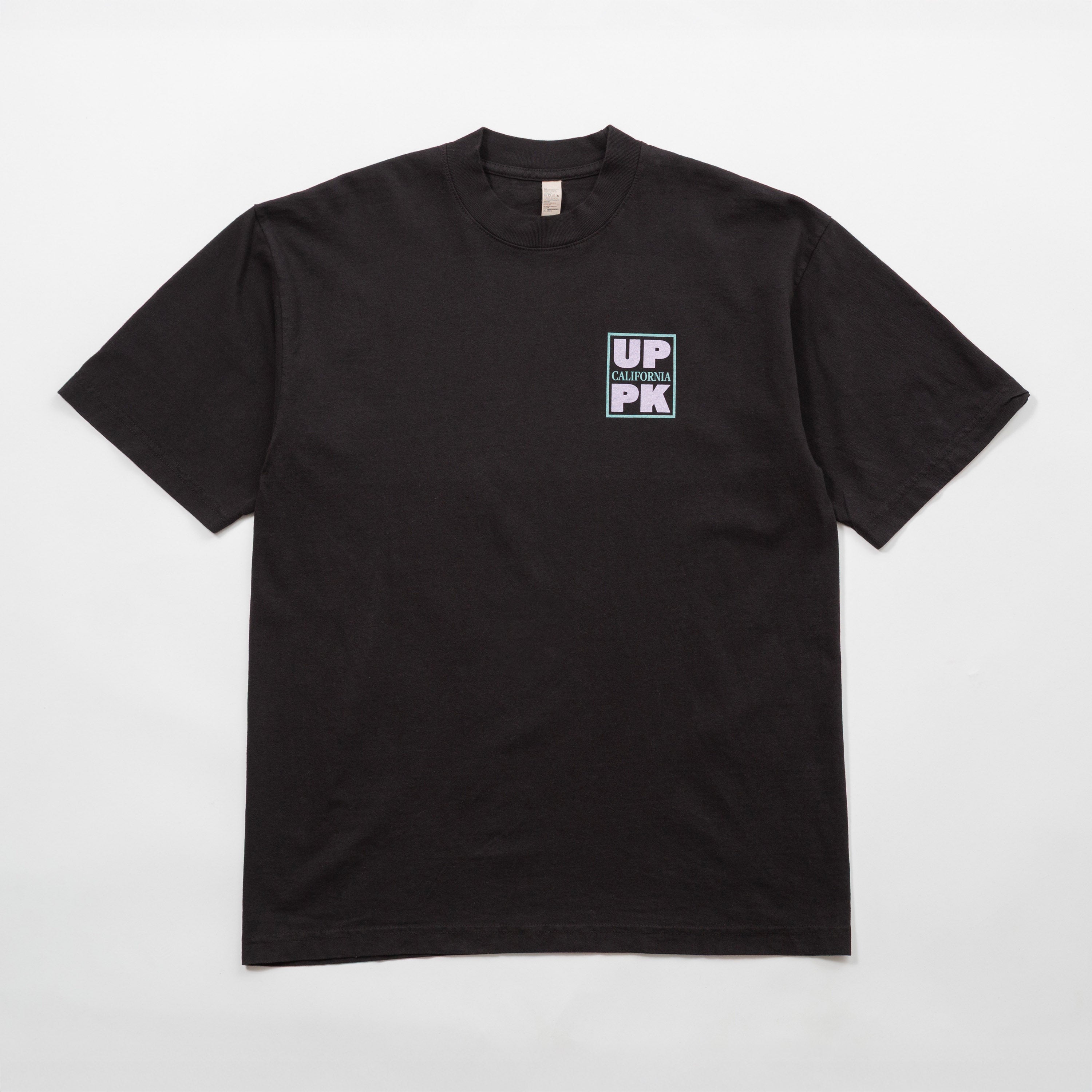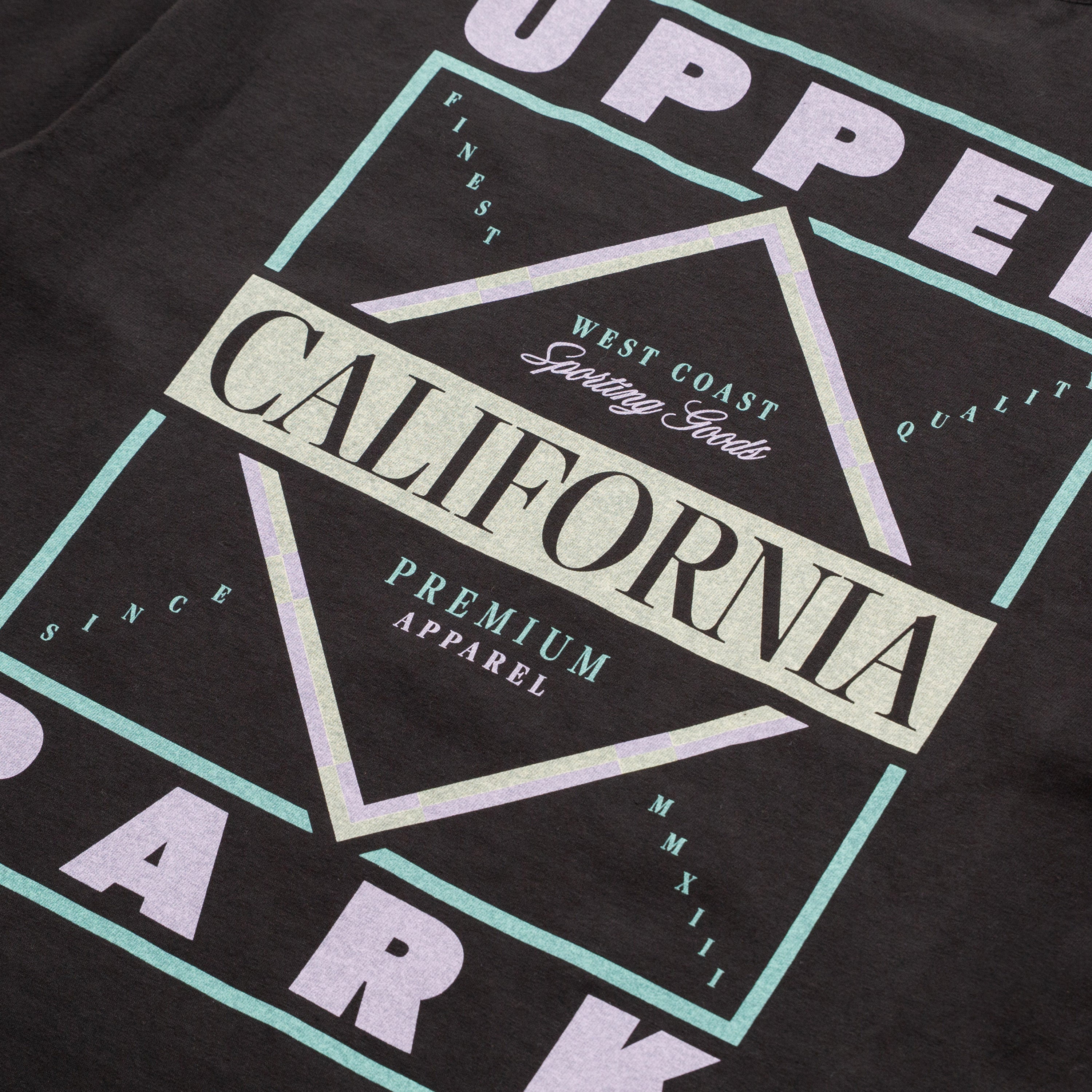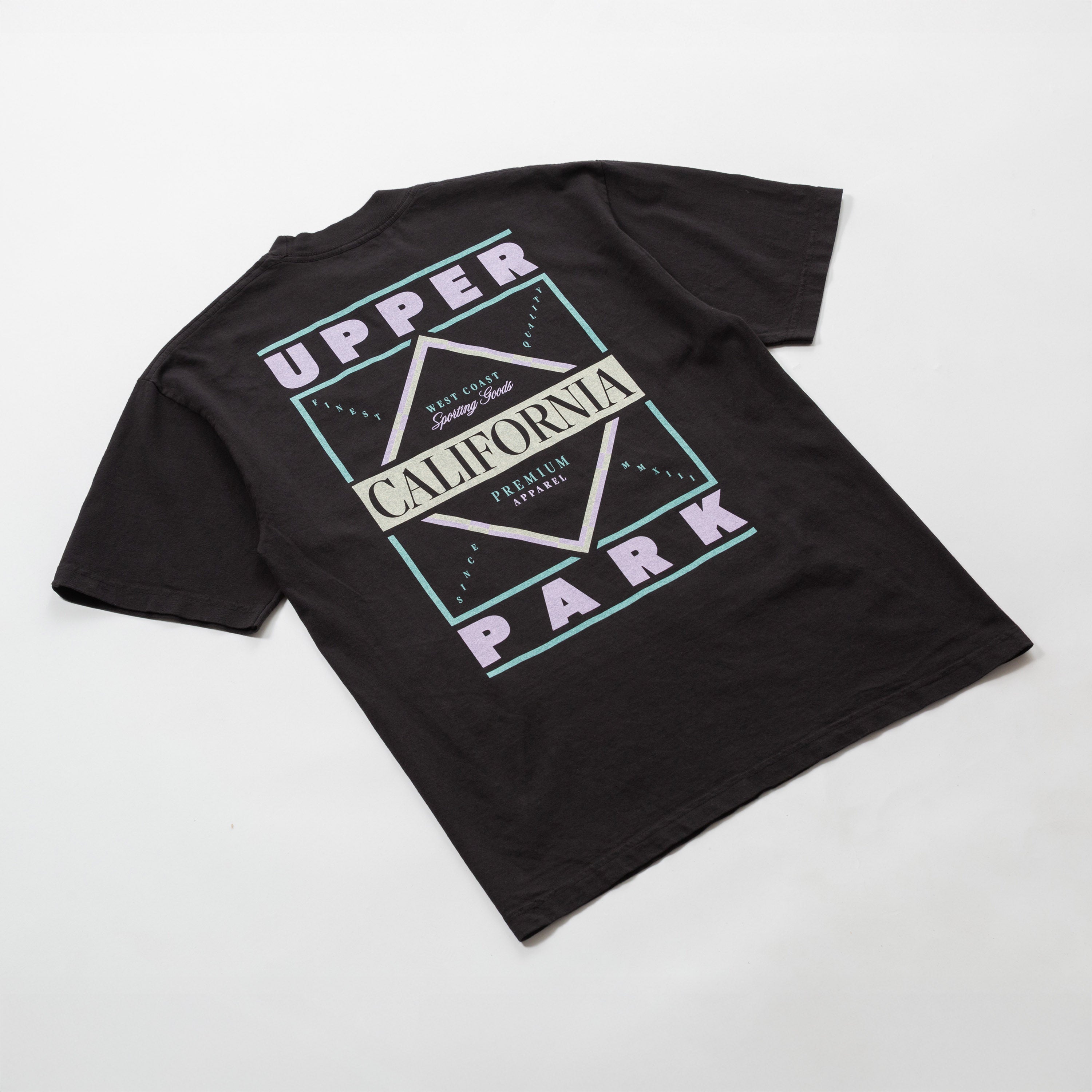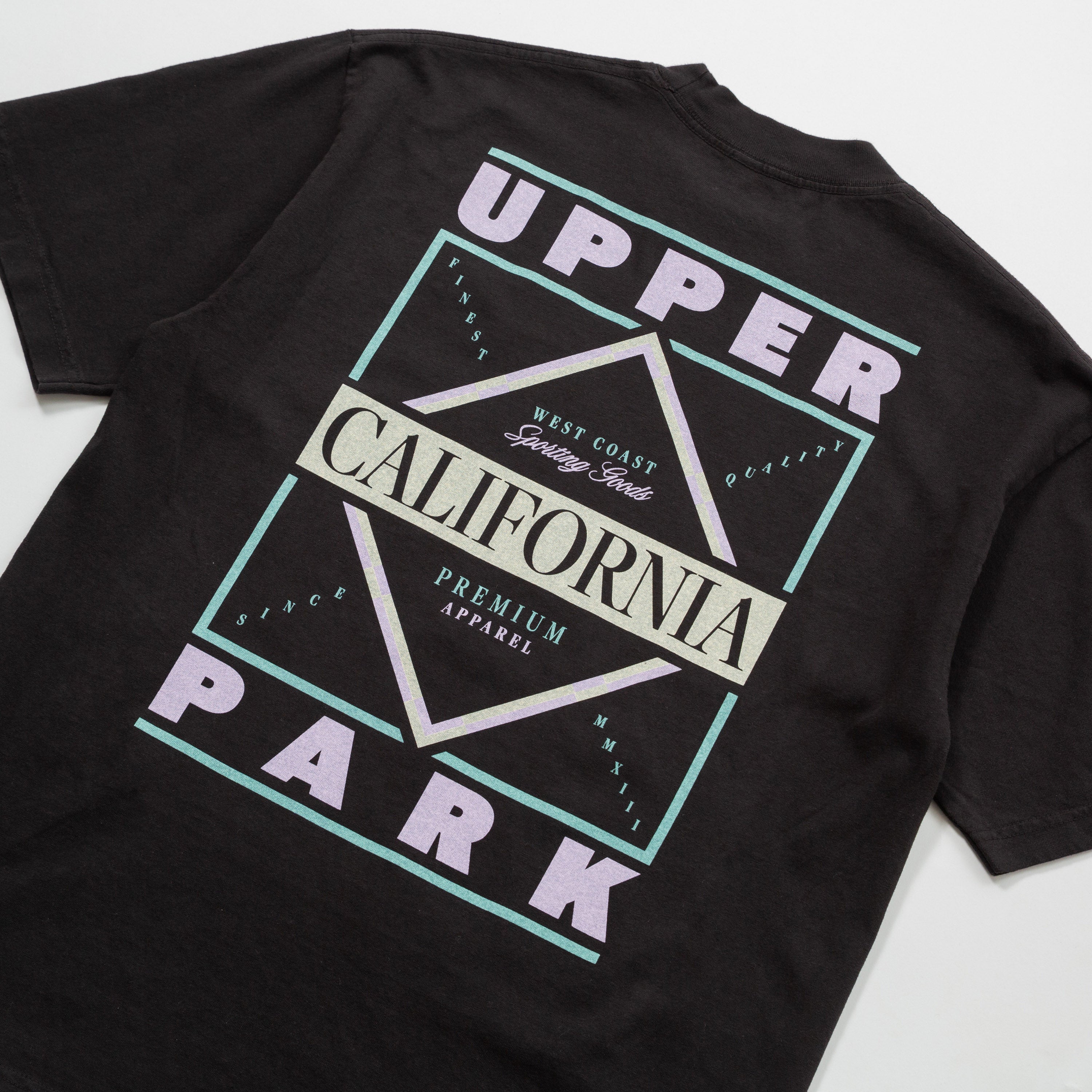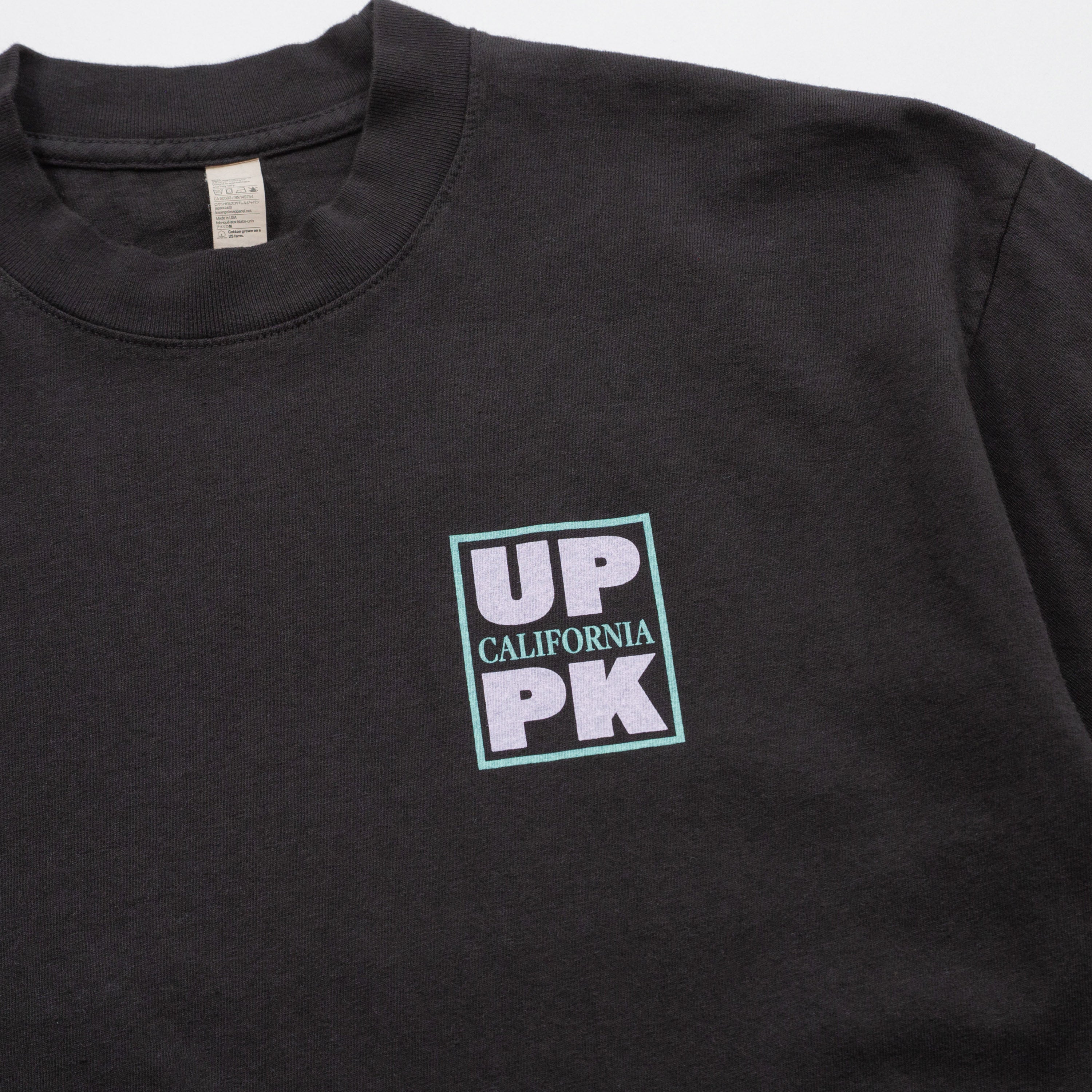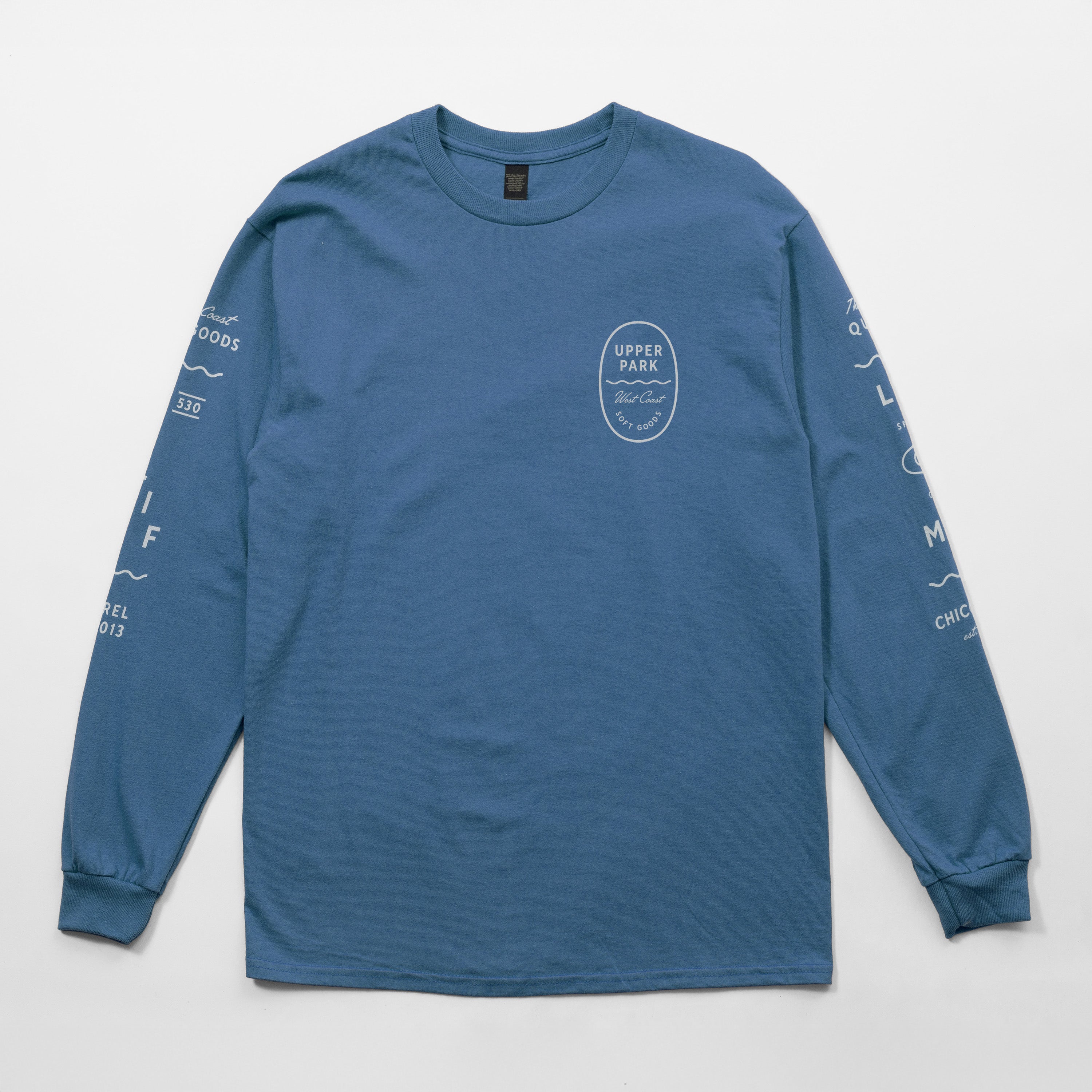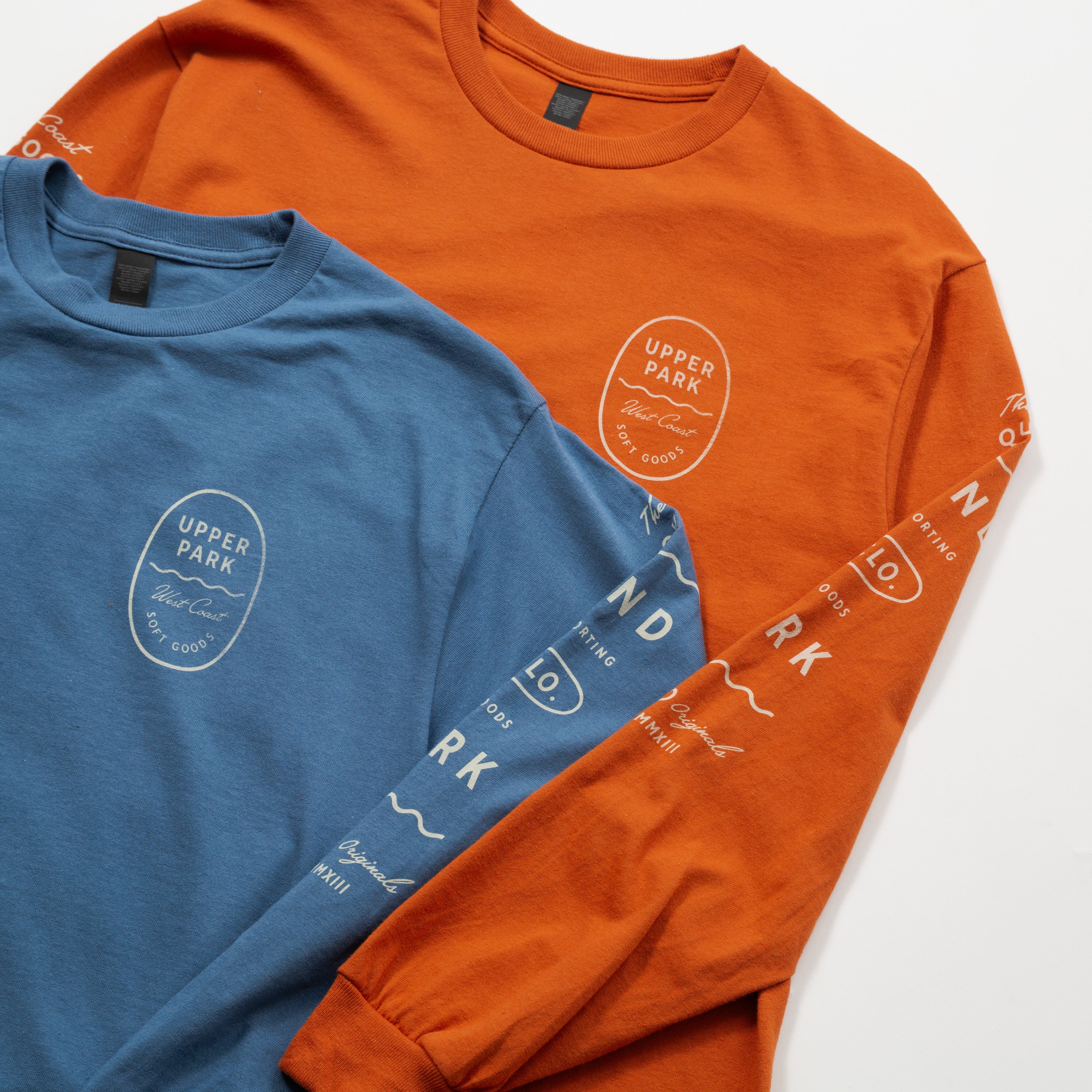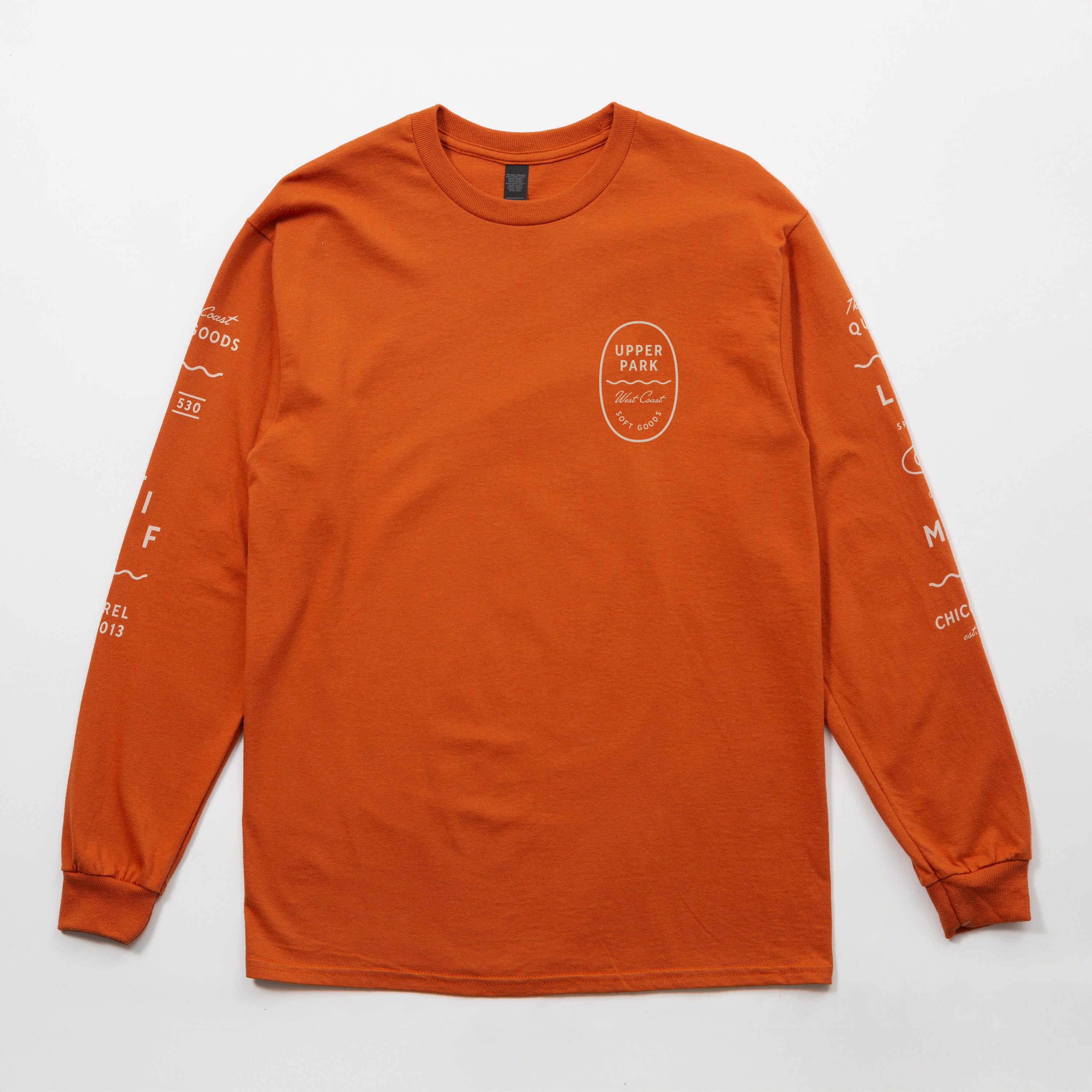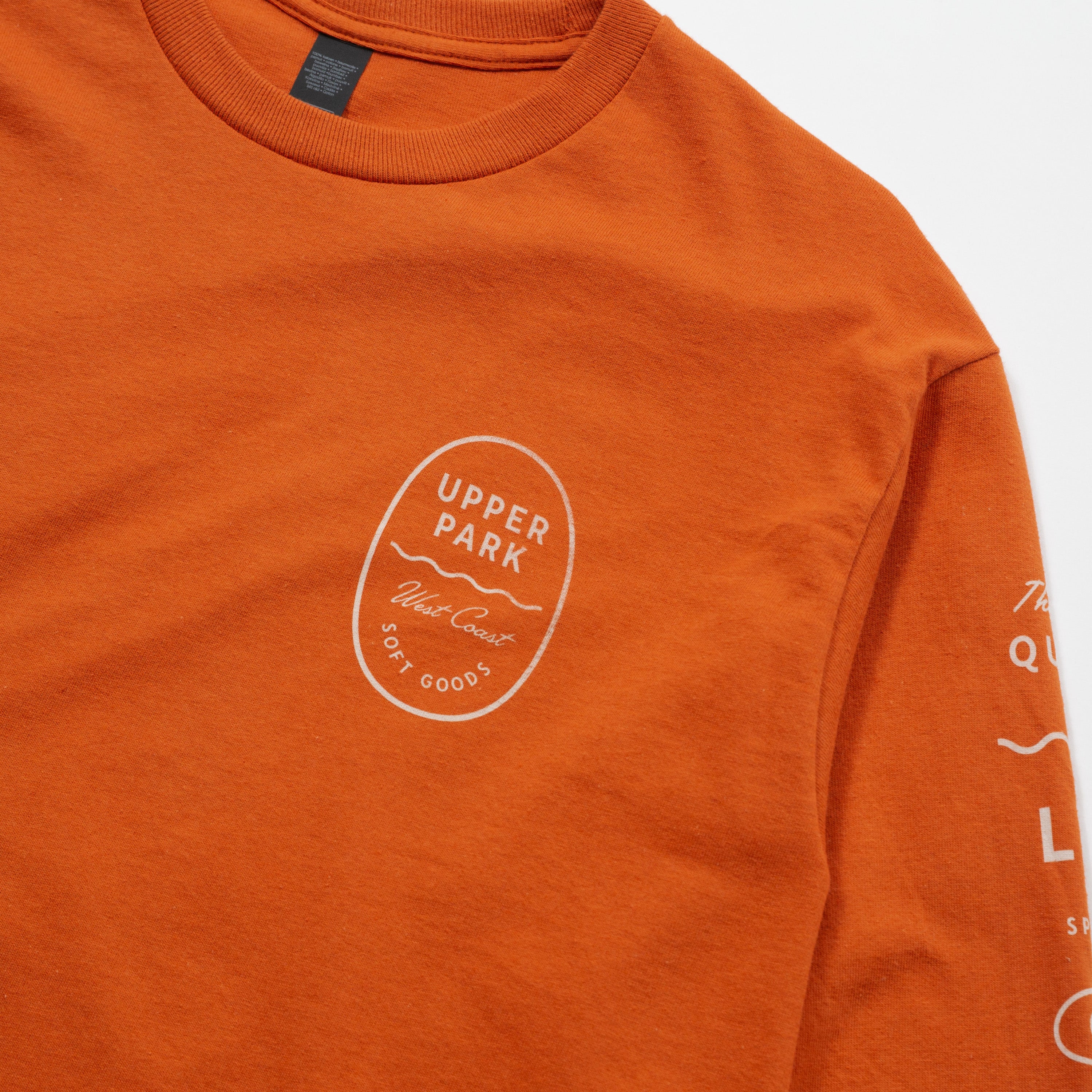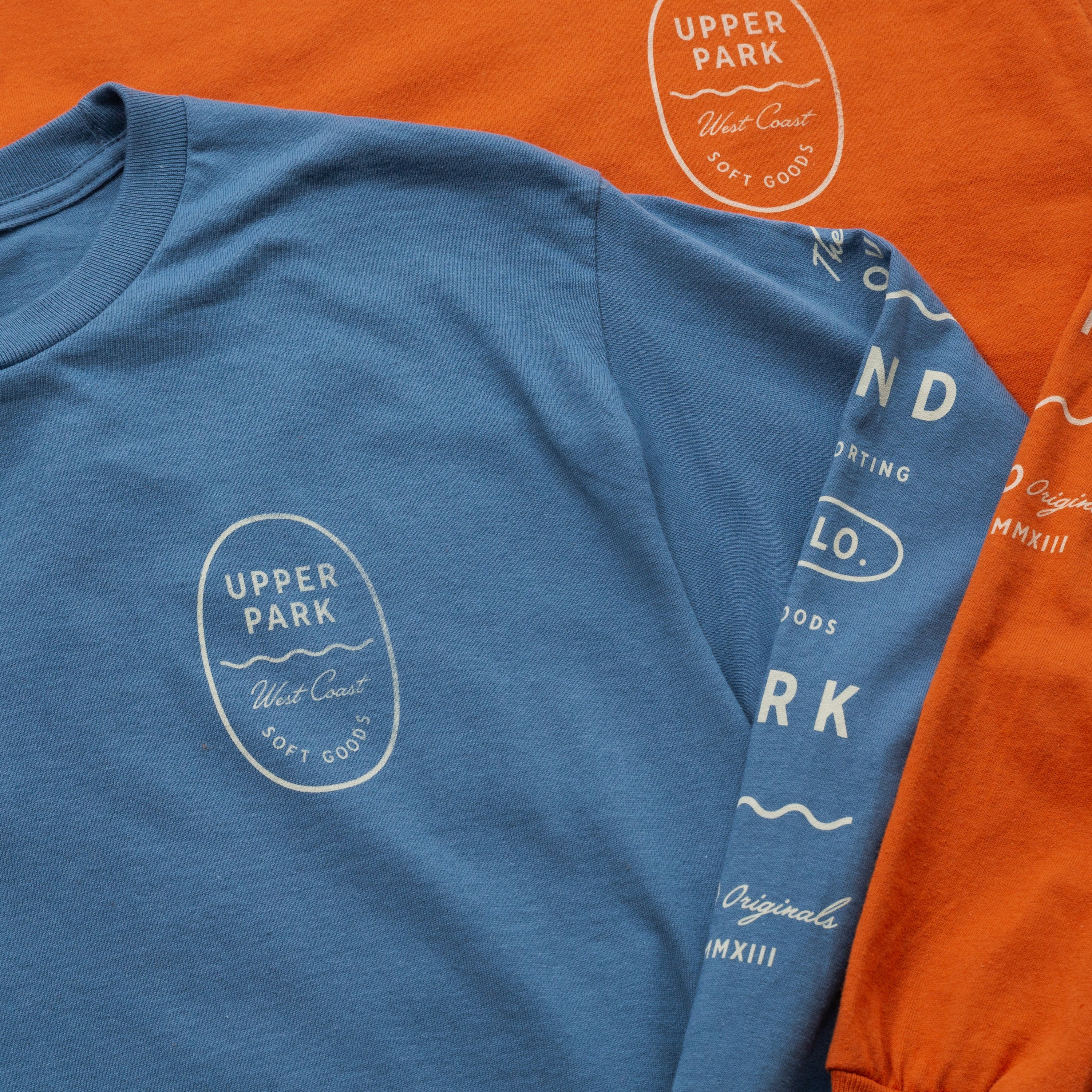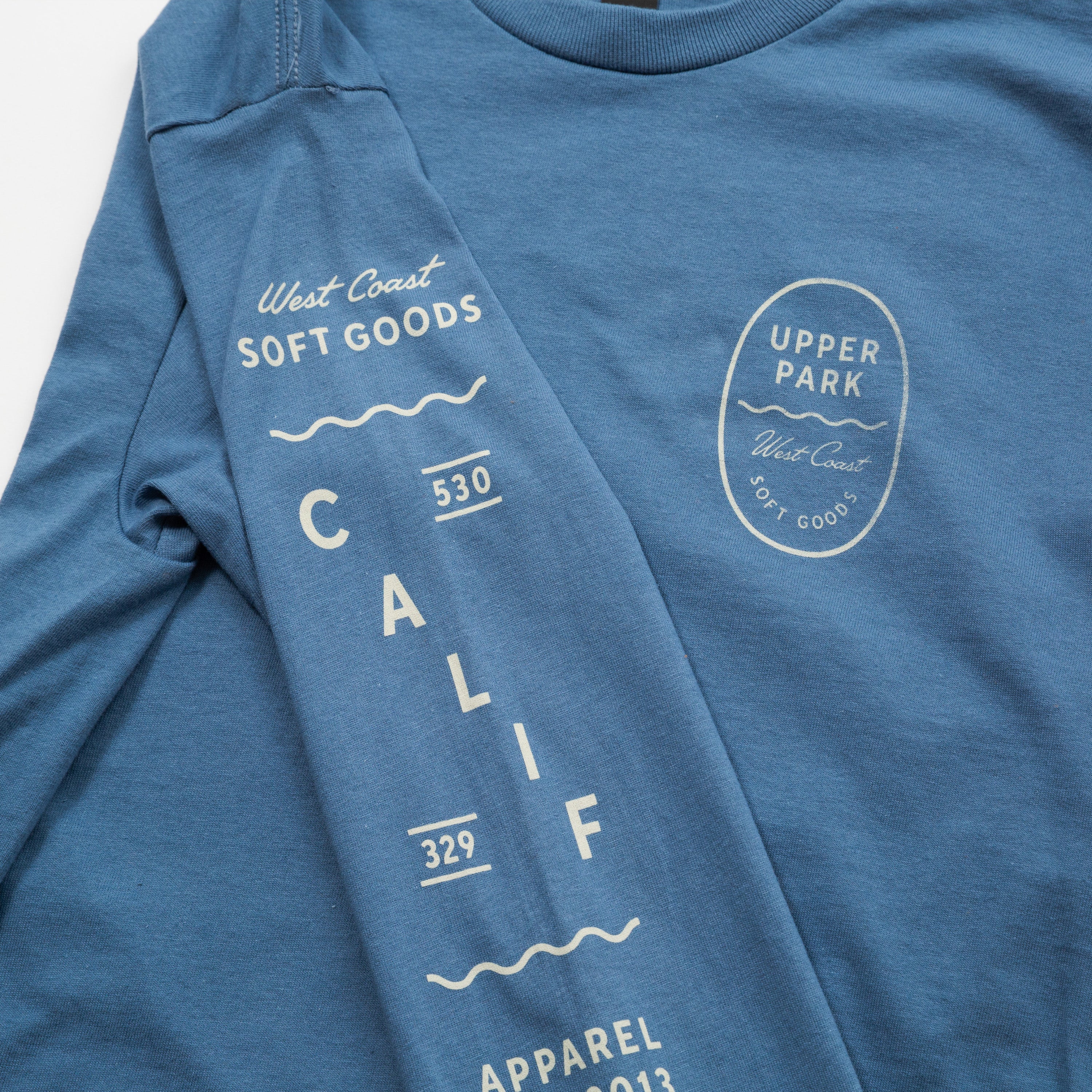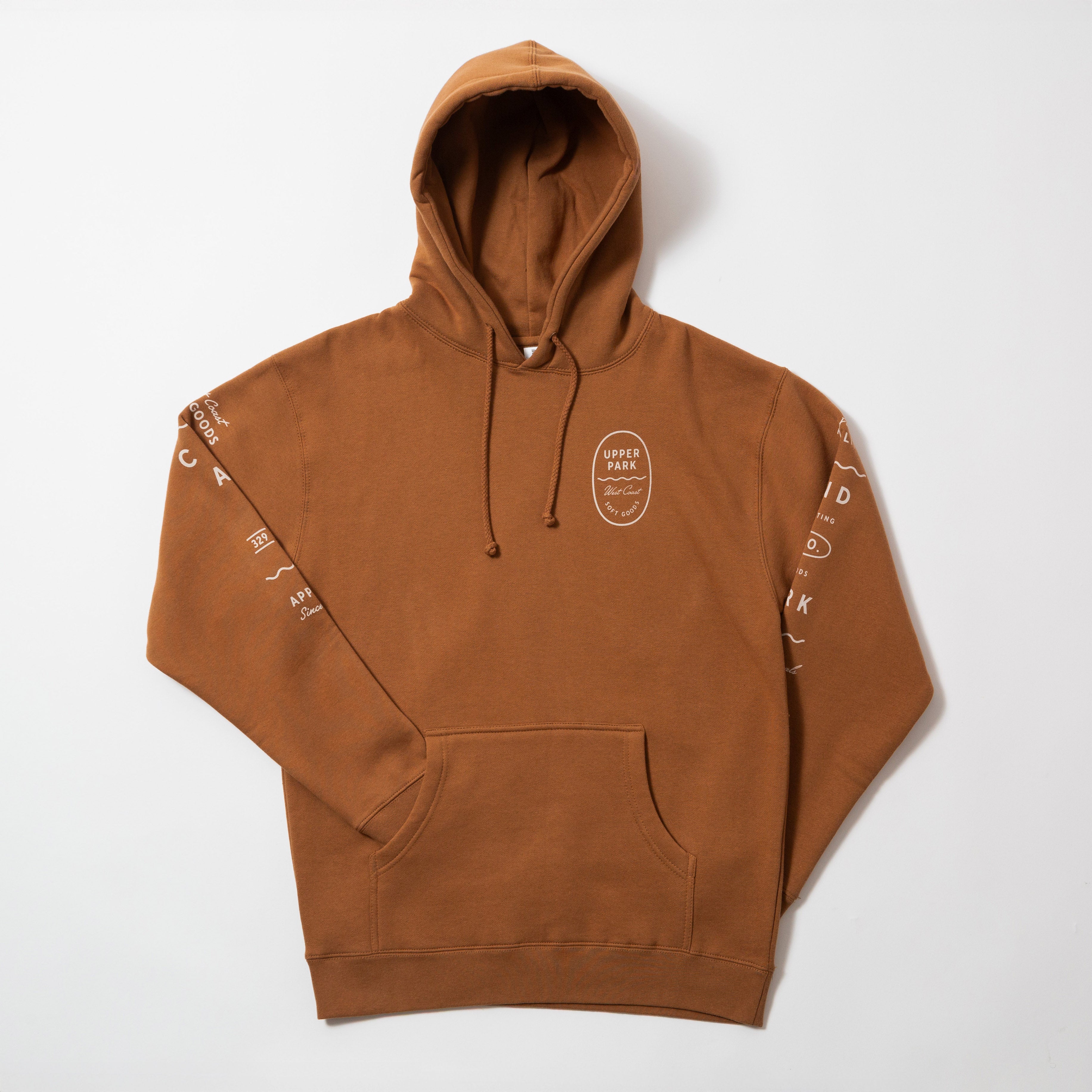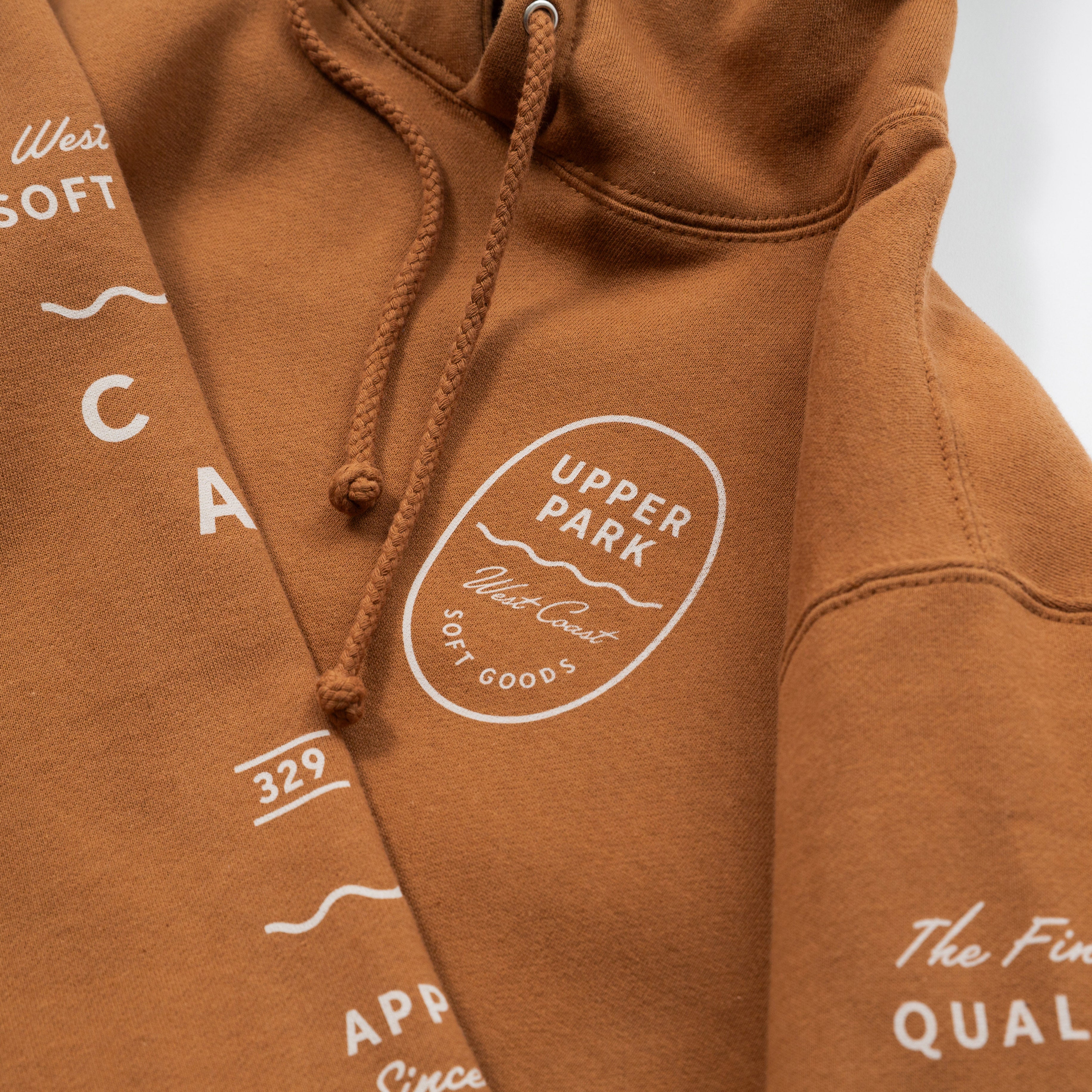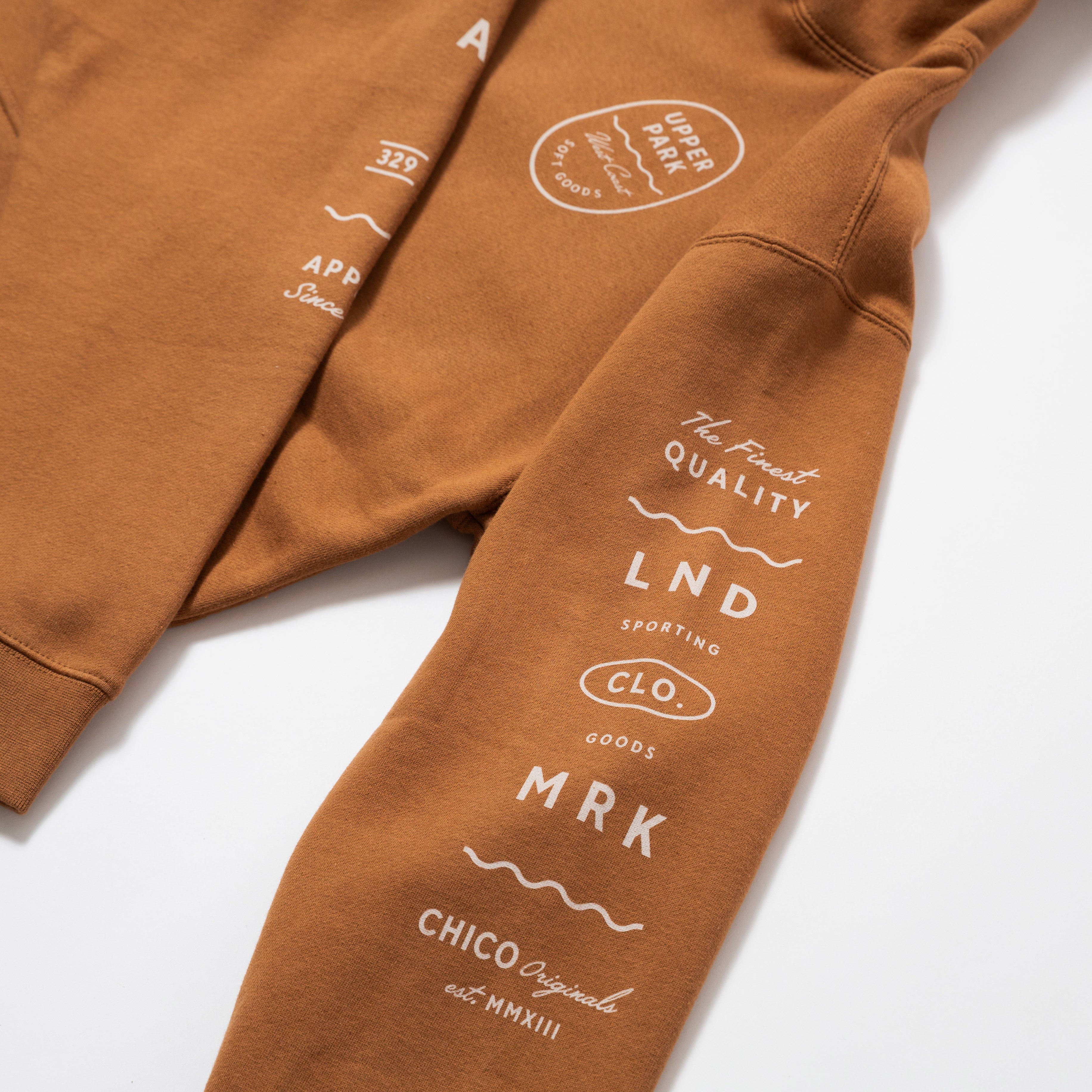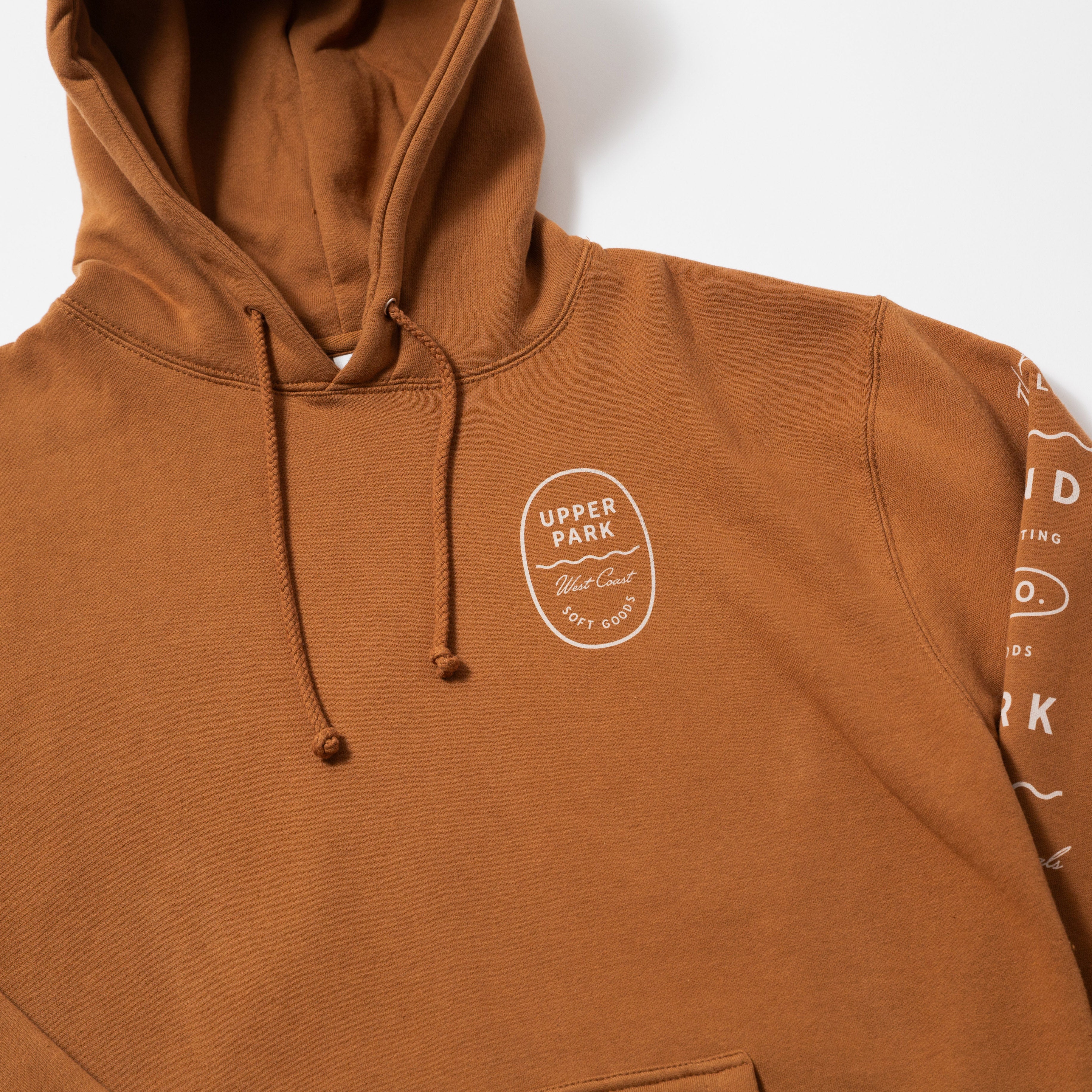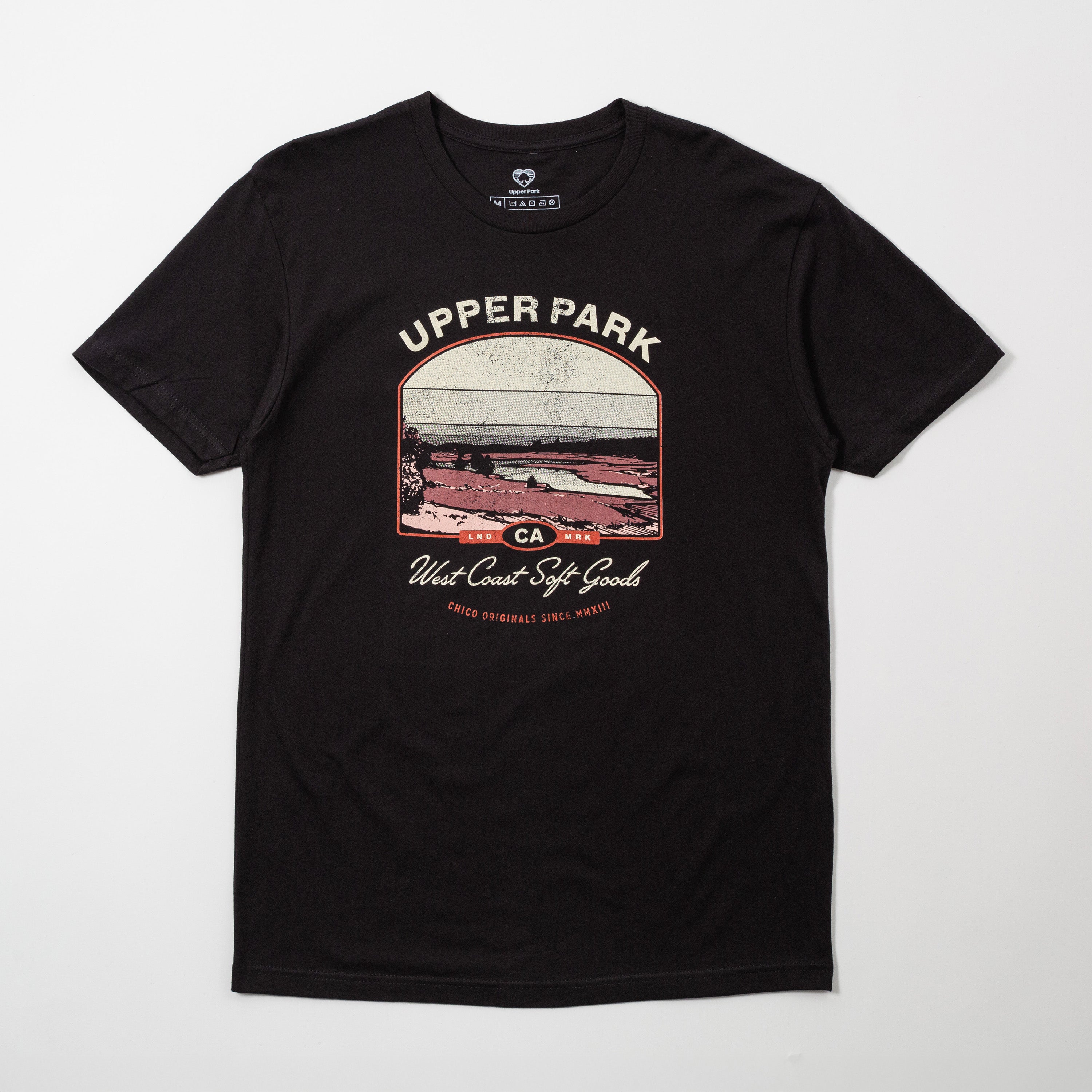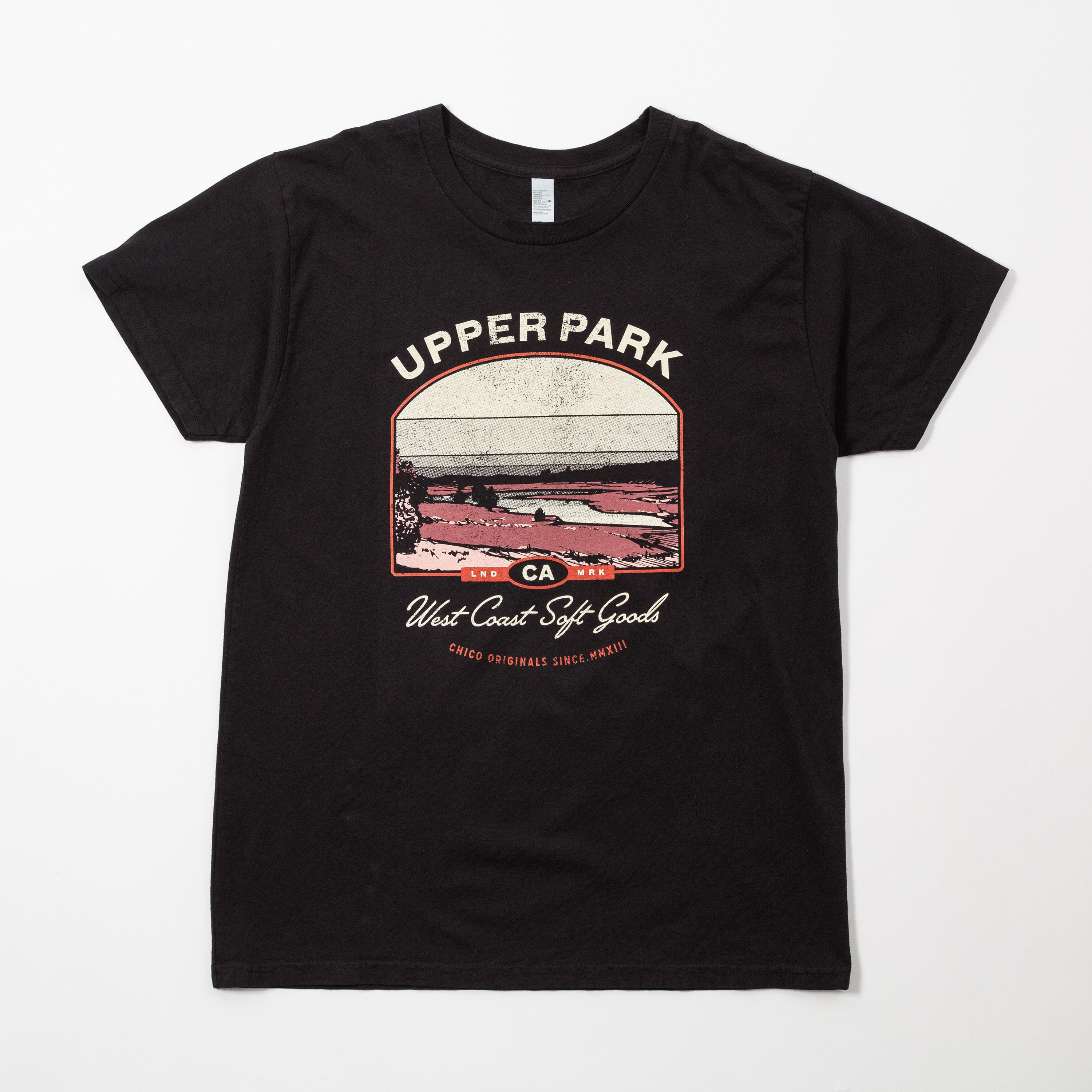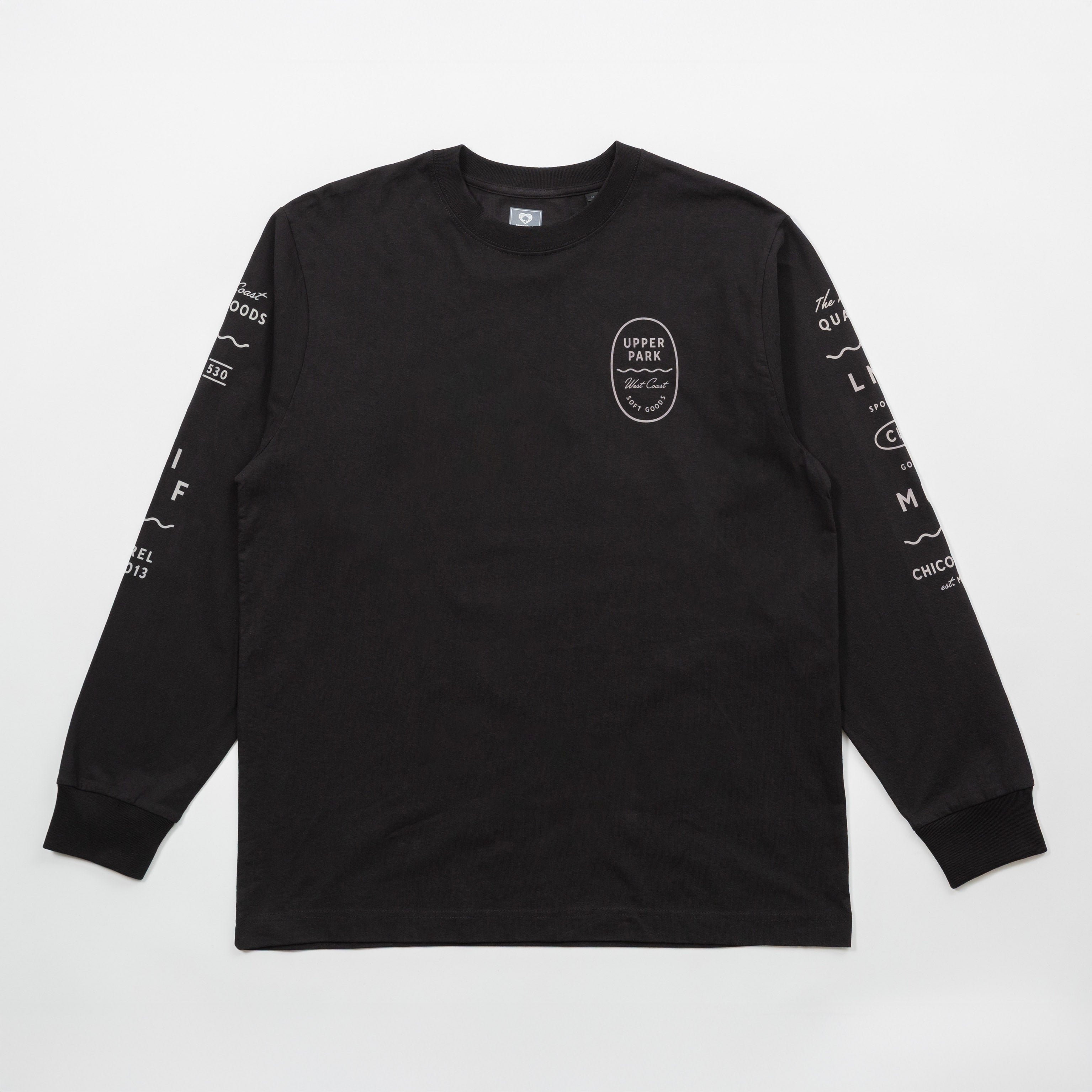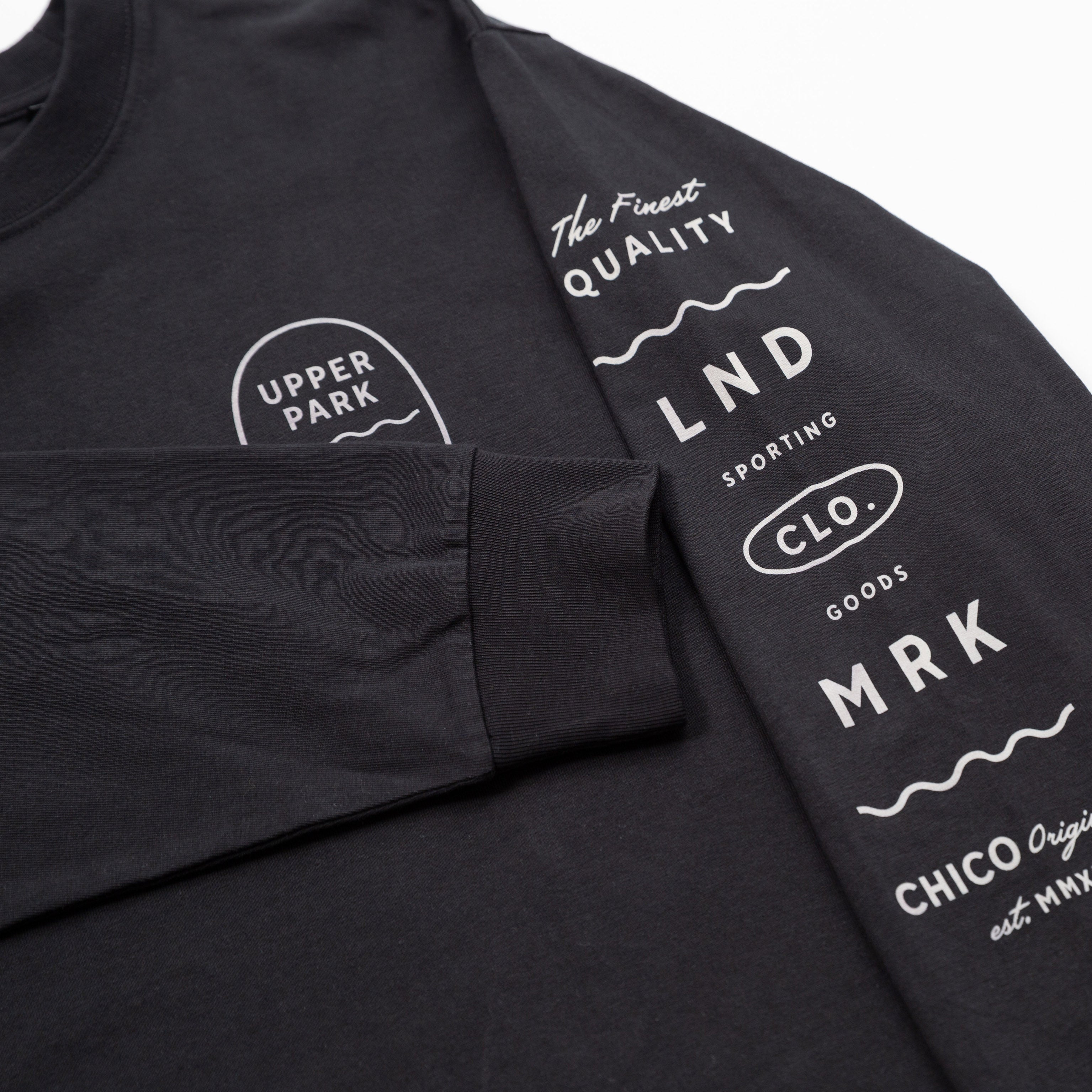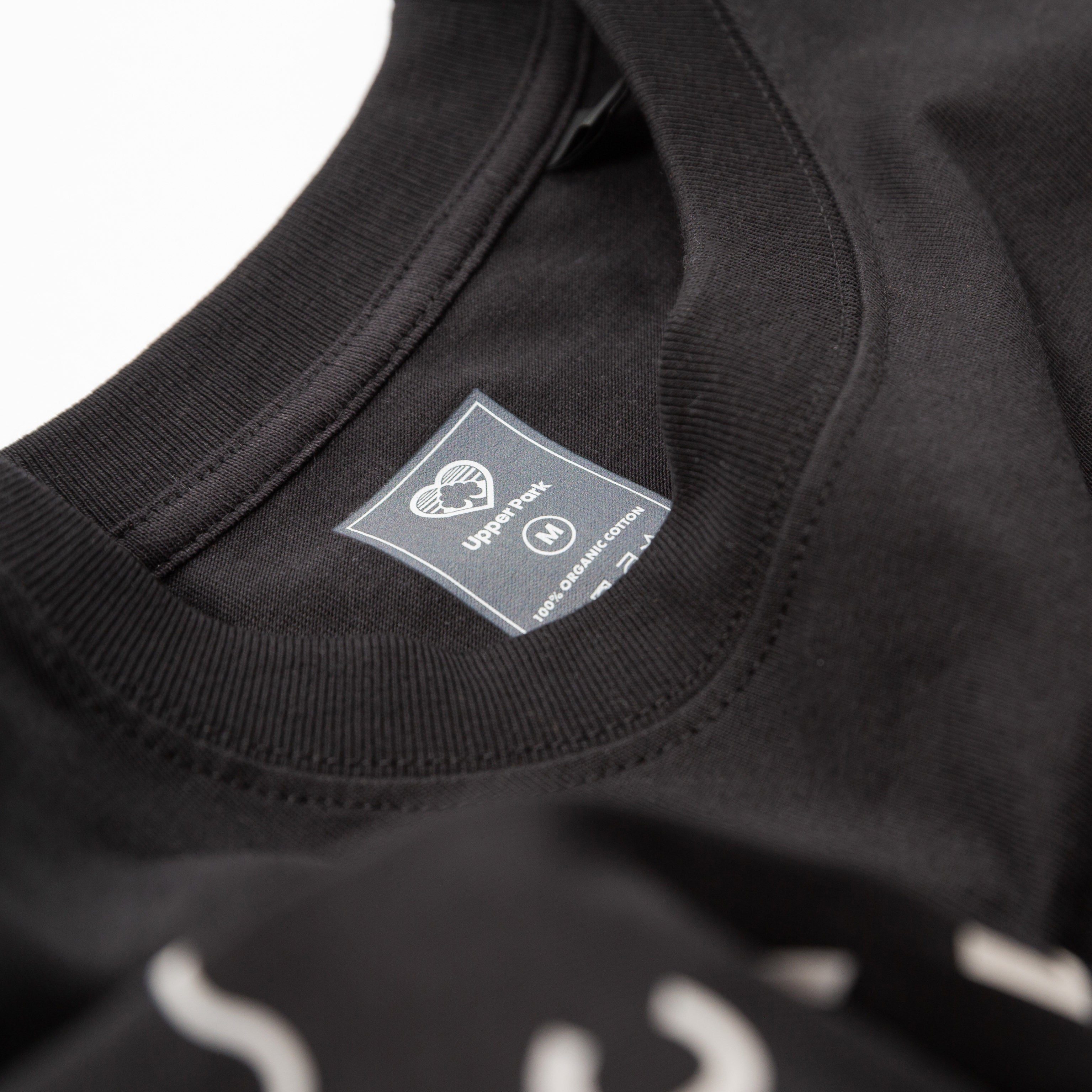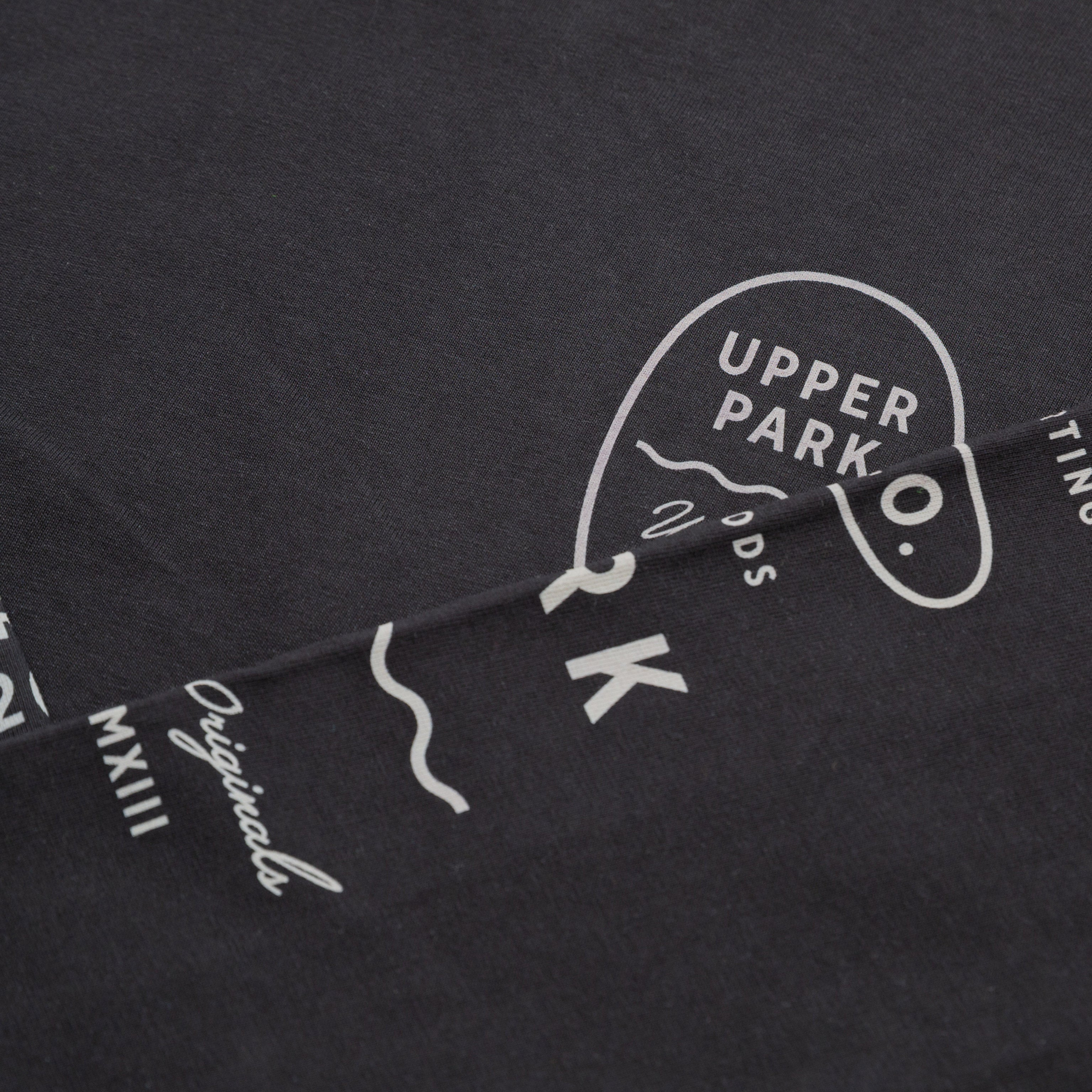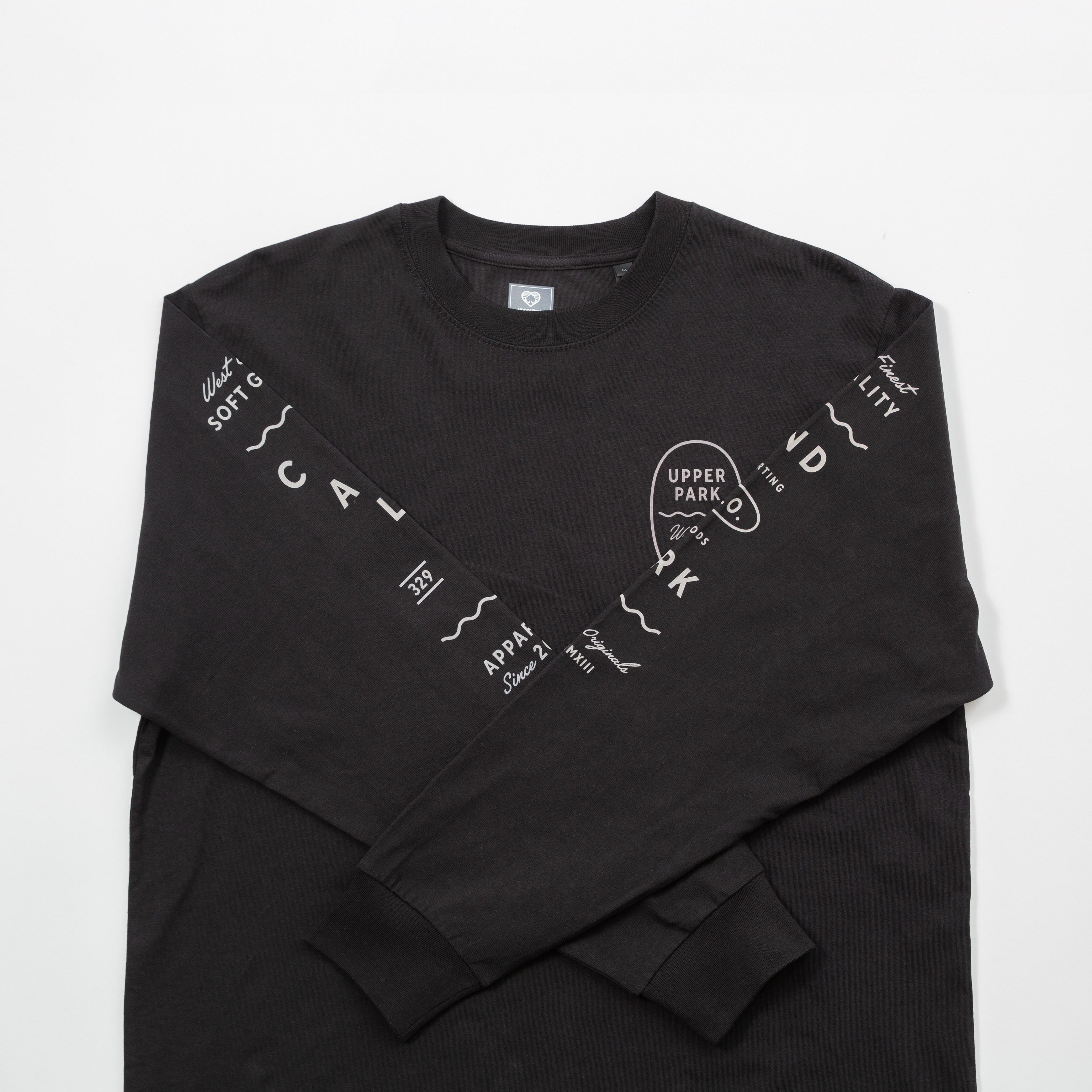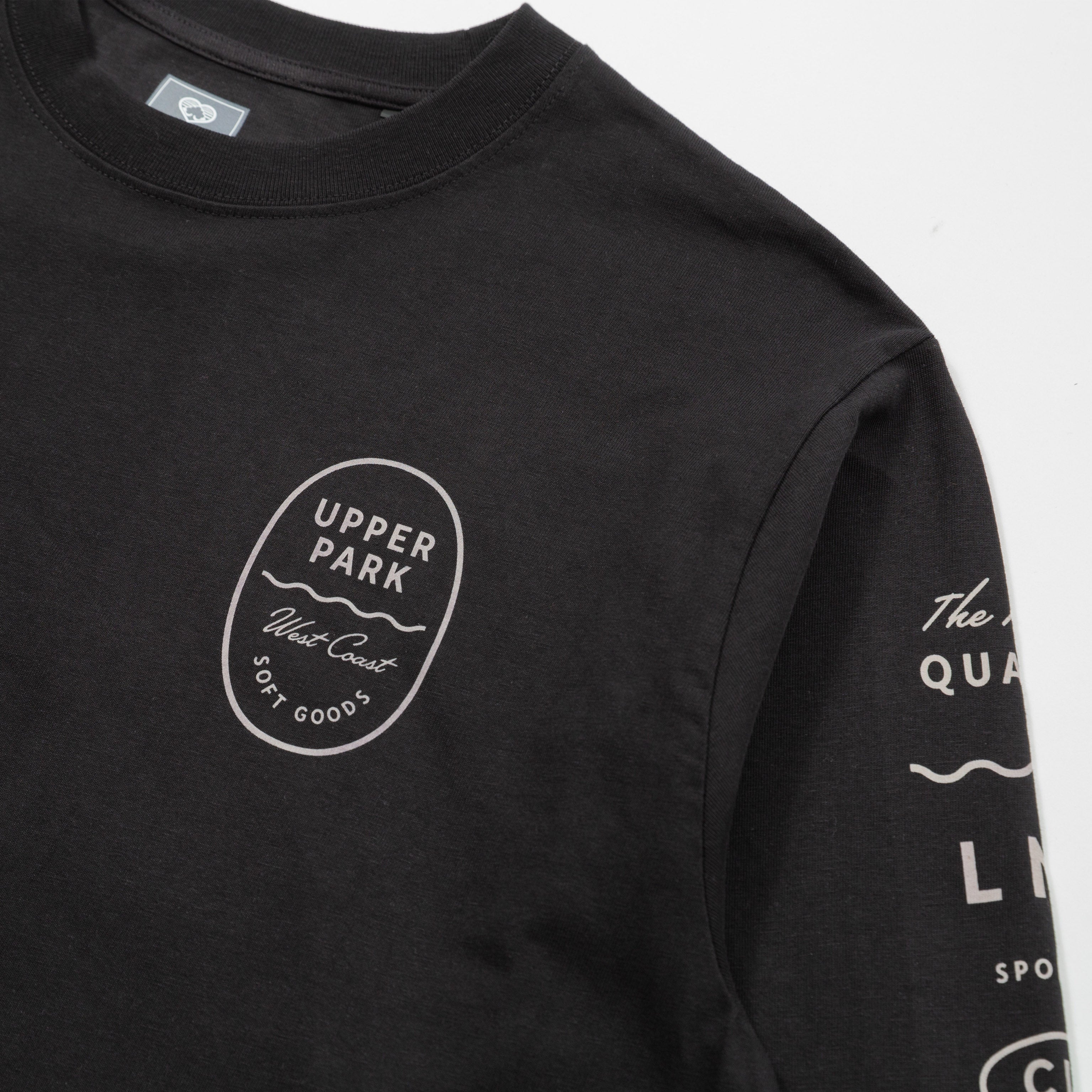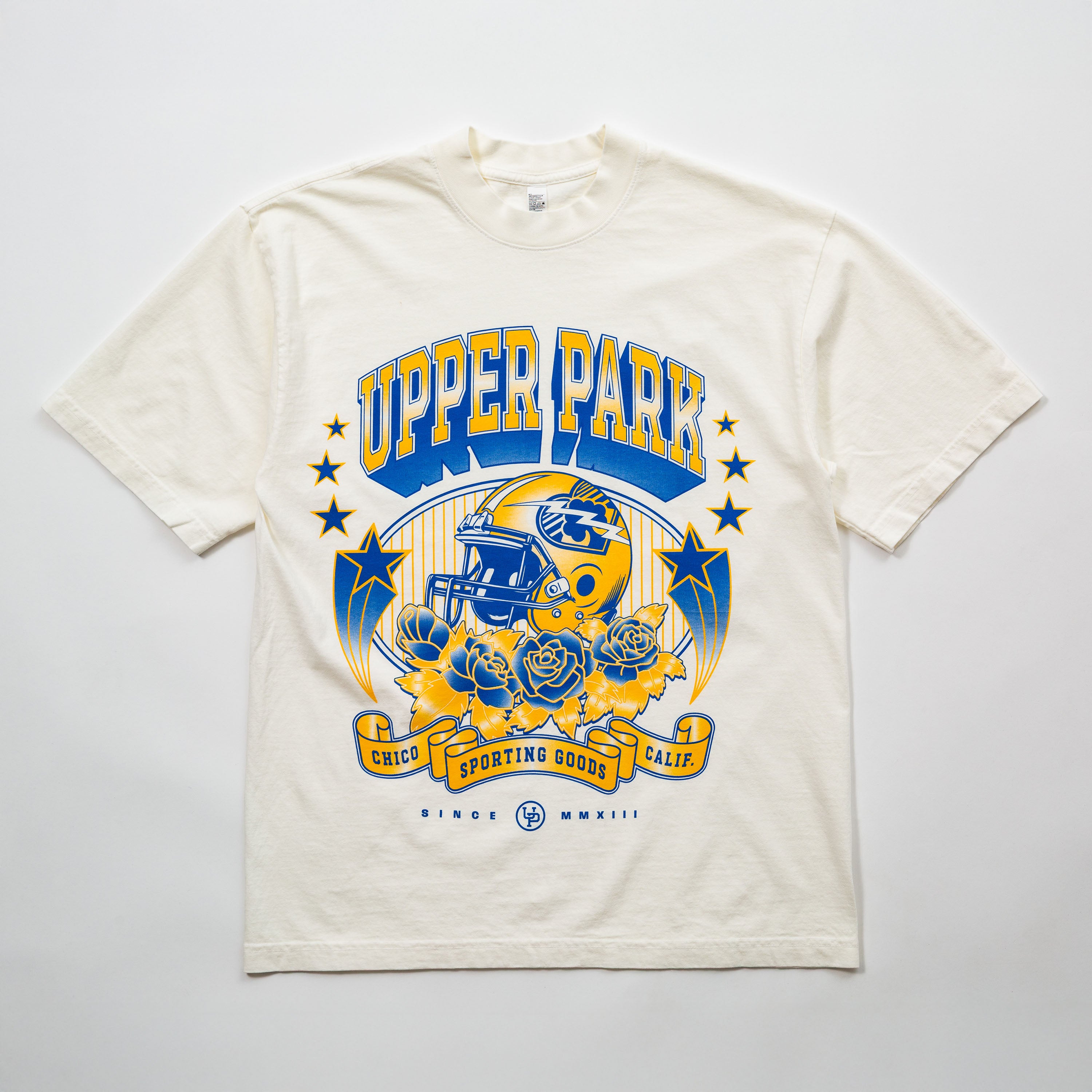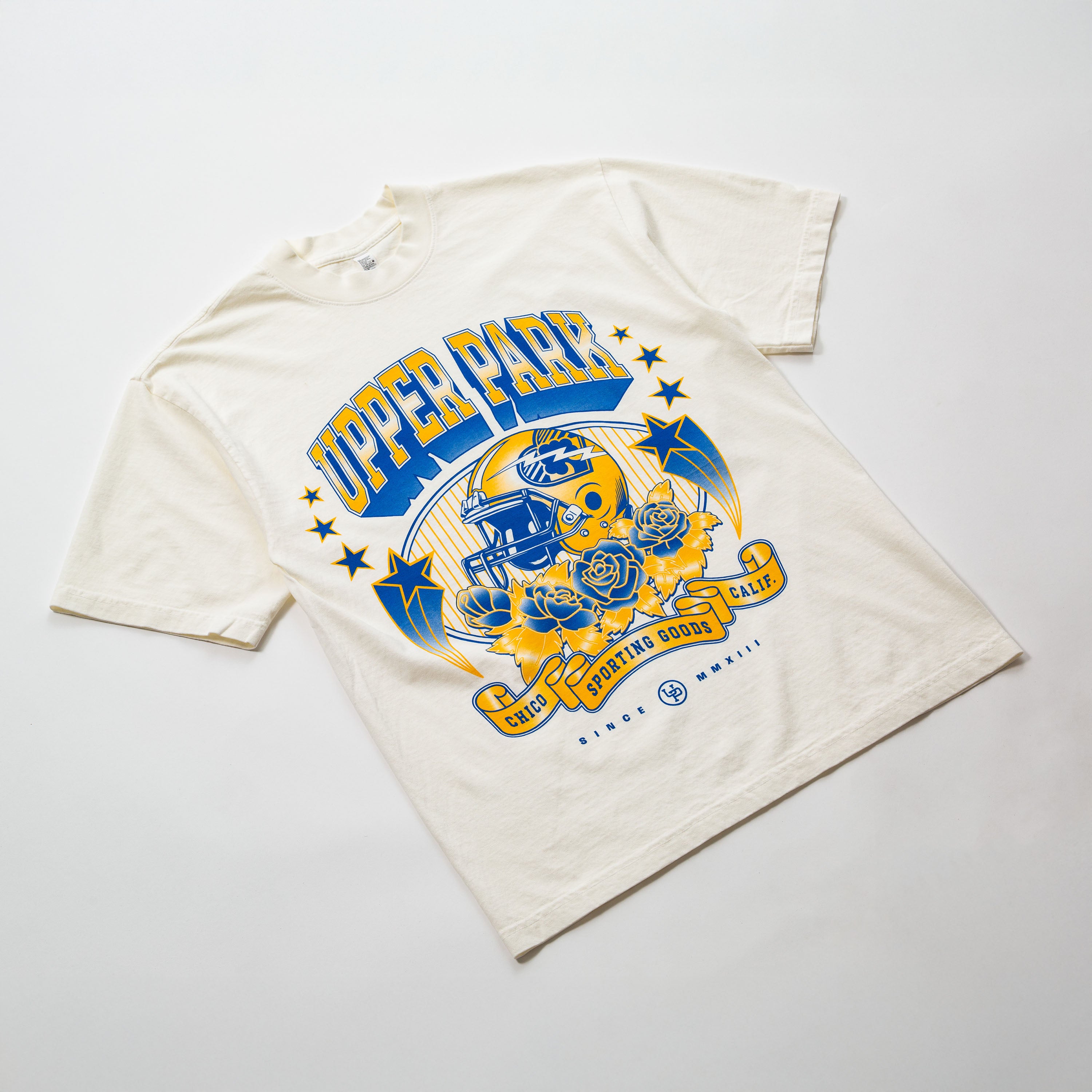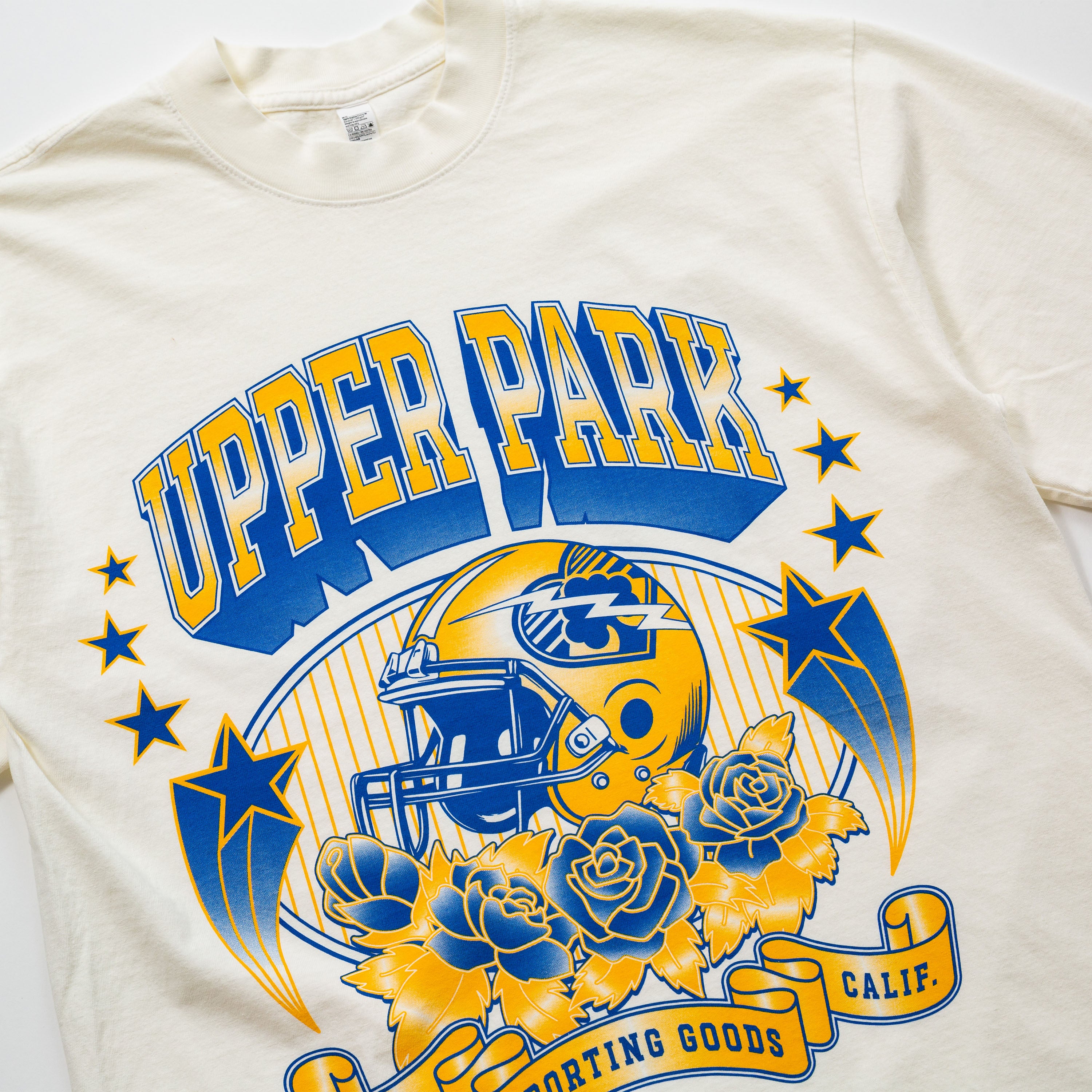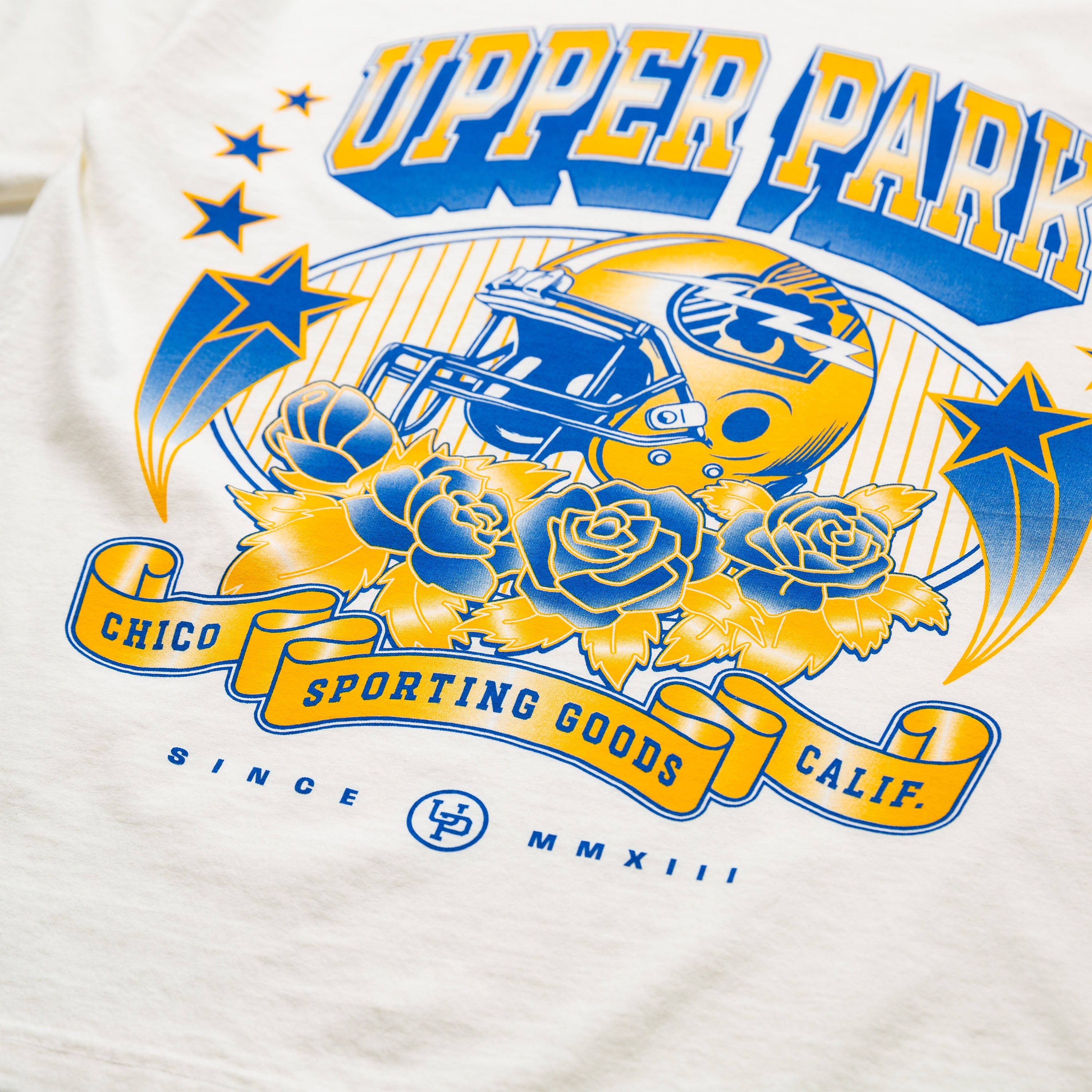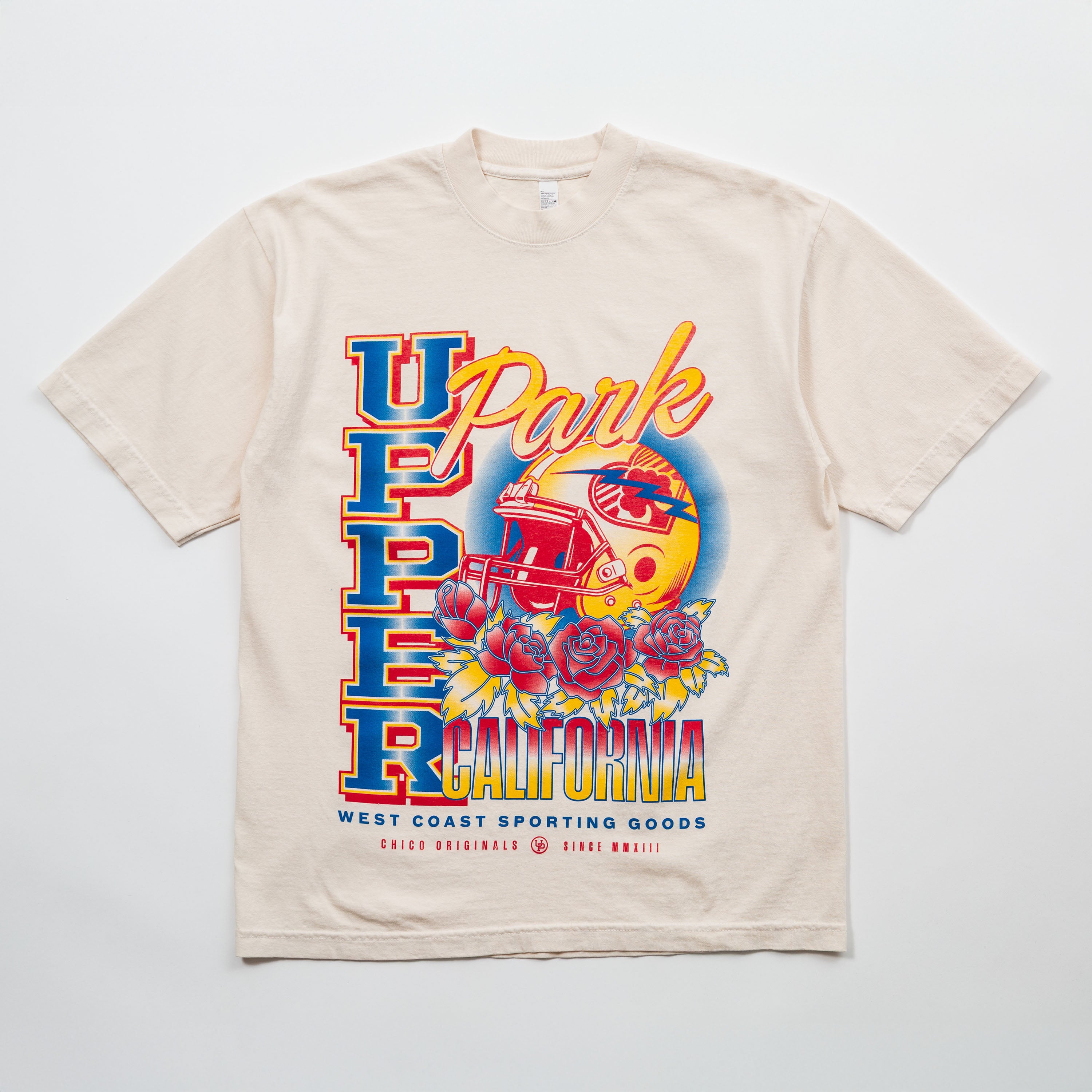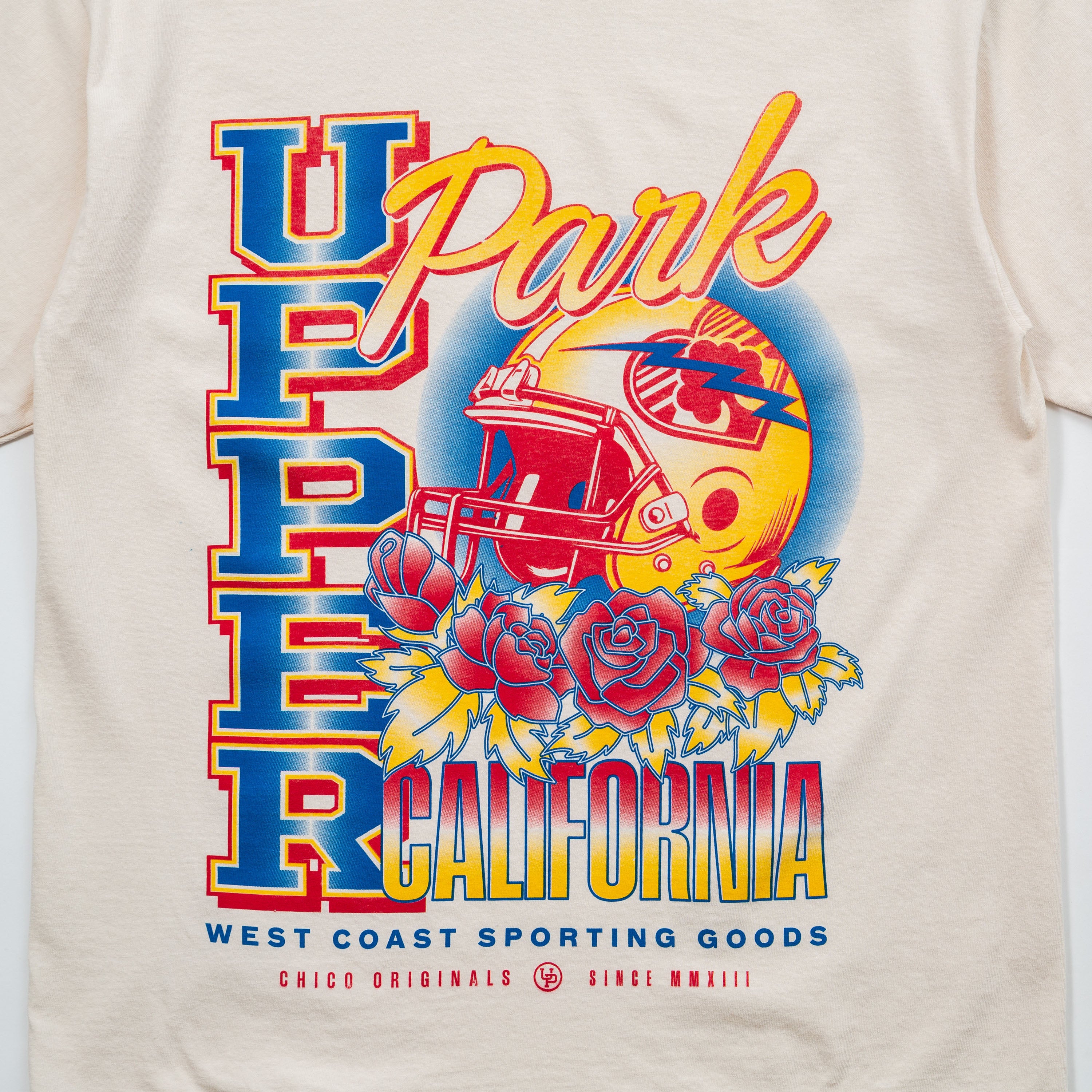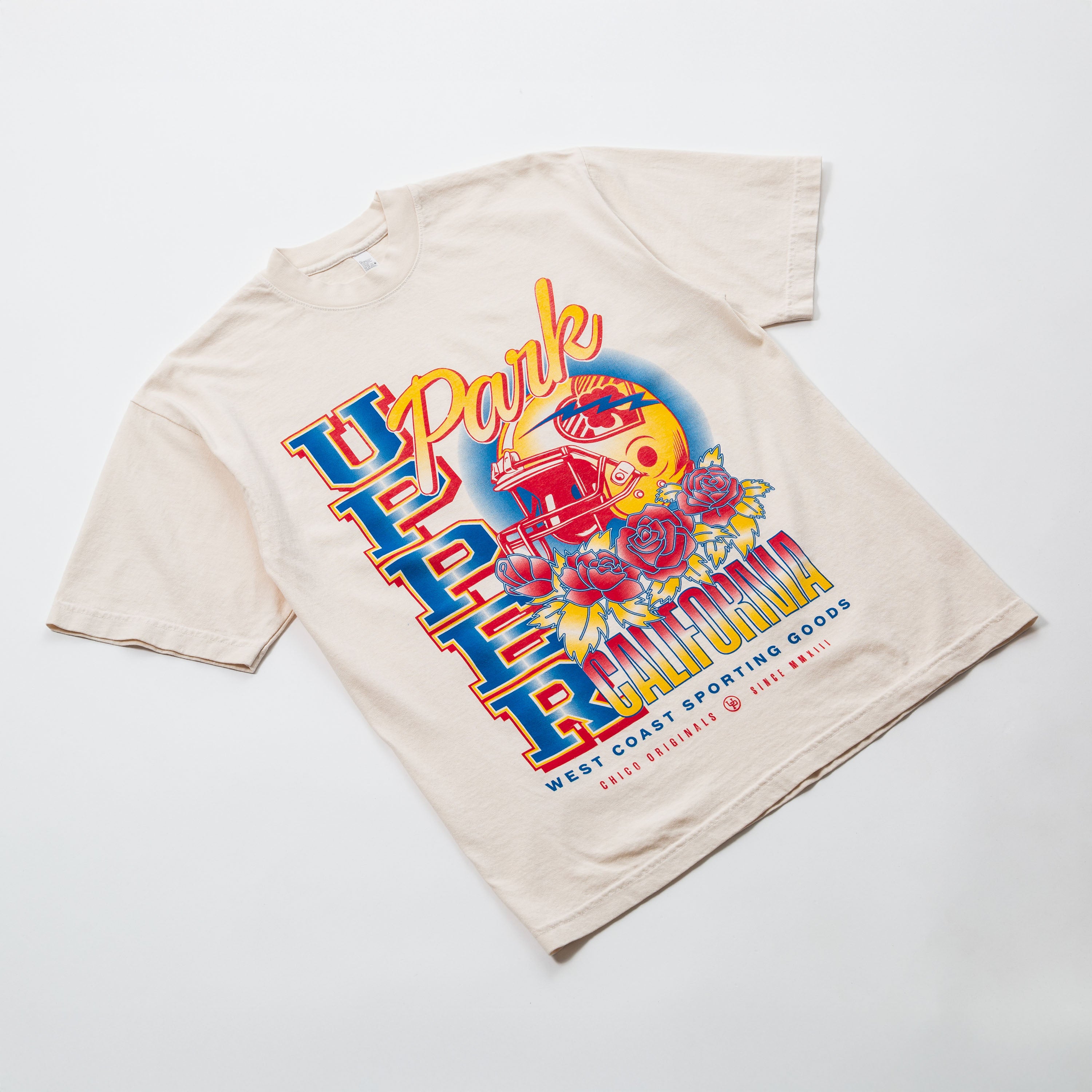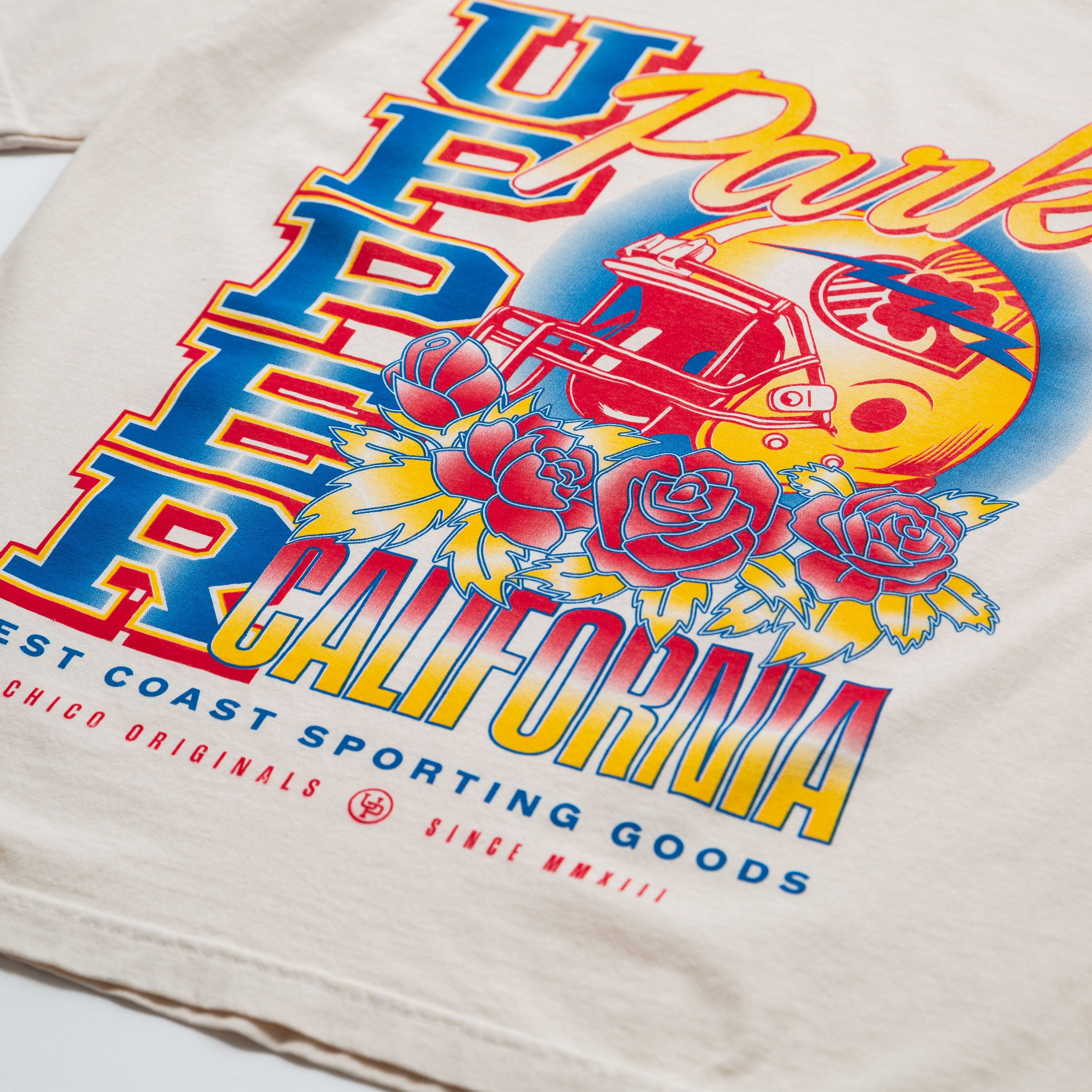Let’s Start With the Basics of a T-shirt
The classic t-shirt is a combination of a sew pattern, stitching, ribbing and fabric. All of which can be customized by fashion brands and wholesale suppliers. The most common materials include 100% cotton or a cotton blend with synthetic fibers such as polyester or rayon. The choice of fabric affects the shirt's comfort, breathability, and durability. Now let’s dive into details about the fabrics.

The Fabrics
Fabric choice is a small difference to some, but an important decision to most when buying a shirt or considering an order for custom shirts. Even subconsciously we often fill our closets with similar fabrics we are drawn to. Let’s get down to it with some of the most common fabrics for shirts.
- Cotton: Soft, breathable, and comfortable. Cotton shirts are absorbent and suitable for warm weather. However, they may wrinkle easily.
- Polyester: Durable, wrinkle-resistant, and quick-drying. Polyester is often blended with other fibers to enhance performance.
- Rayon (Viscose): Soft and silky, with a smooth drape. Rayon can mimic the feel of natural fibers and is breathable, making it suitable for various shirt styles.
- Linen: Lightweight, breathable, and has a natural texture. Linen shirts are ideal for hot weather but may wrinkle easily.
- Blends (Cotton-Polyester, Cotton-Spandex, etc.): Combining the benefits of different fibers. For example, cotton-polyester blends offer a balance of comfort and durability, while cotton-spandex blends provide stretch.
- Jersey: Characteristics: A knit fabric often made from cotton or a cotton blend. It has a slight stretch and is commonly used for casual and athletic shirts.
- Flannel: A soft and warm fabric, often made from cotton or a cotton blend. Flannel shirts are comfortable for cooler weather.
- Chambray: Similar to denim but lighter. Chambray is a plain-weave fabric, typically made from cotton, and is commonly used for casual shirts.
- Poplin (Broadcloth): A tightly woven fabric with a smooth texture. Poplin shirts are versatile and can be dressed up or down.
- Oxford Cloth: Durable and slightly textured. Oxford shirts are often used for casual or business casual attire.
With this many options it does get confusing. And with each of these fabrics there are different kinds of wash and care methods. Even when screen printing and decorating these different types of fabrics we have to alternate our production processes.

Cotton Vs Heather?
Deciding between a 100% cotton or a heather blended shirt is the common question from our customers. But what are the key differences?
100% Cotton
Cotton is a natural fiber obtained from the seed hairs of the cotton plant (Gossypium). It is one of the most widely used and important natural fibers in the textile industry. Since cotton shirts are completely natural they are biodegradable.
Key Characteristics of Cotton Shirts
- Solid color
- Shrinks more
- Wrinkles more
- Stains easier
Heather Blend
A mix of cotton and polyester. Polyester is a synthetic or man-made fiber material. Its technical name is polyethylene terephthalate (PET) and it is a kind of plastic that is made from chemical compounds.
Key Characteristics of Heather Blend Shirts
- Noticeably speckled color
- Shrinks less
- Wrinkles less
- Stretchable
- Slippery touch
Making Your Choice
It’s important to consider all of these key characteristics when deciding on your fabric choice and combine them with your personal preferences or your audience's preferences if making a custom shirt order. Think about the use case. Are these shirts for sports, running or performance? Or are you looking for a vintage fashionable style?
Lets Get Custom
Do you or your company need custom headwear and apparel? We have been dialing in our custom headwear and apparel for the past 10 years to offer our clients exactly what they need. Contact us to get started.



